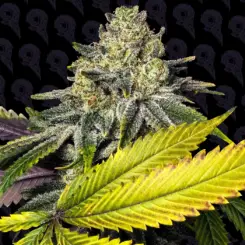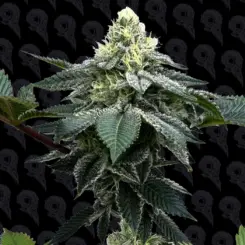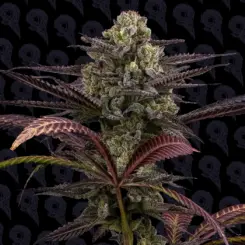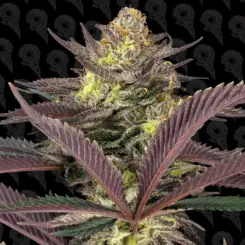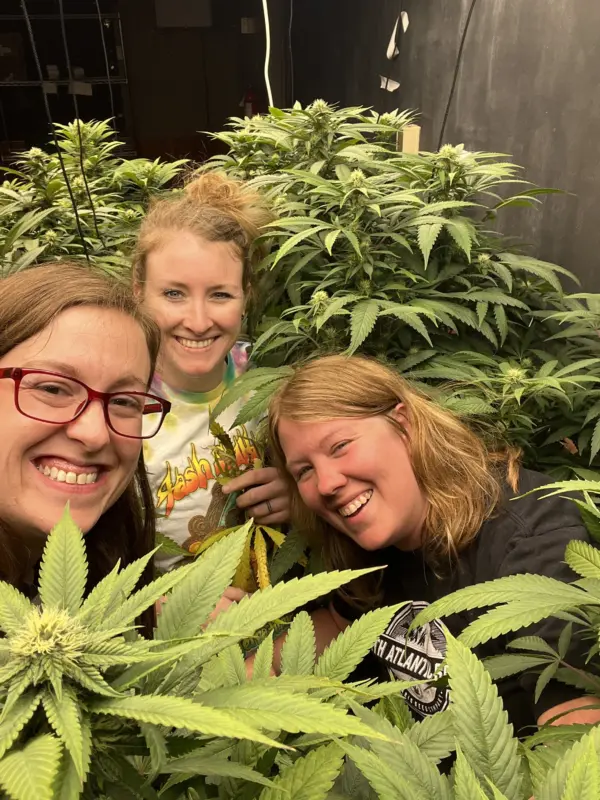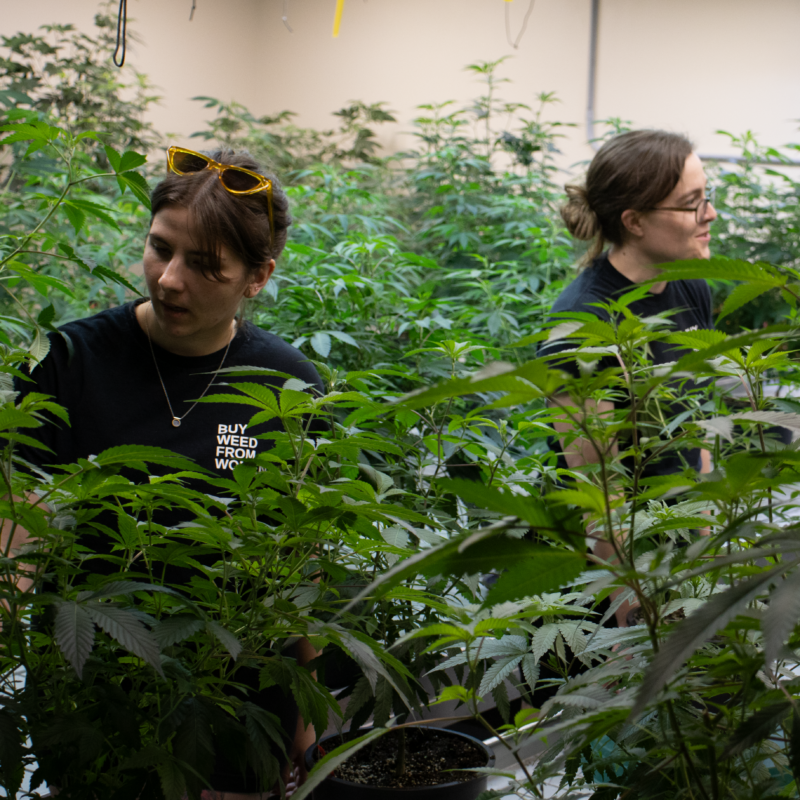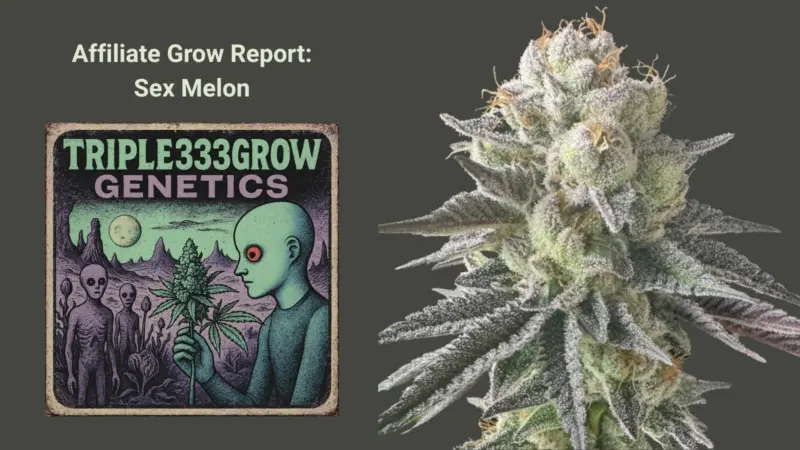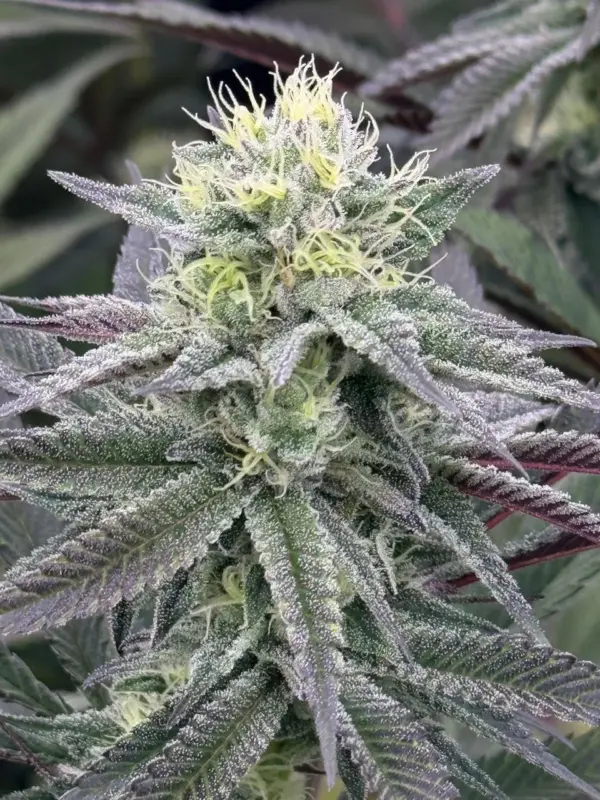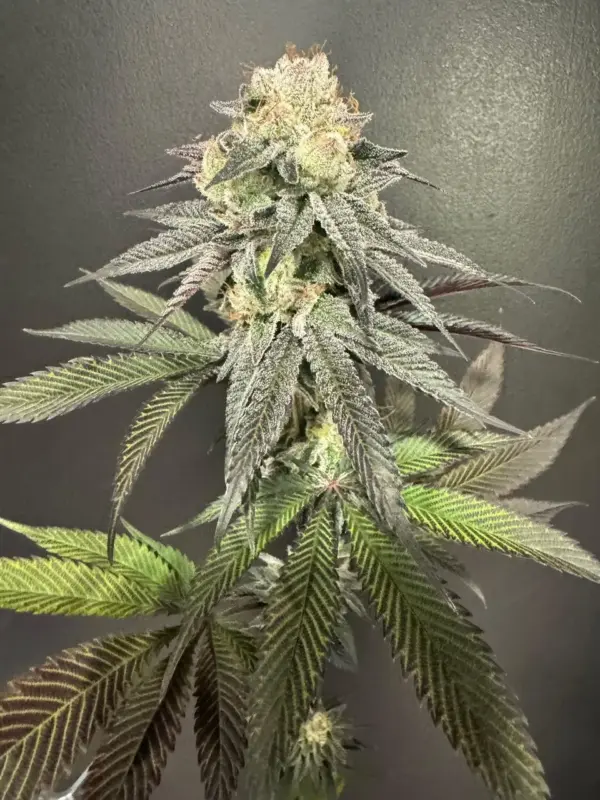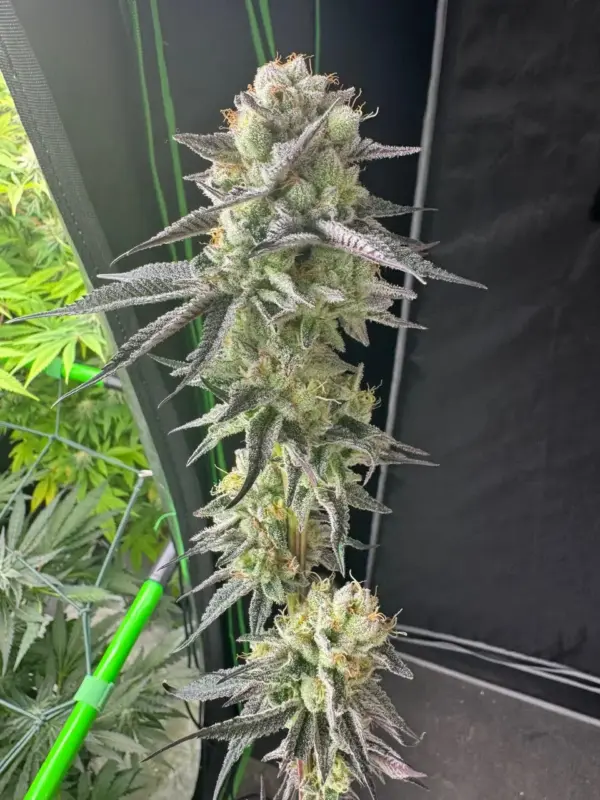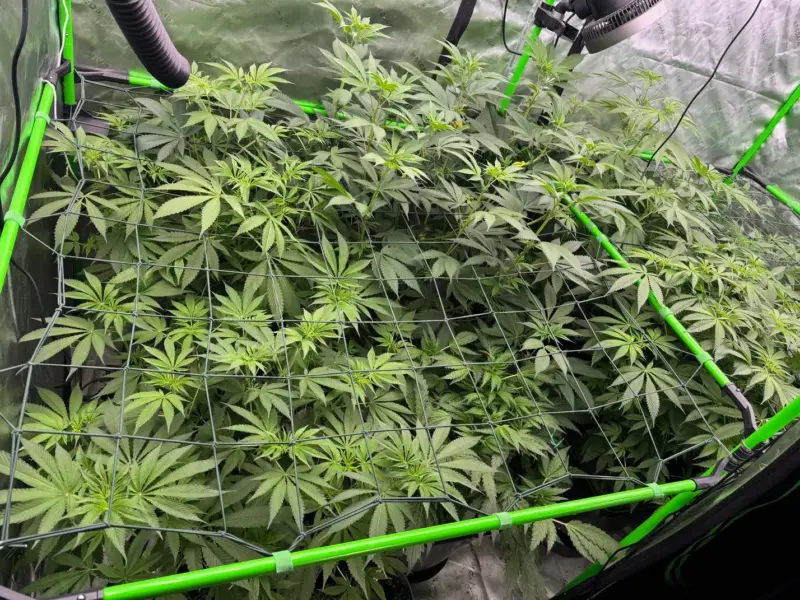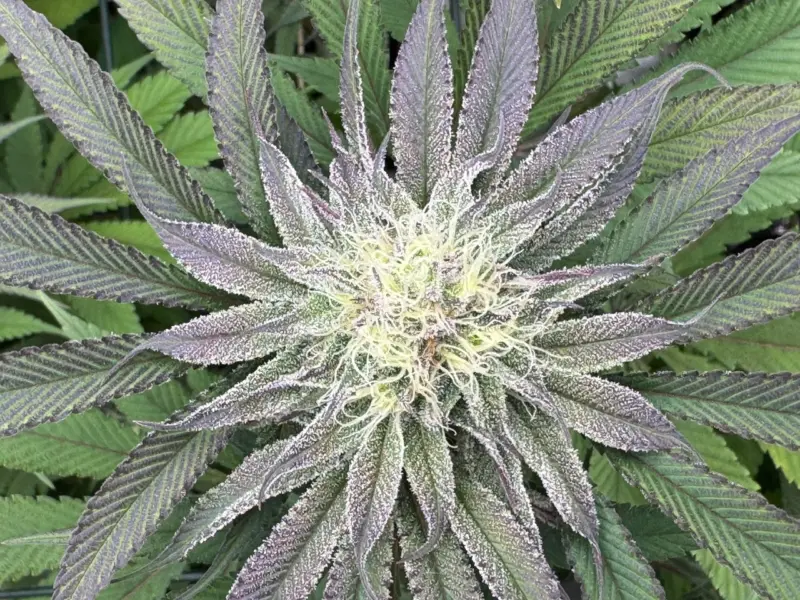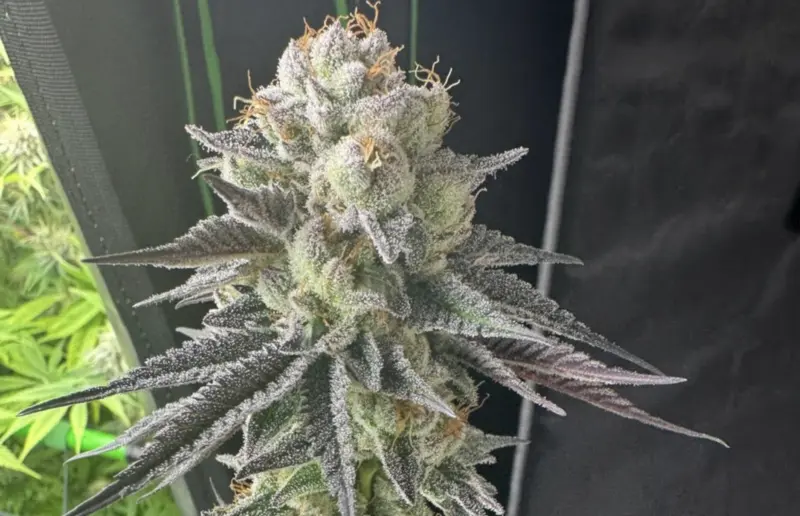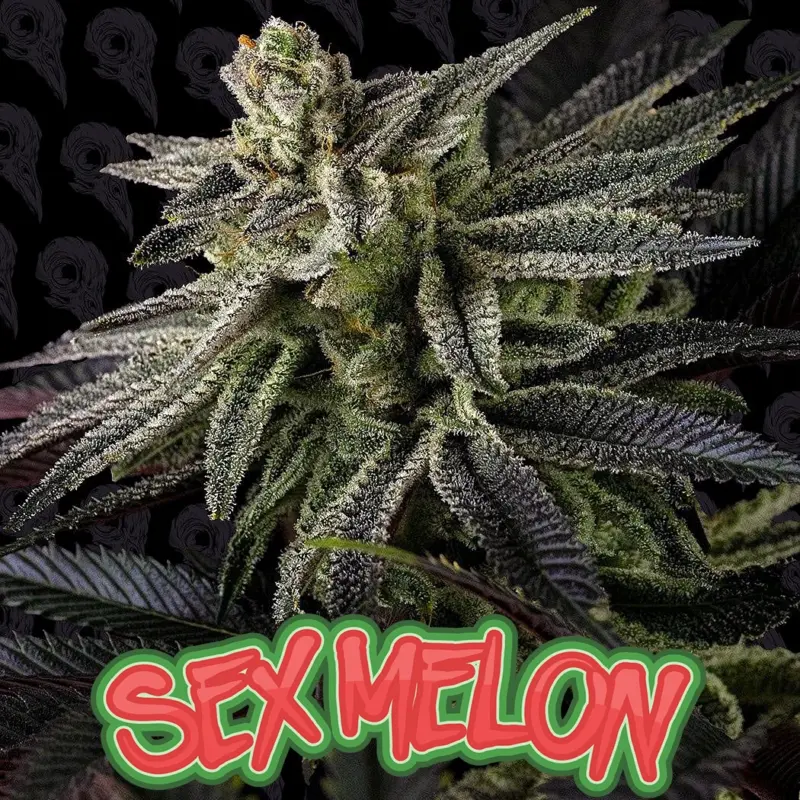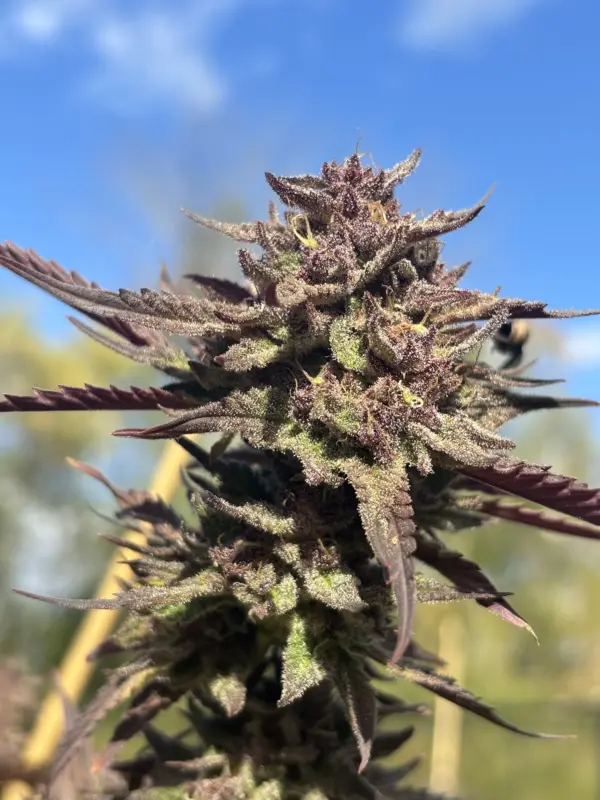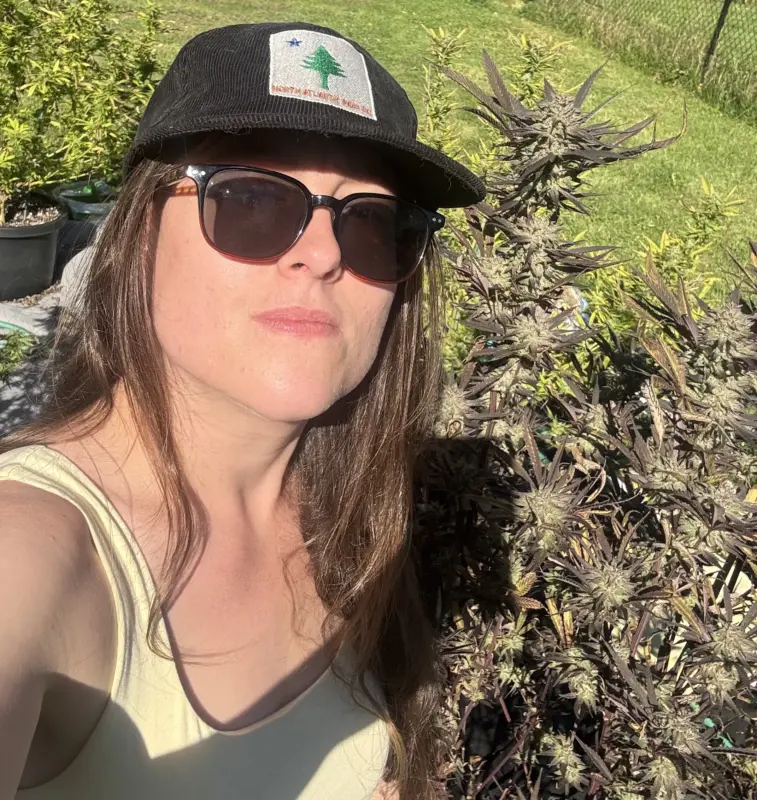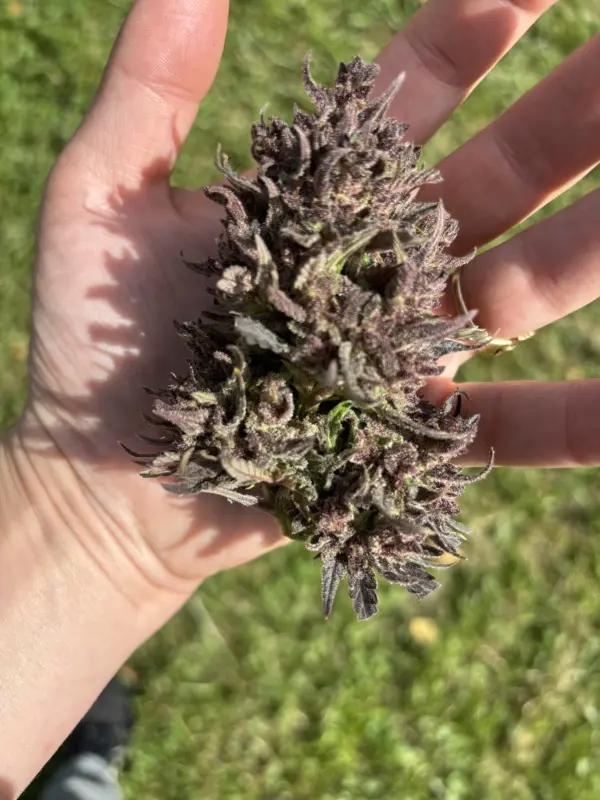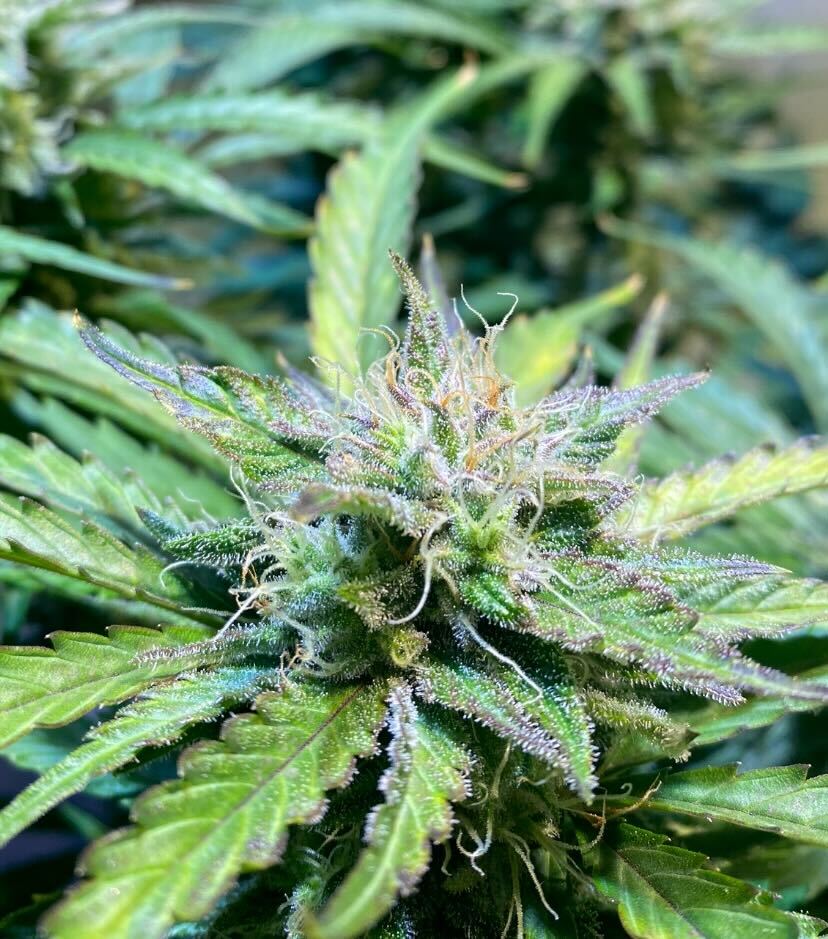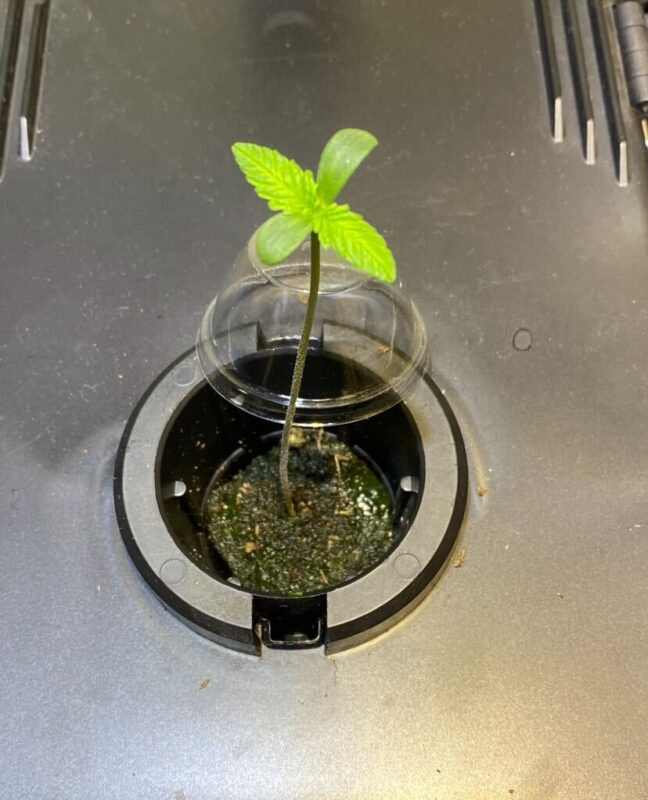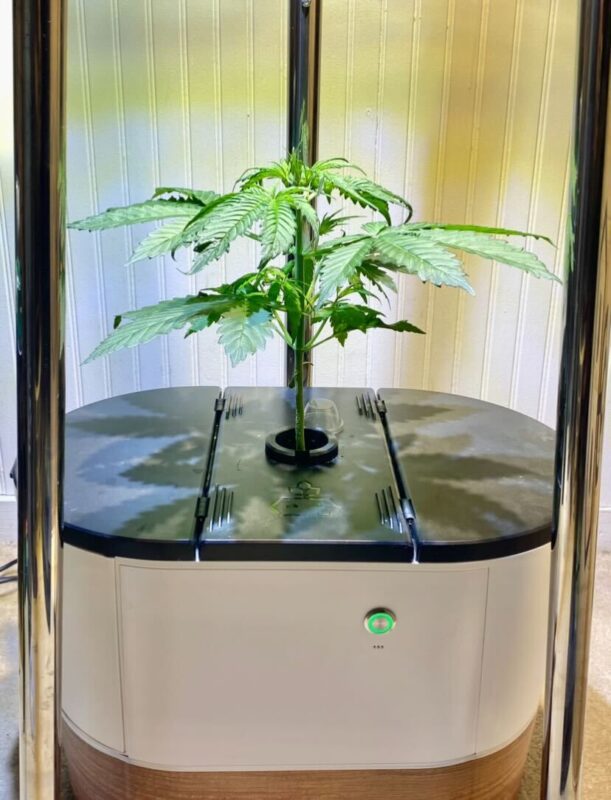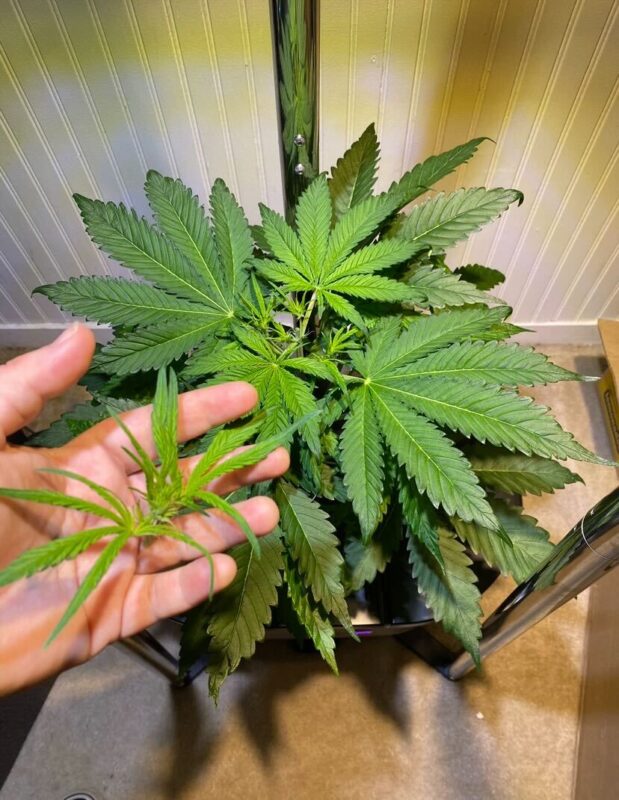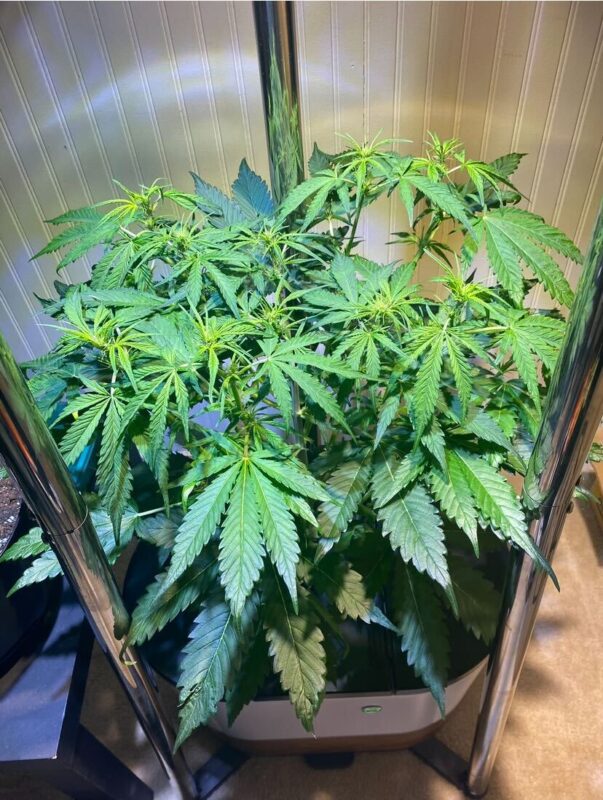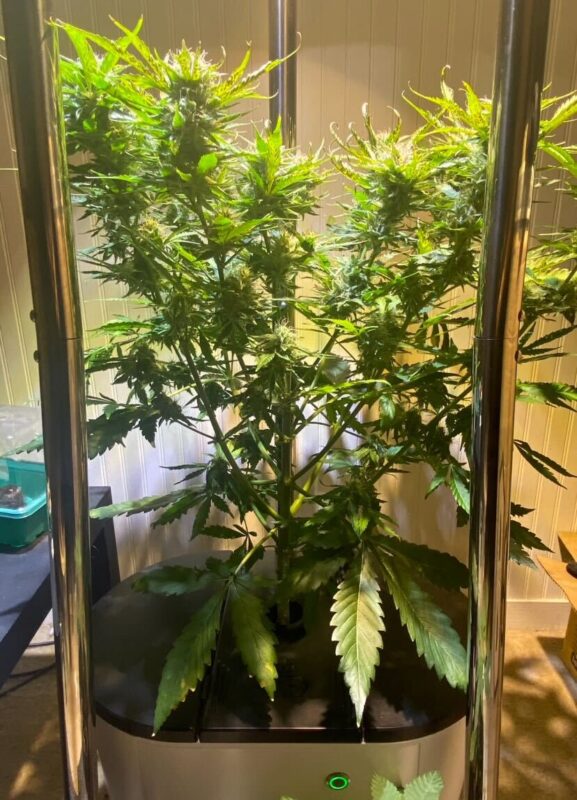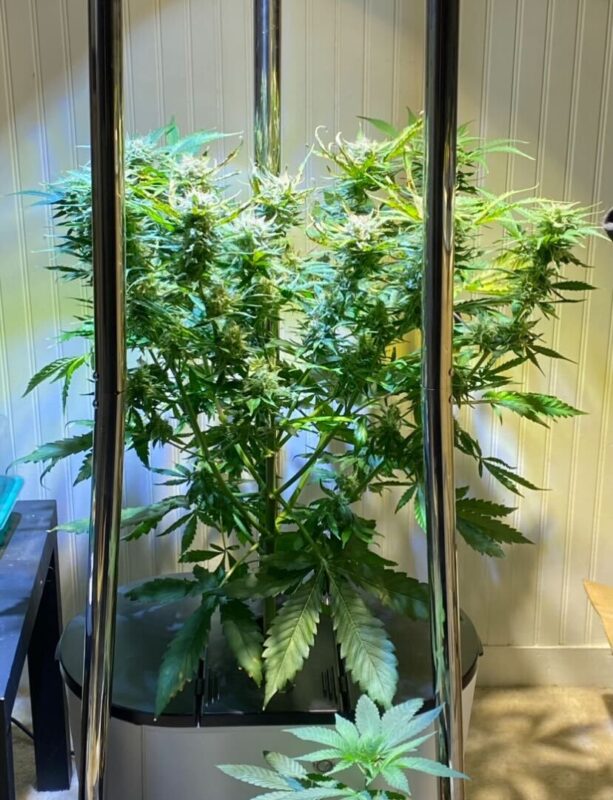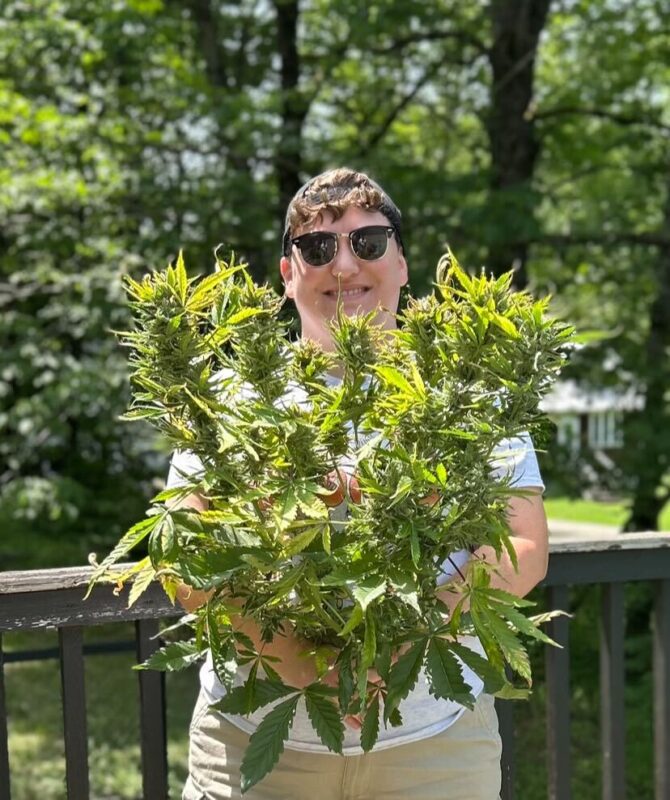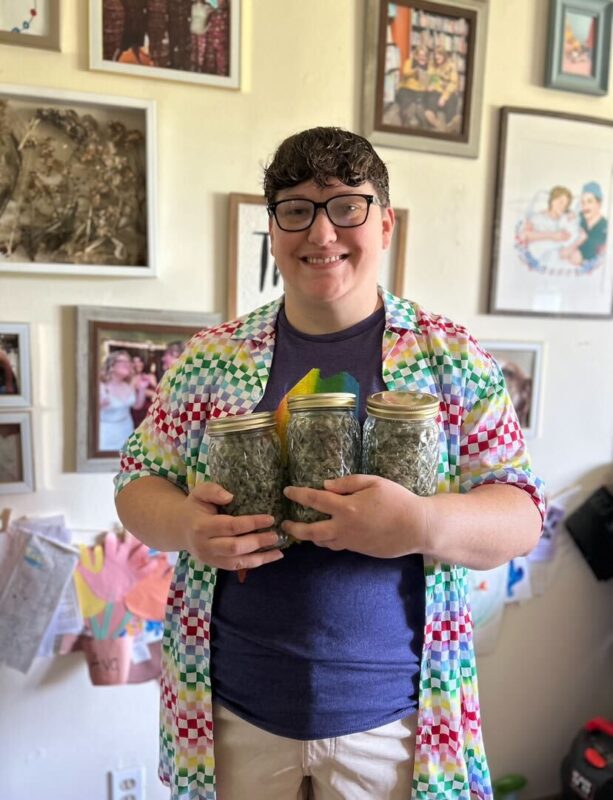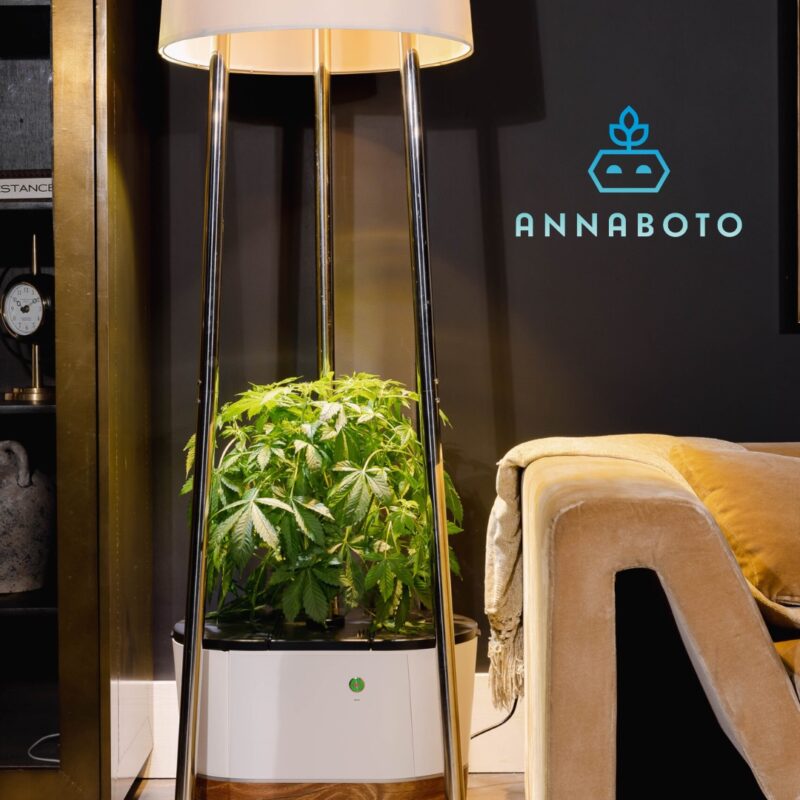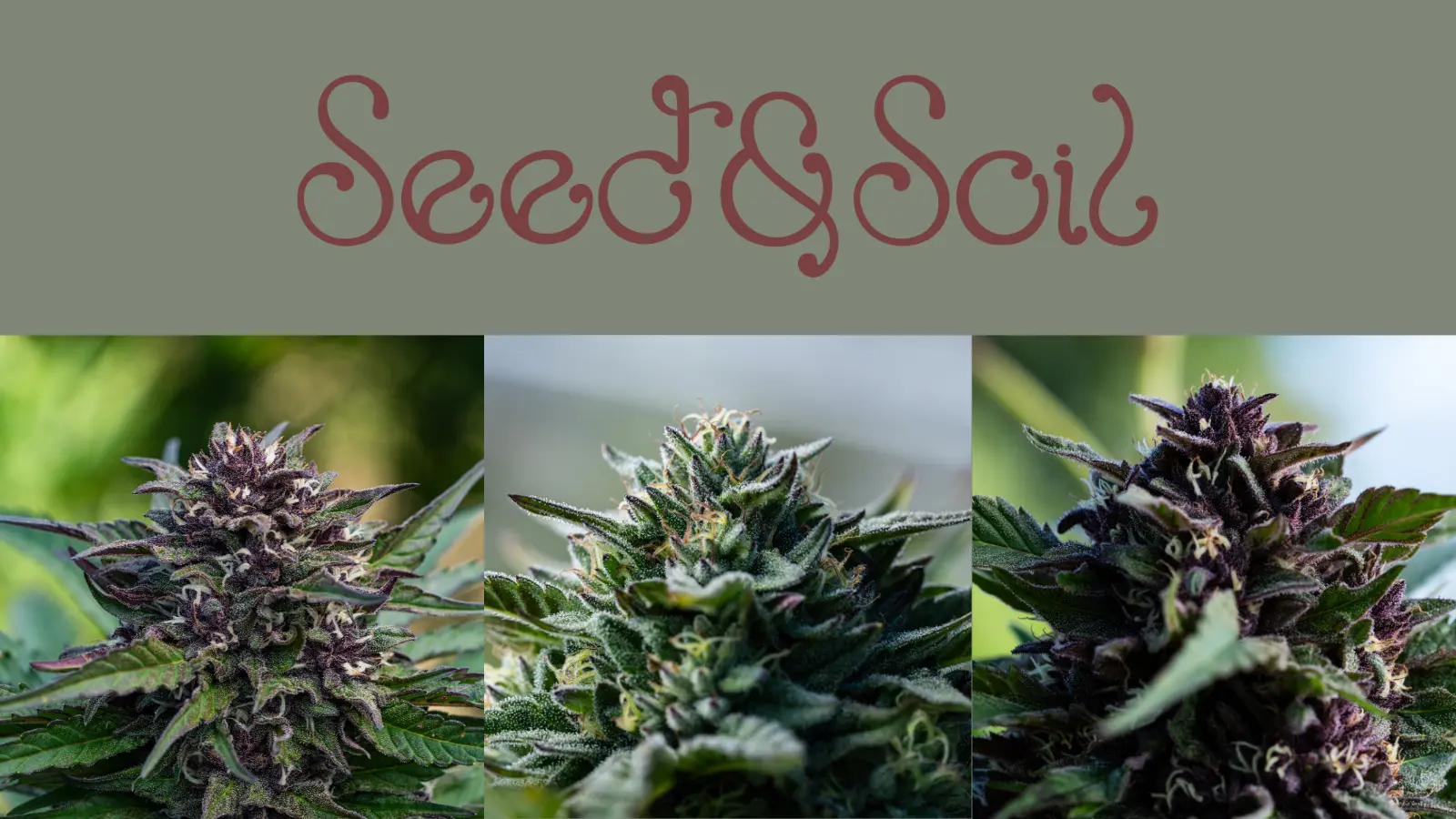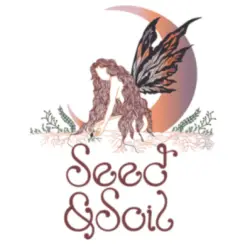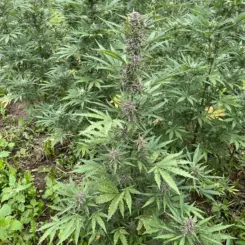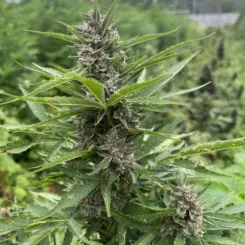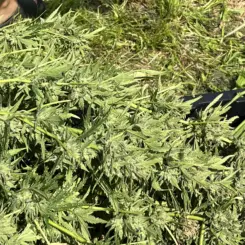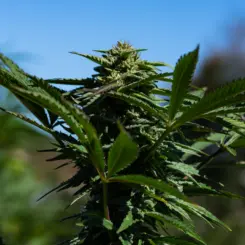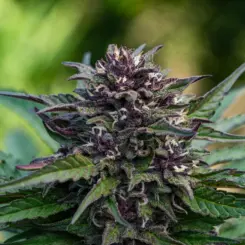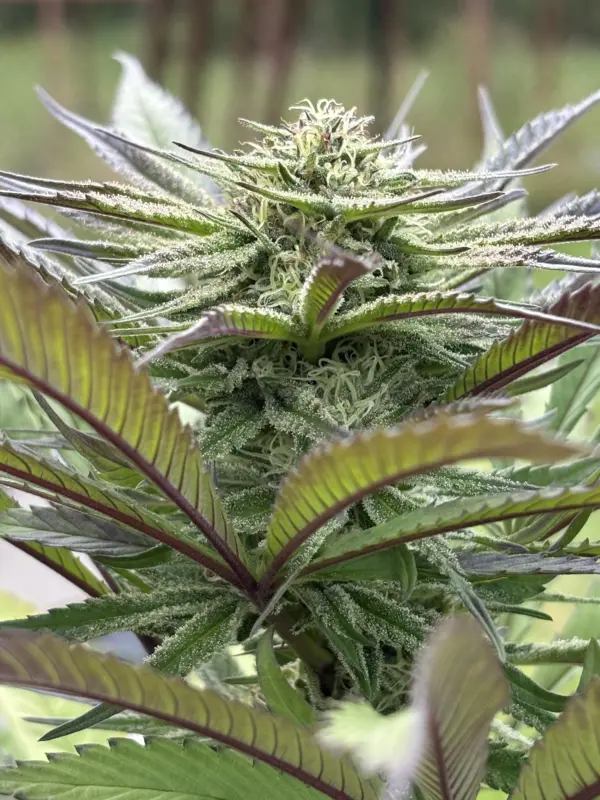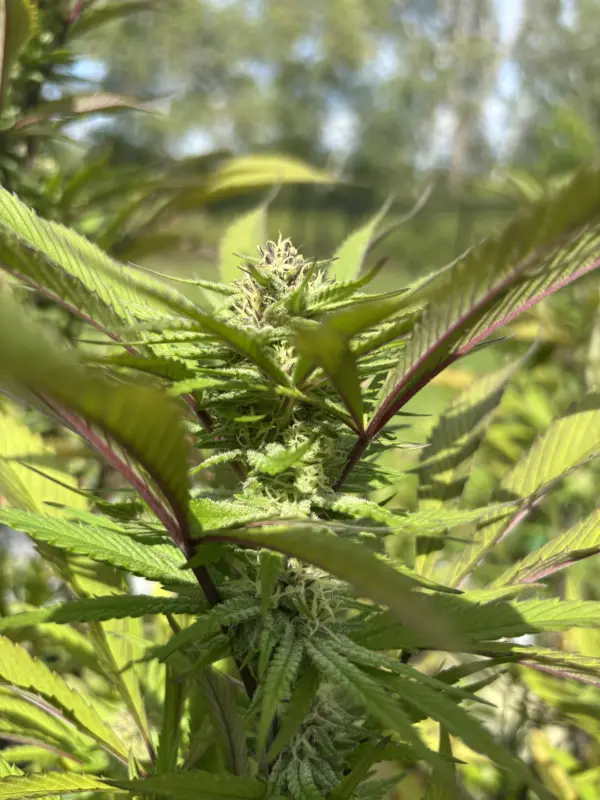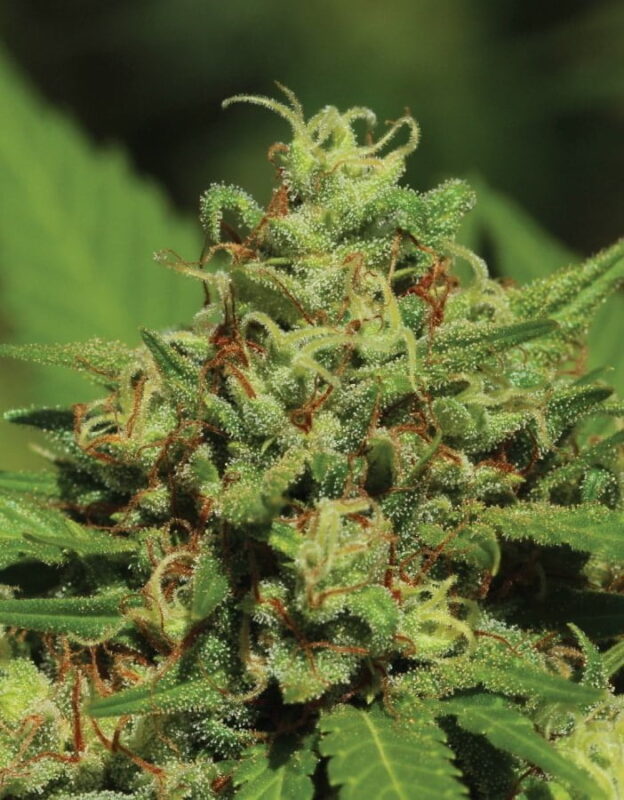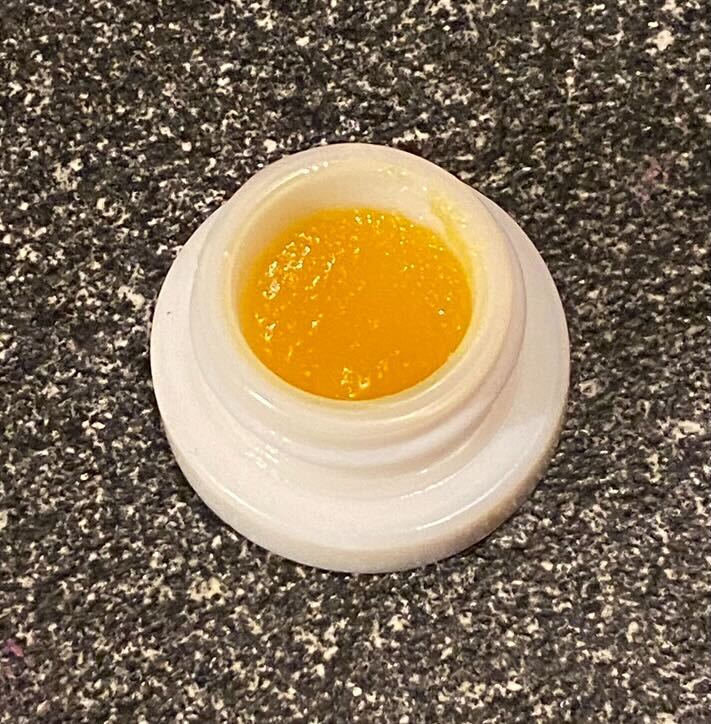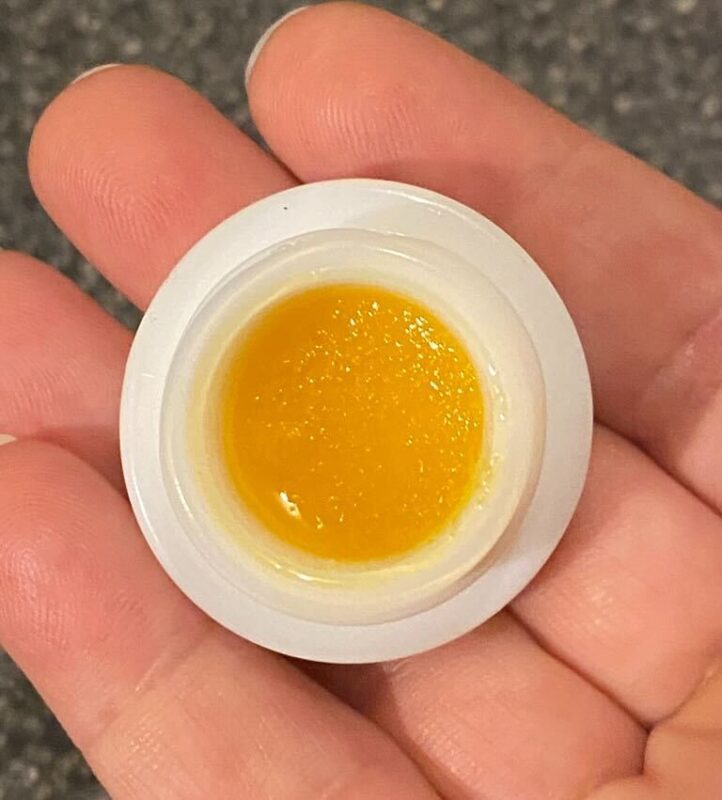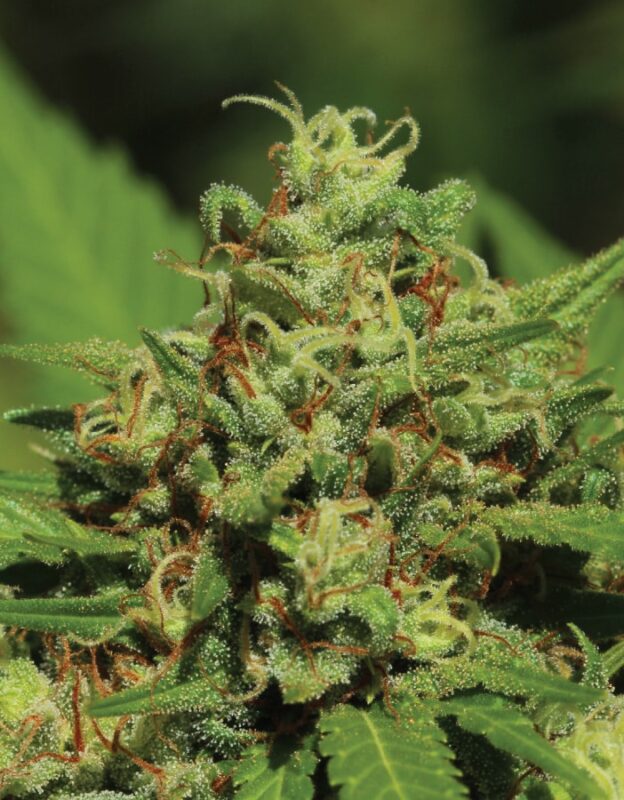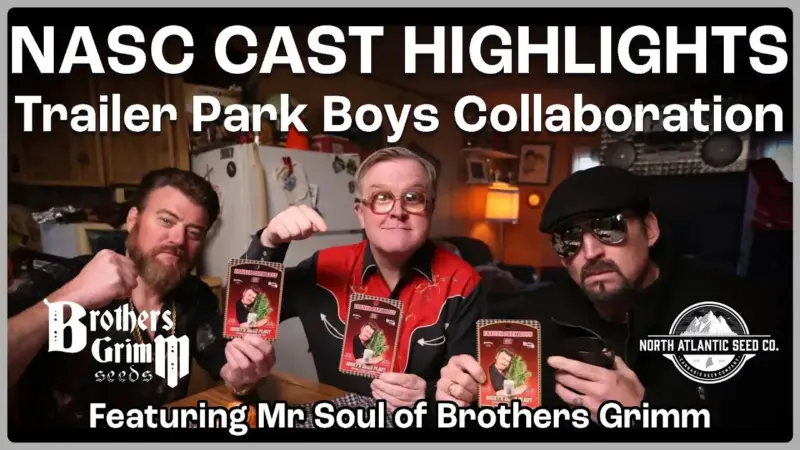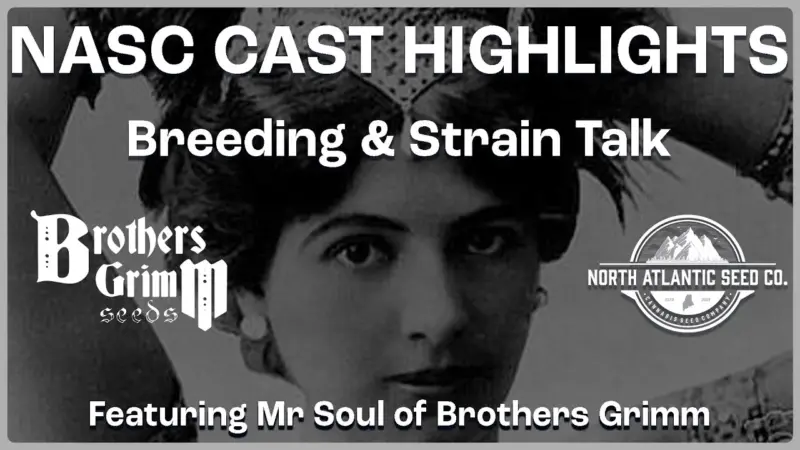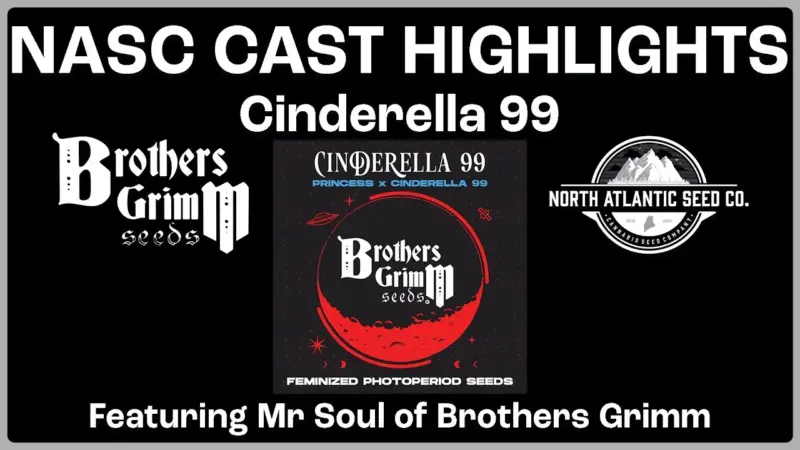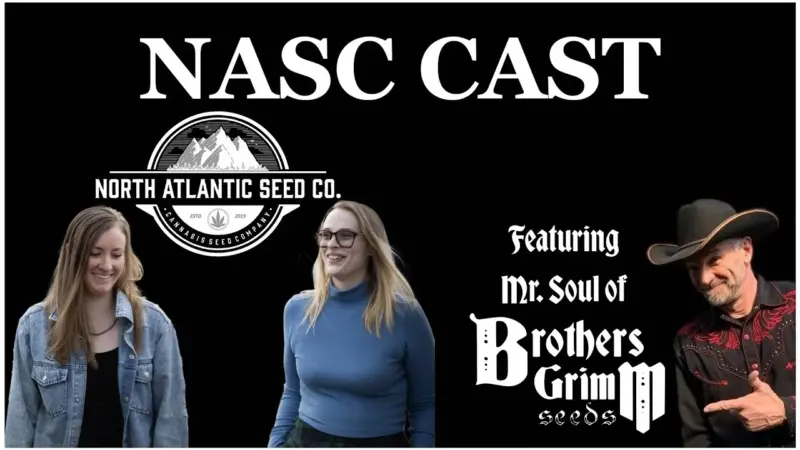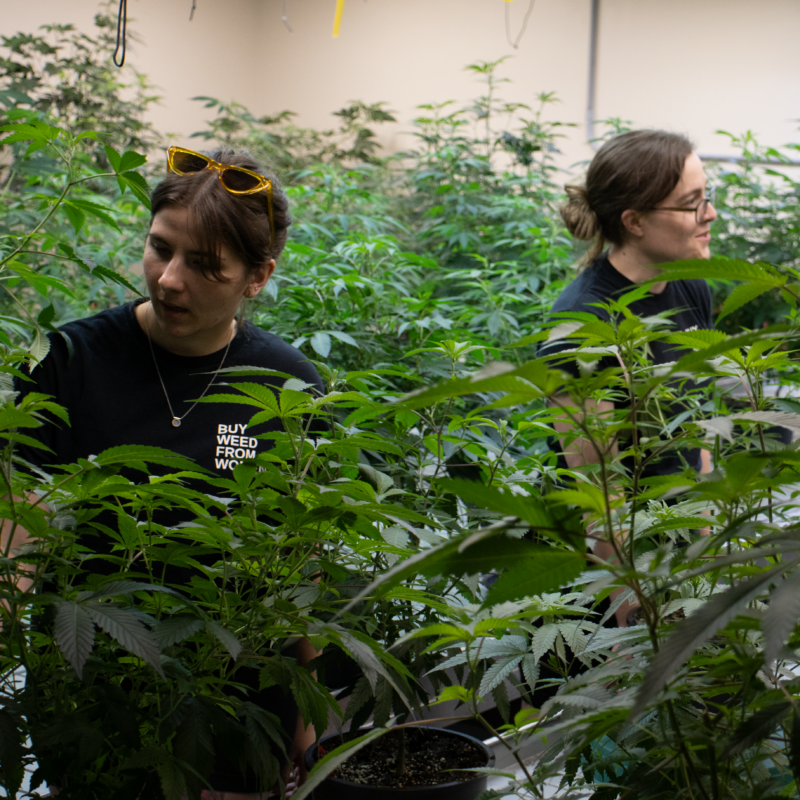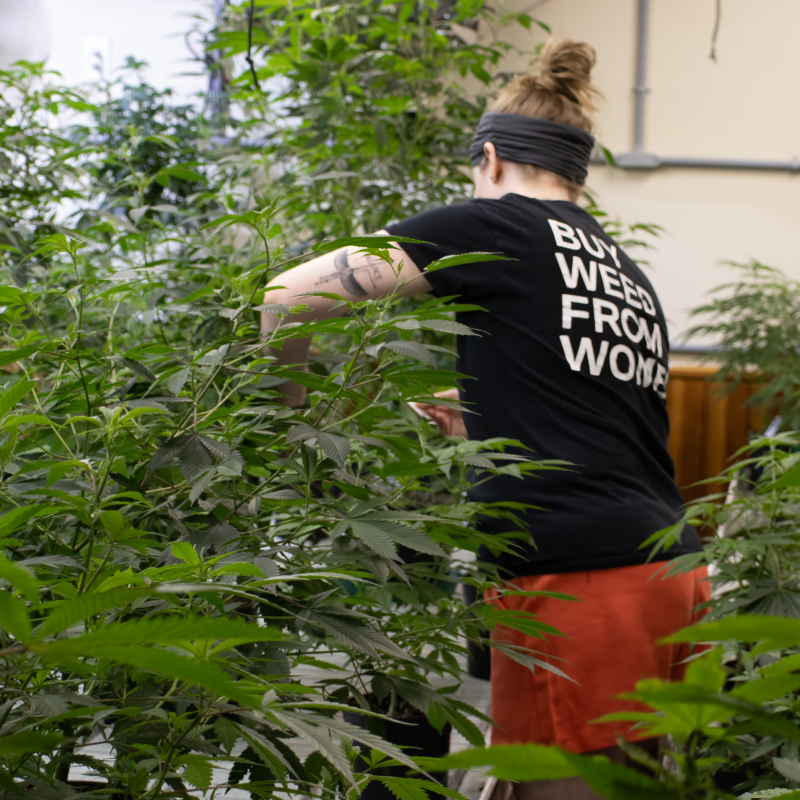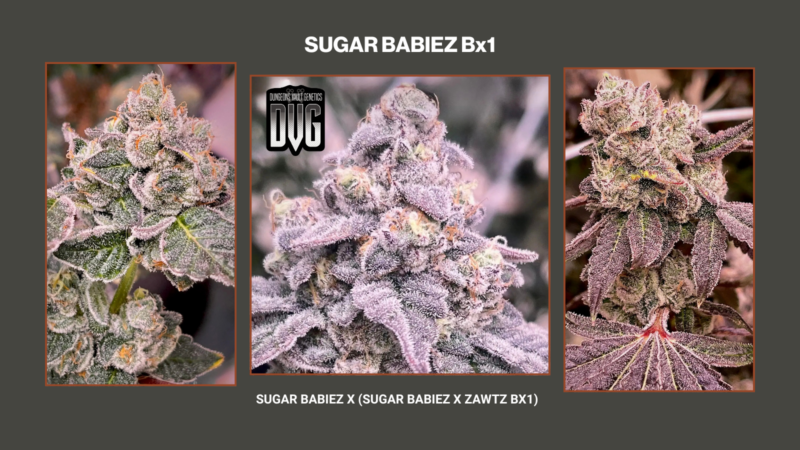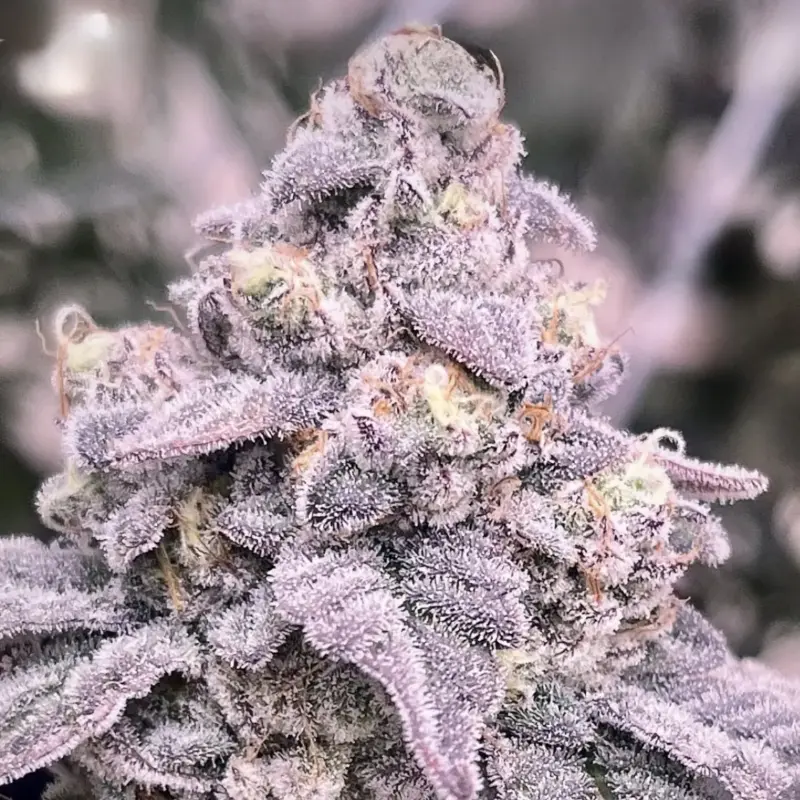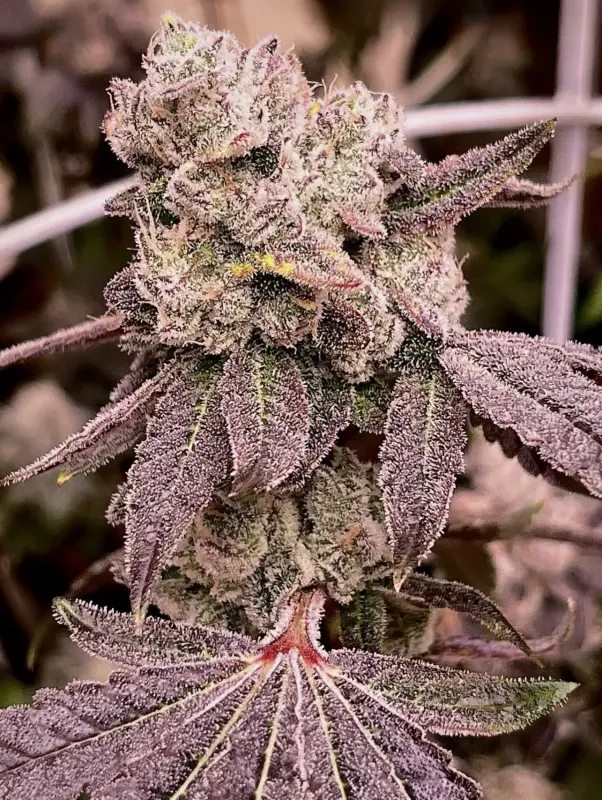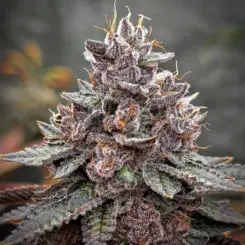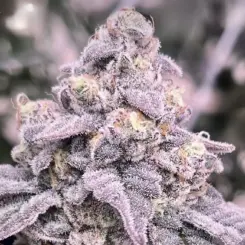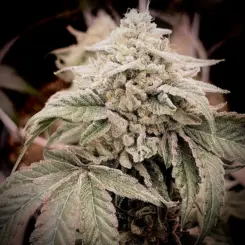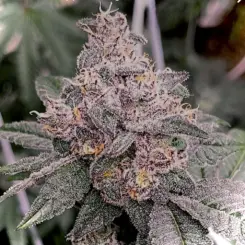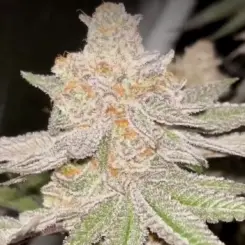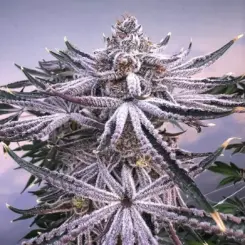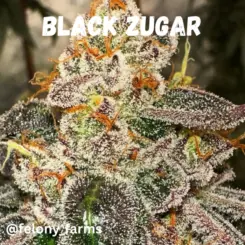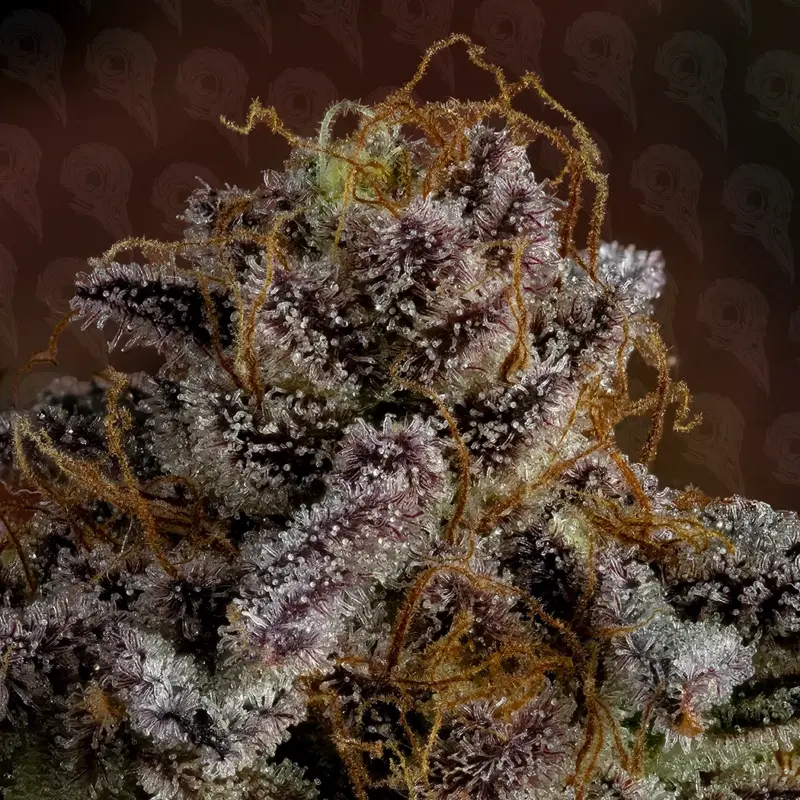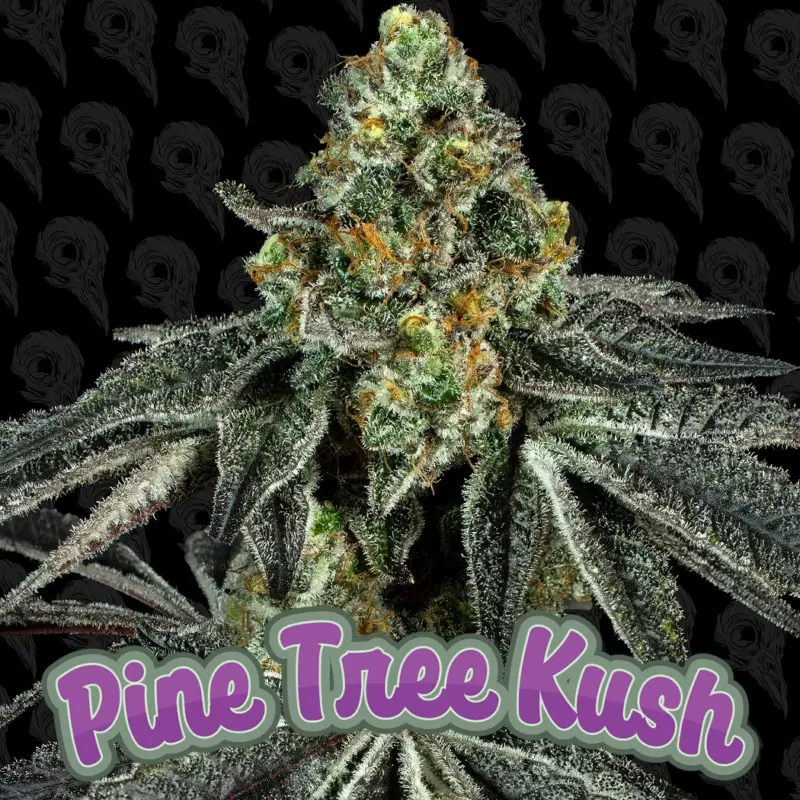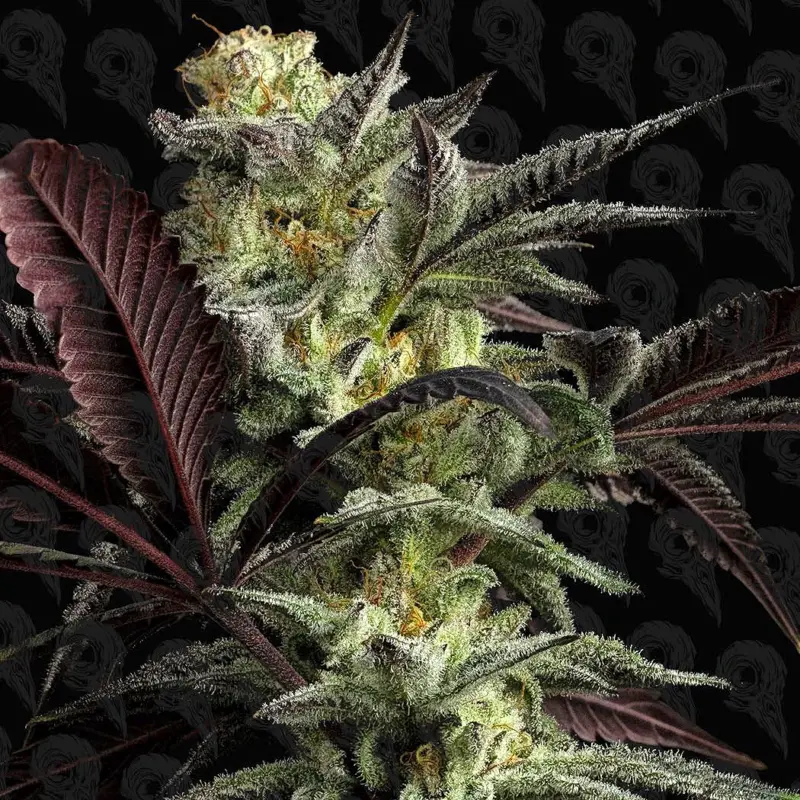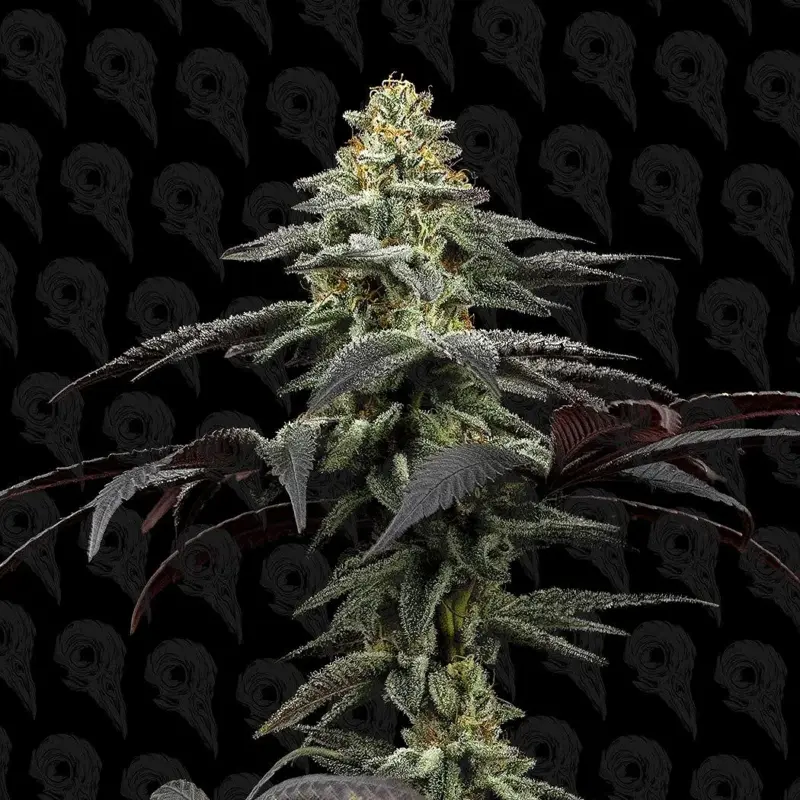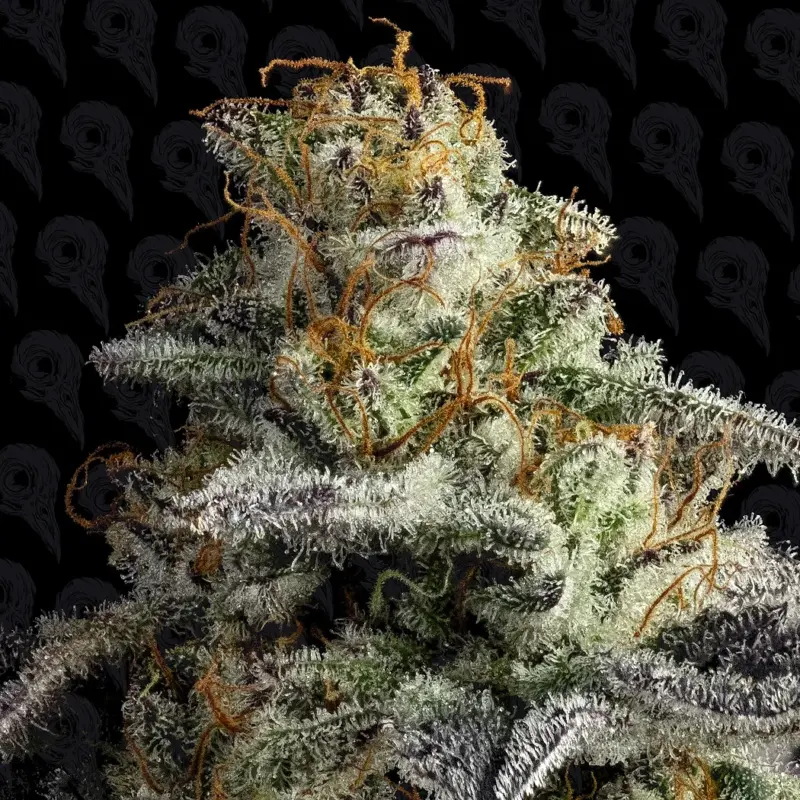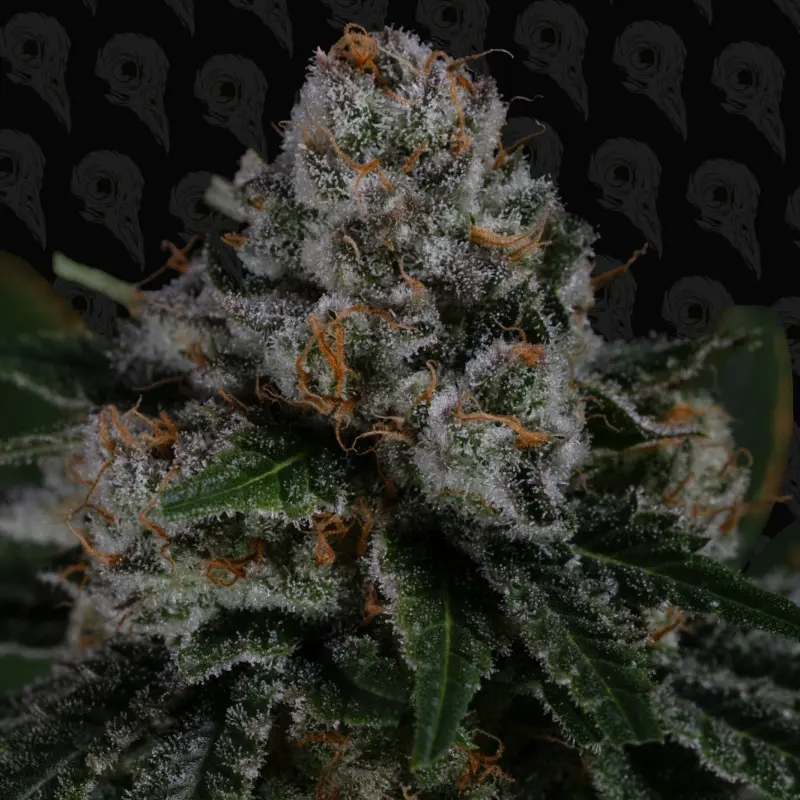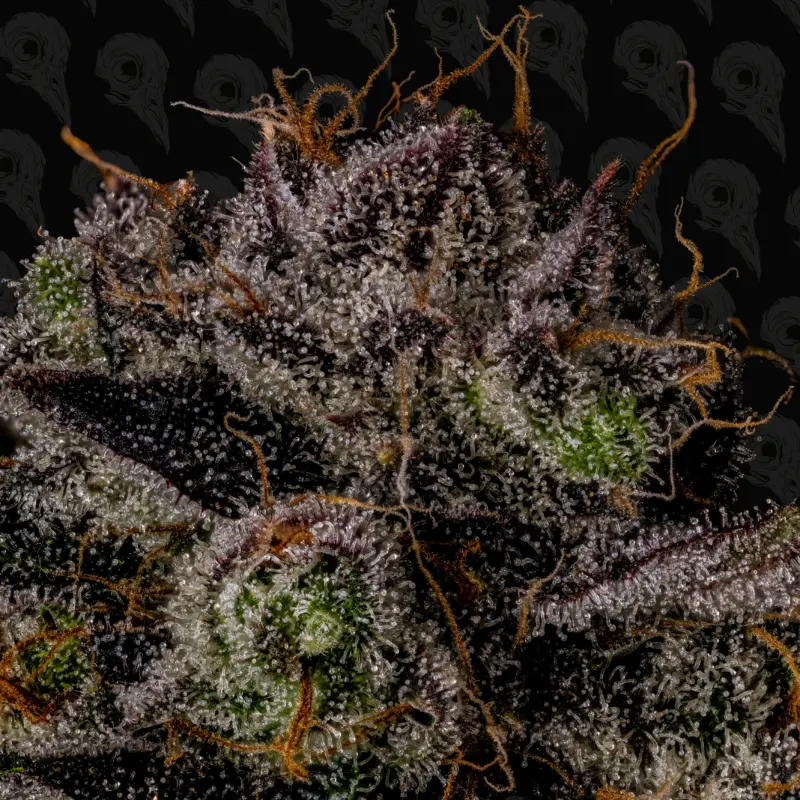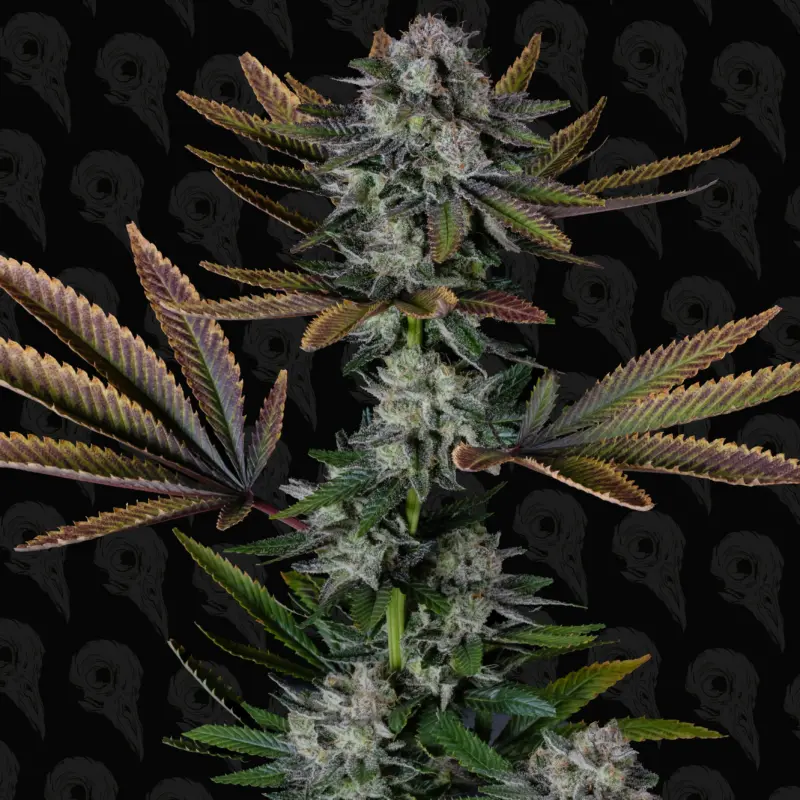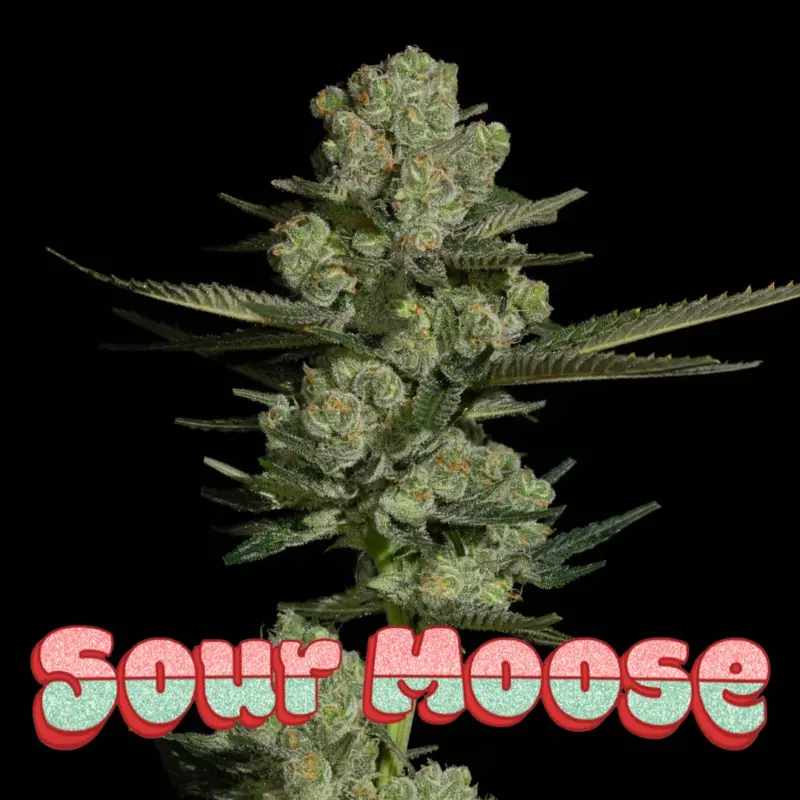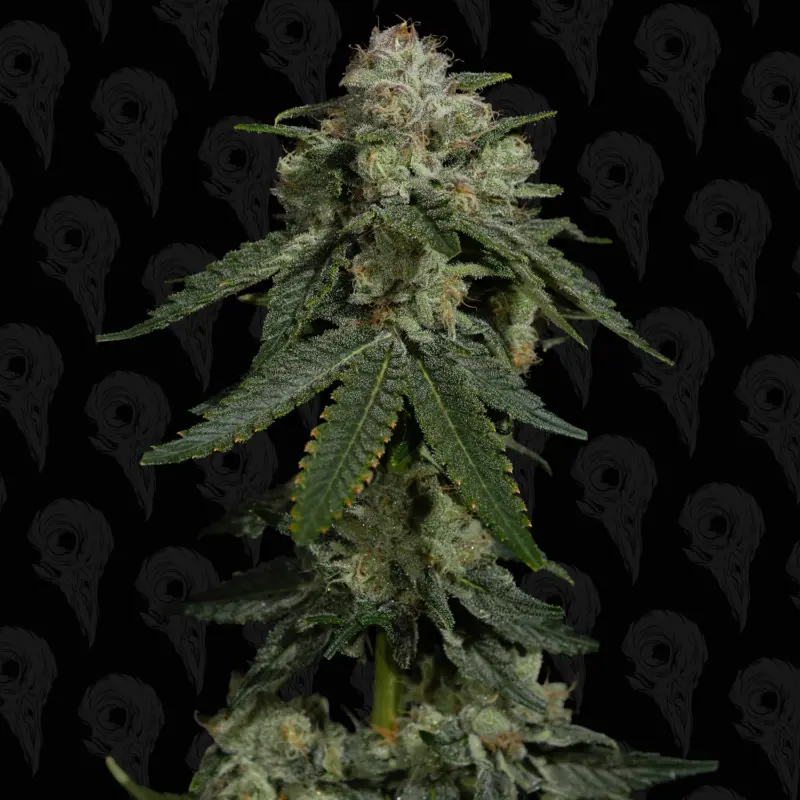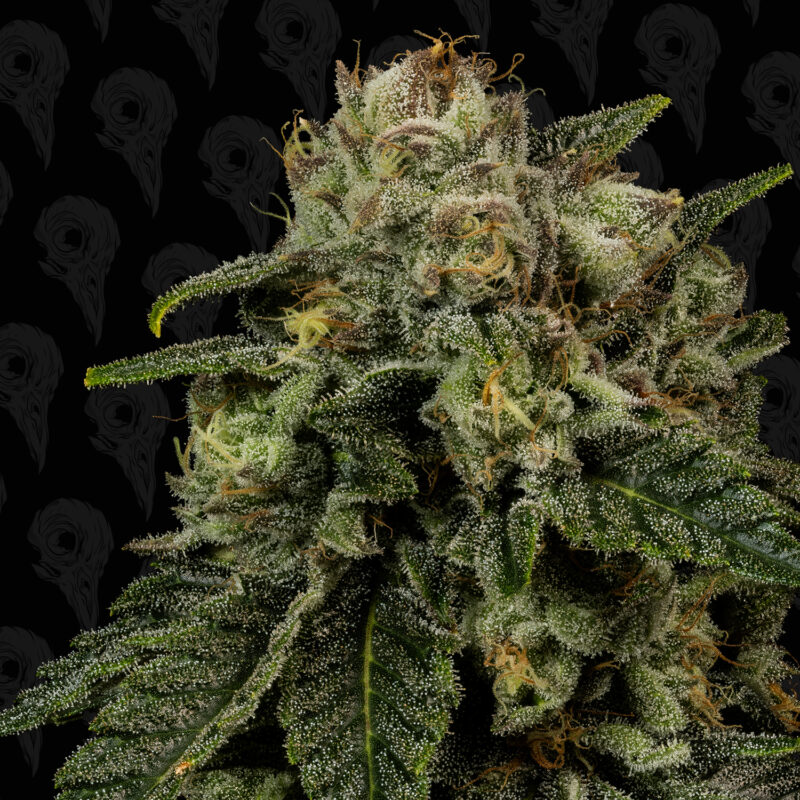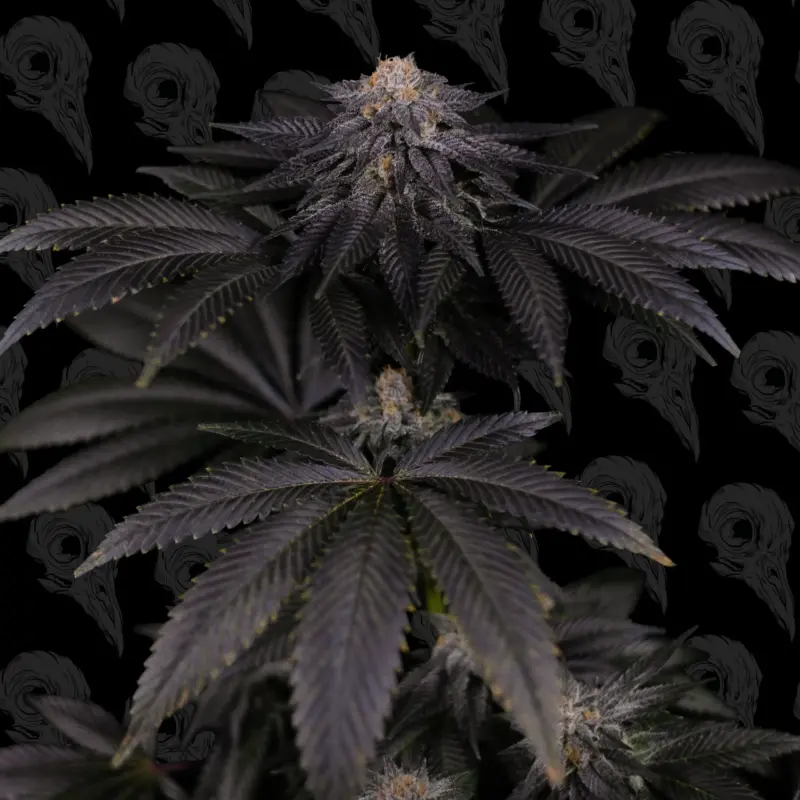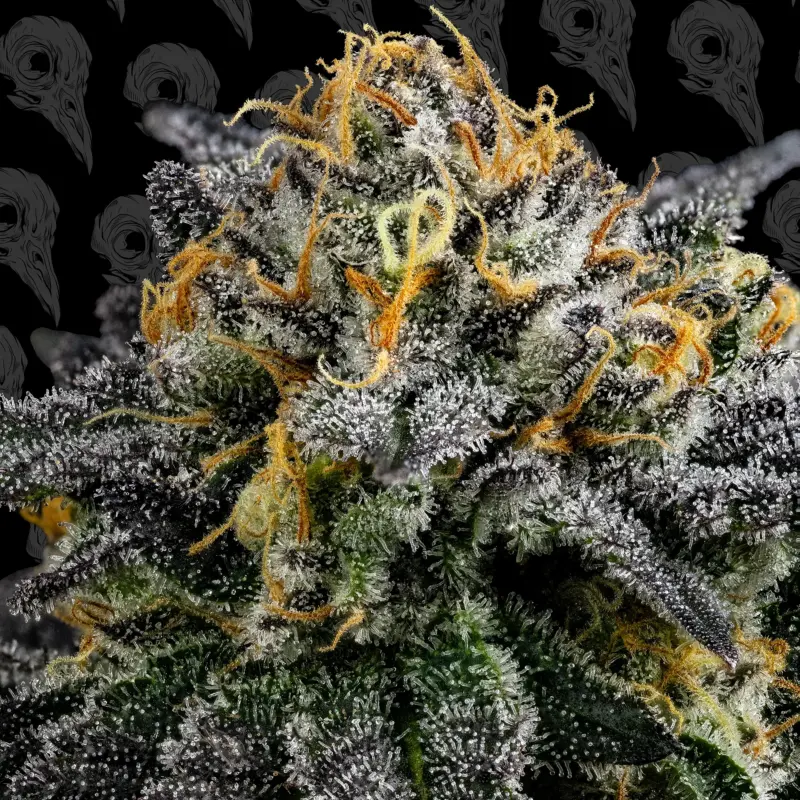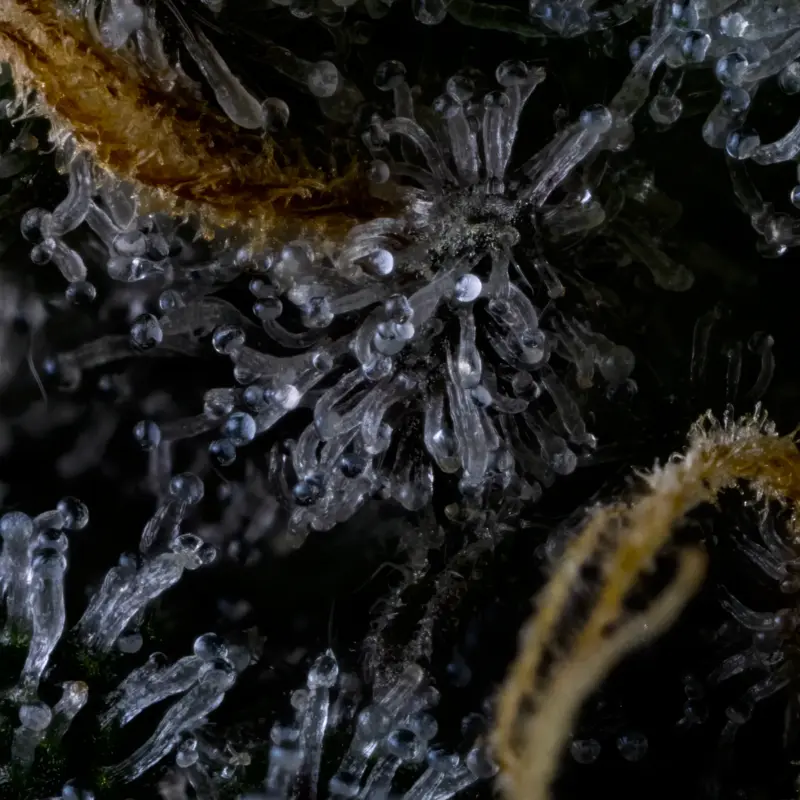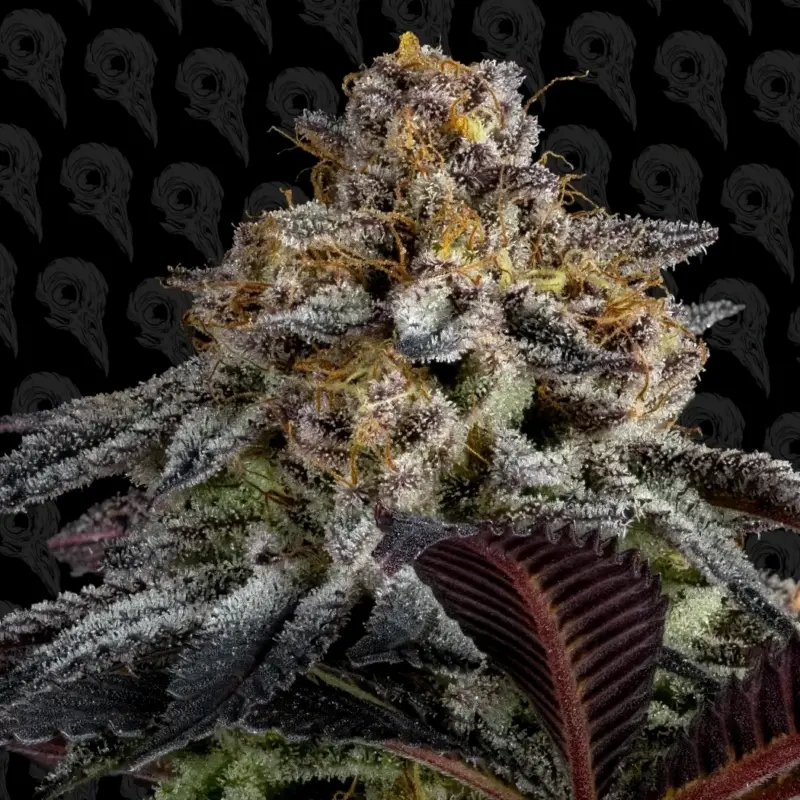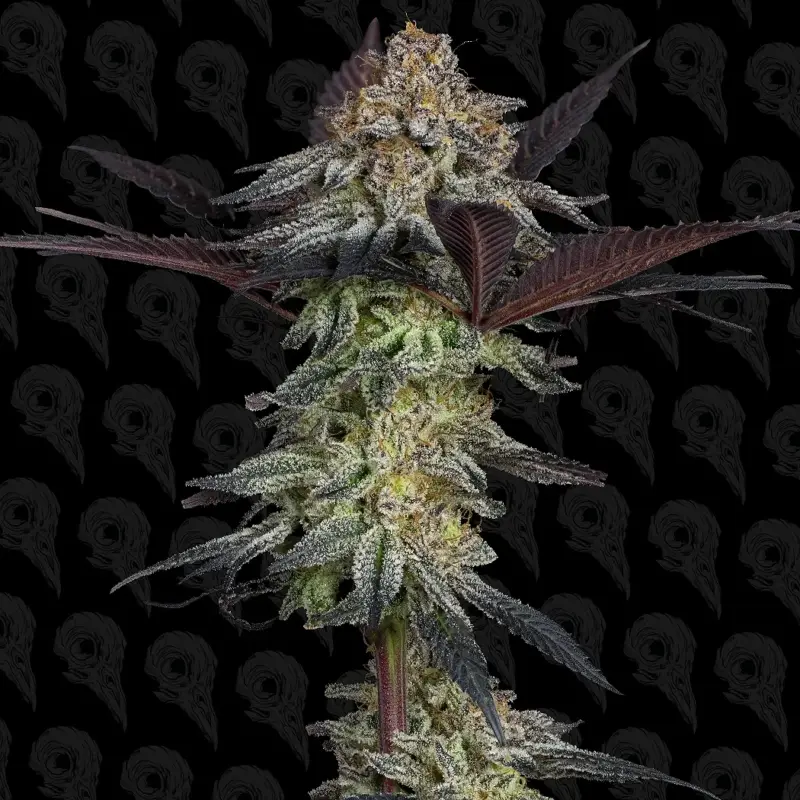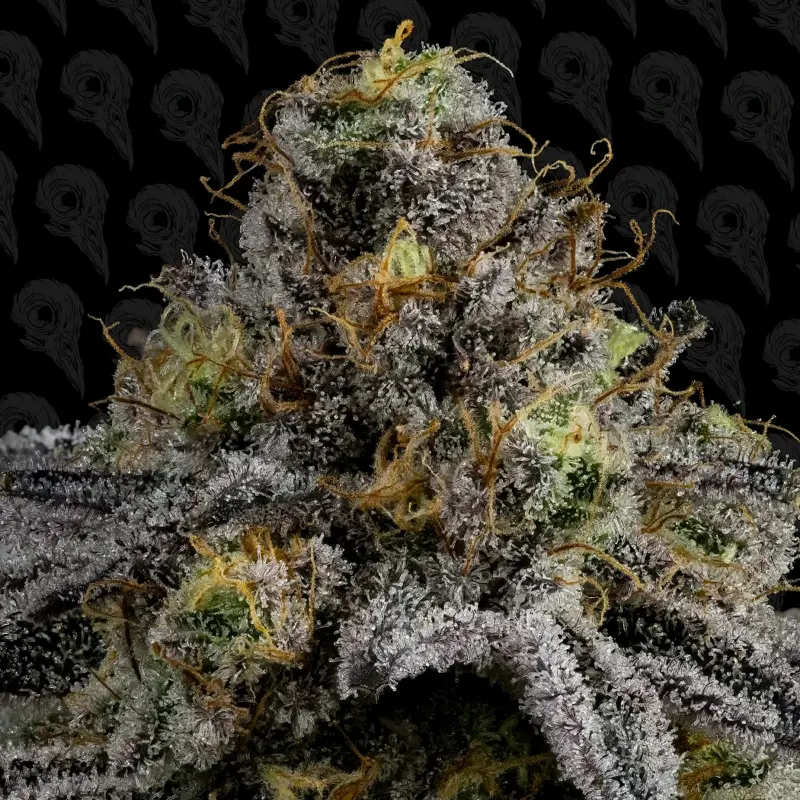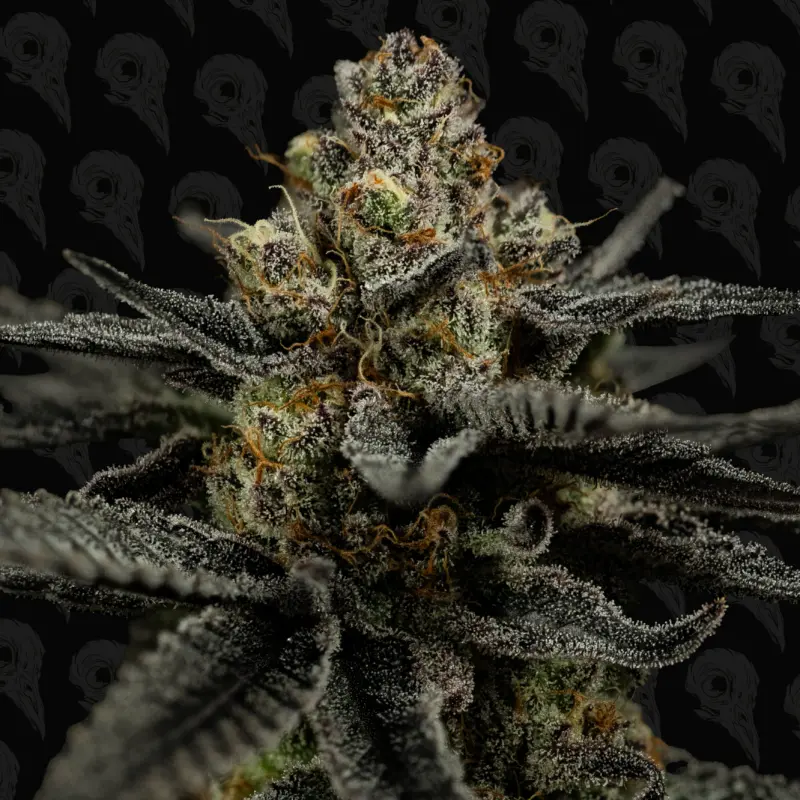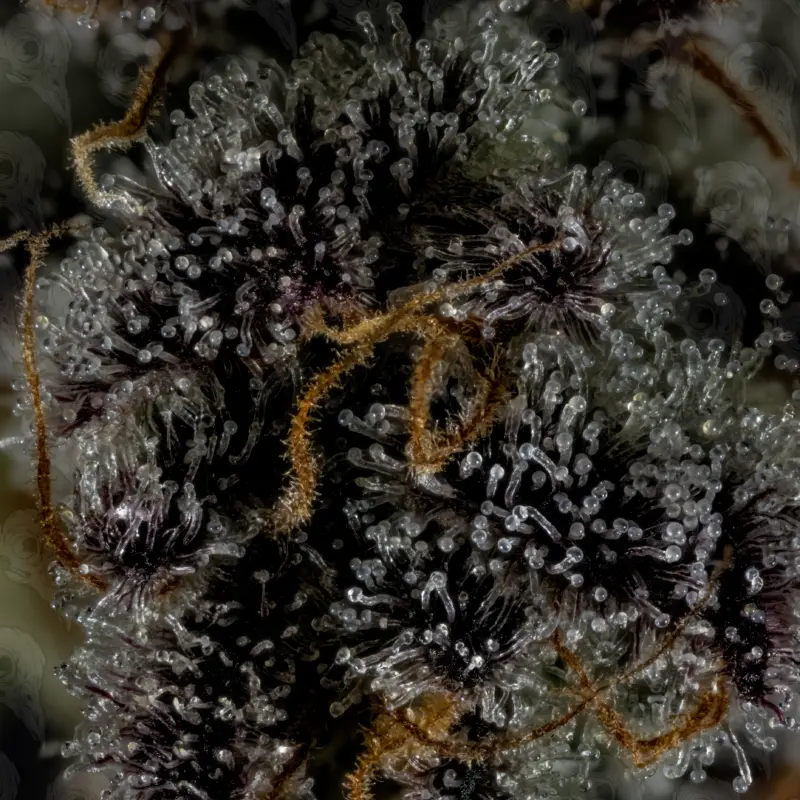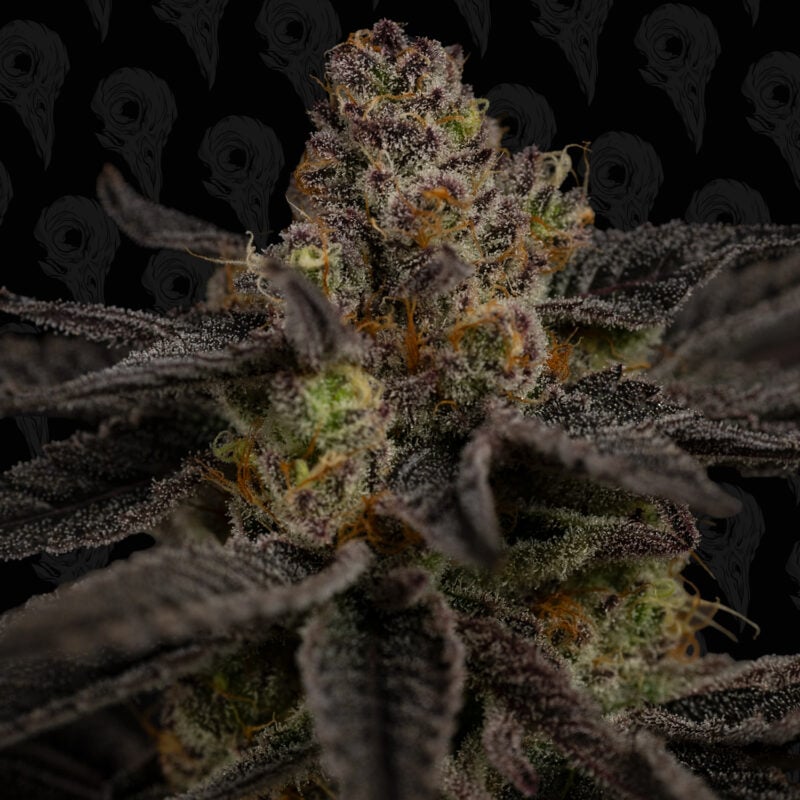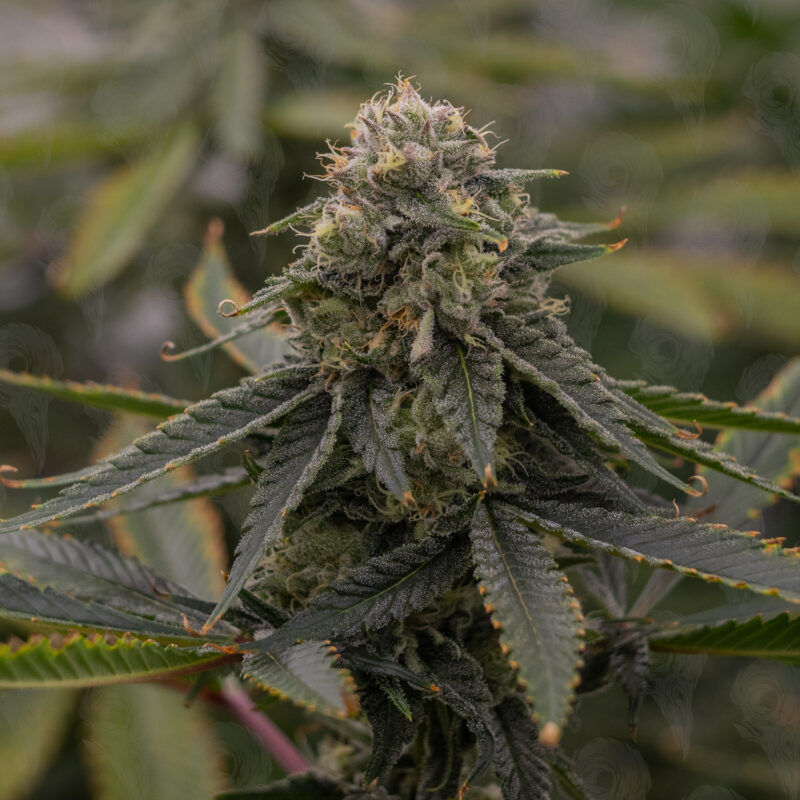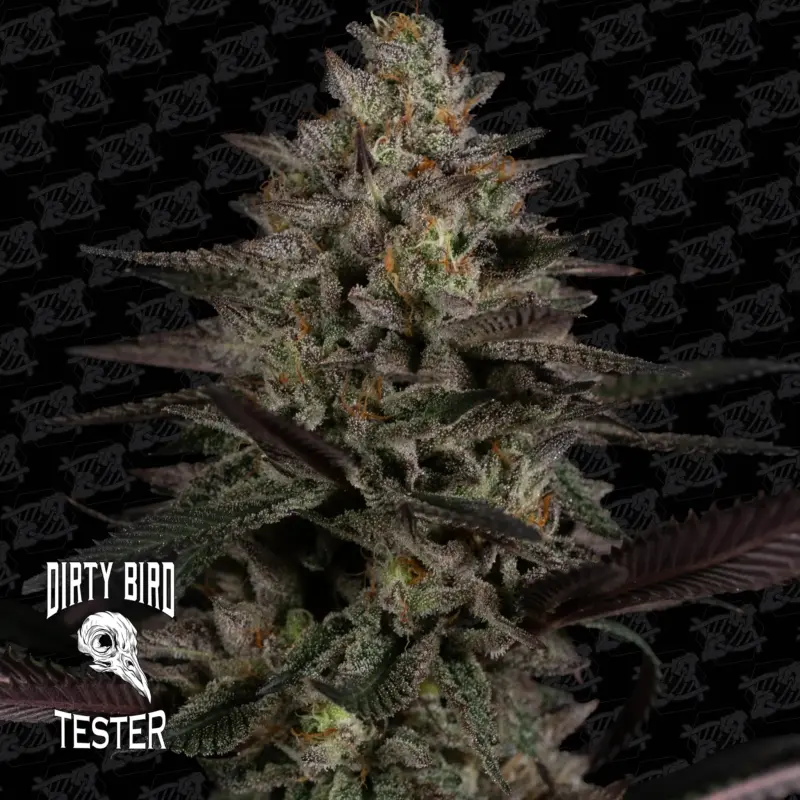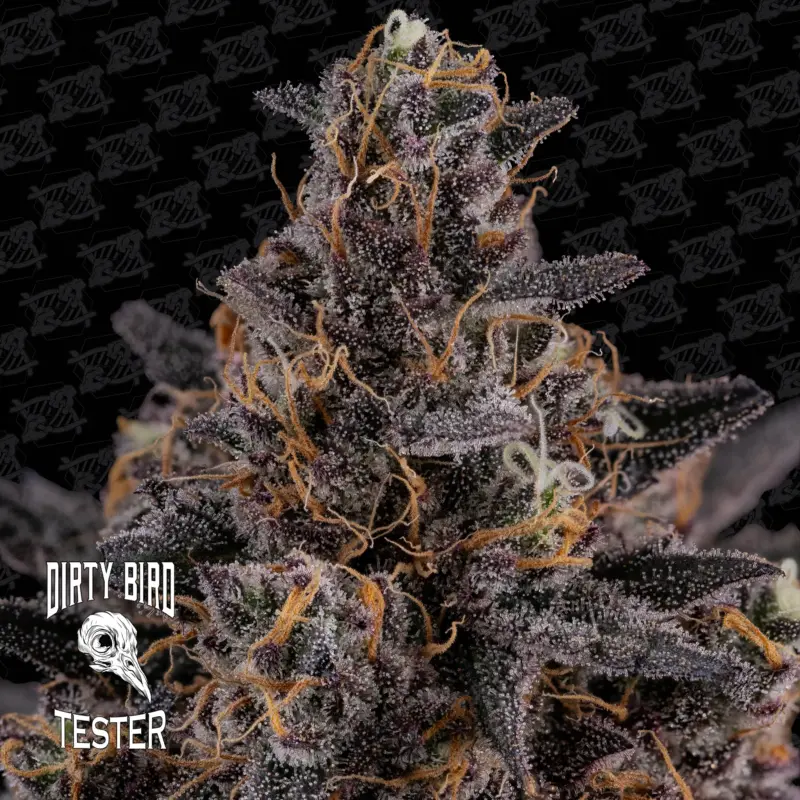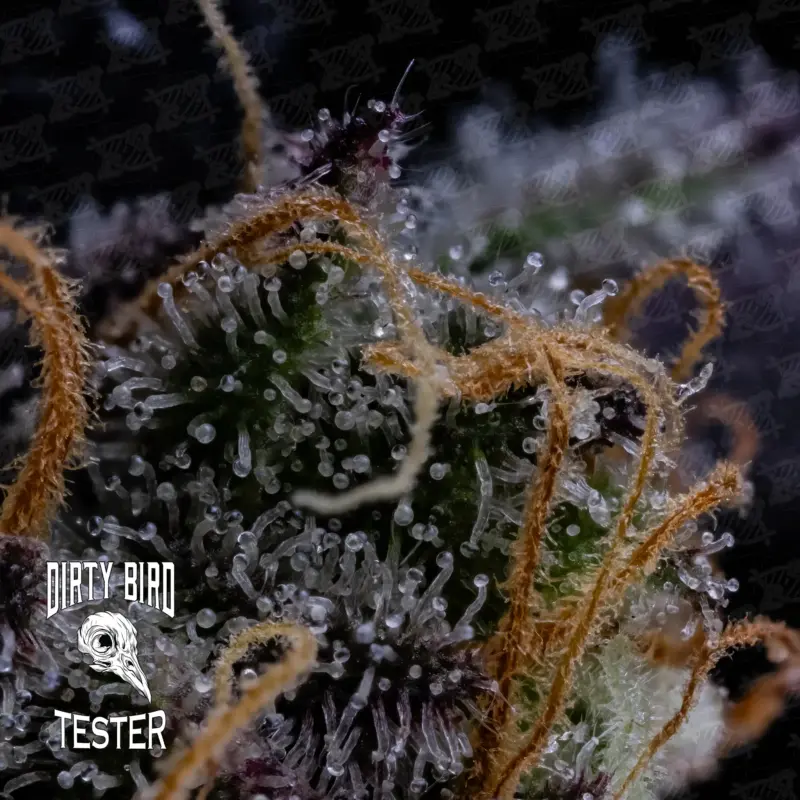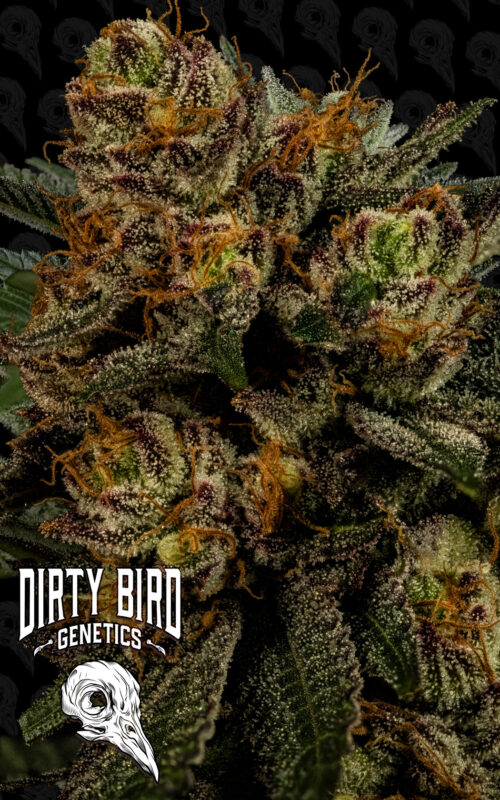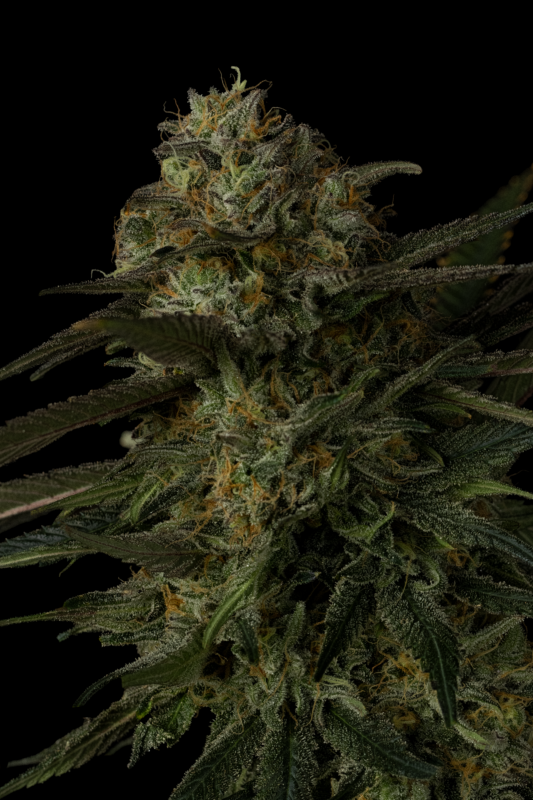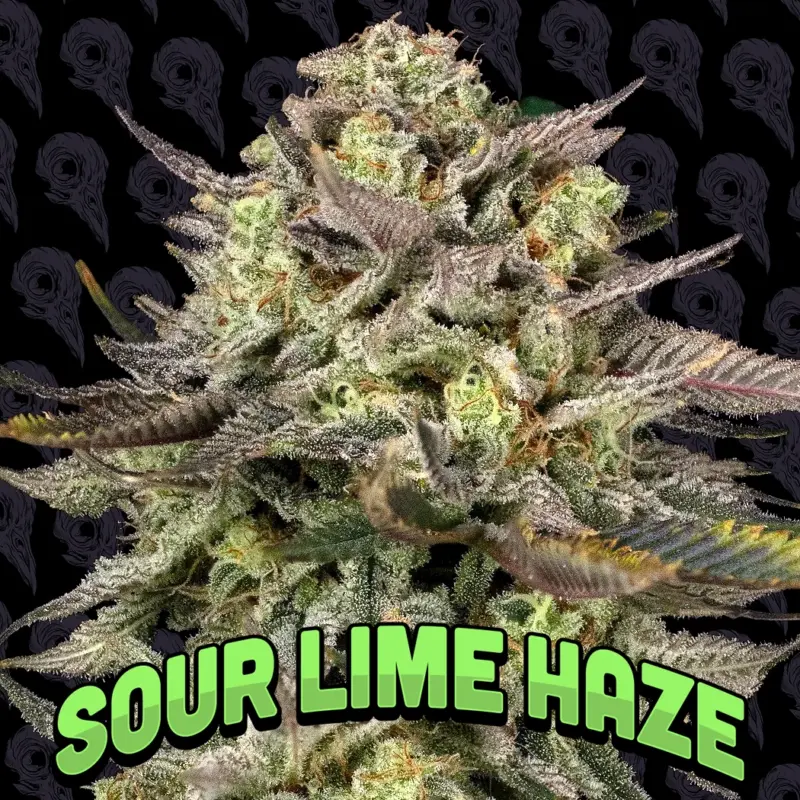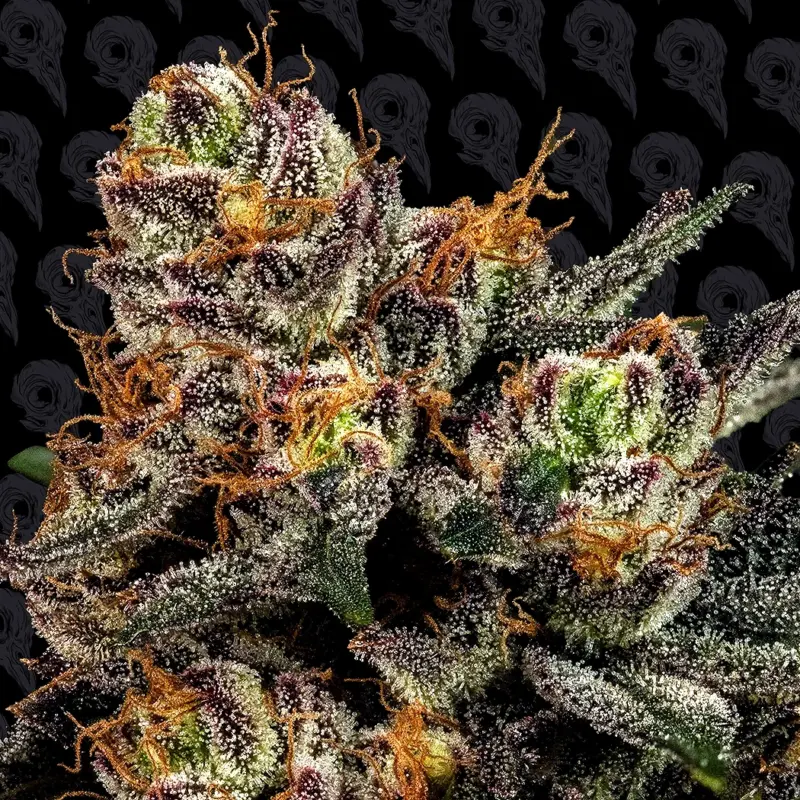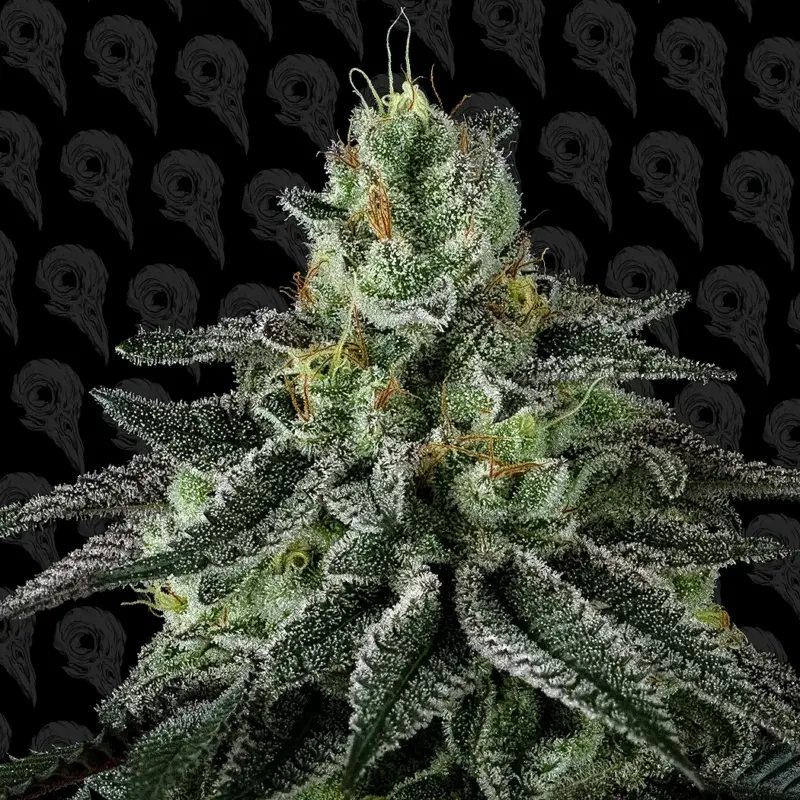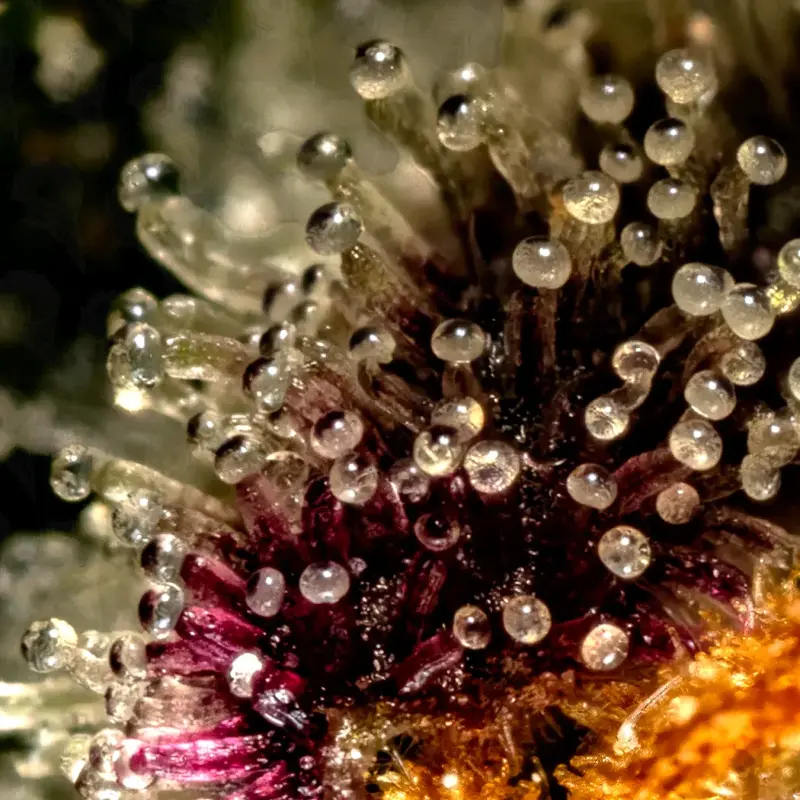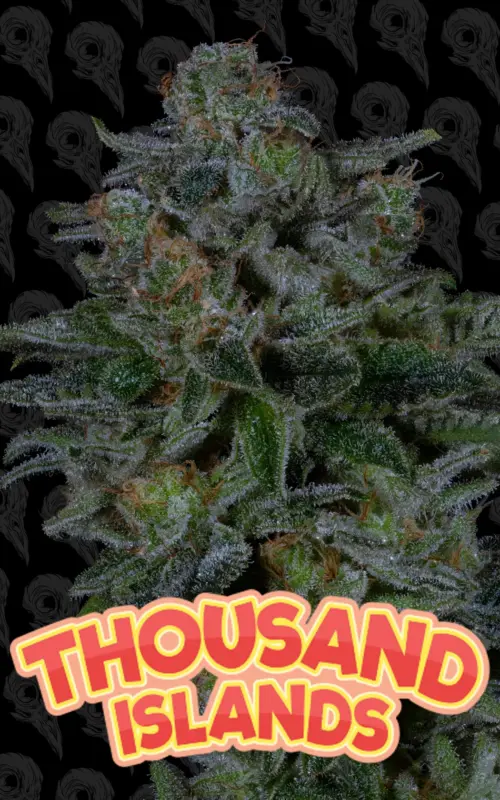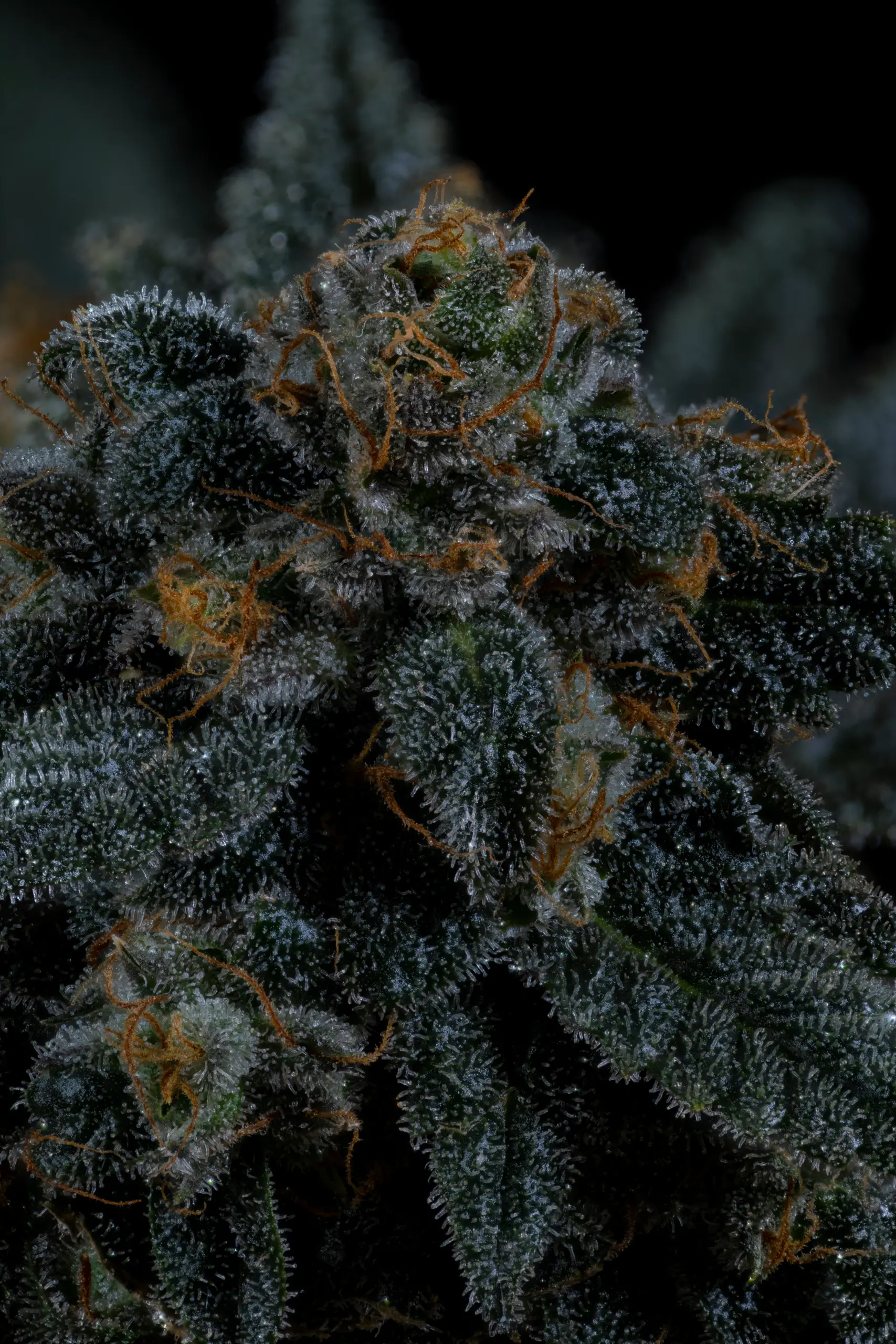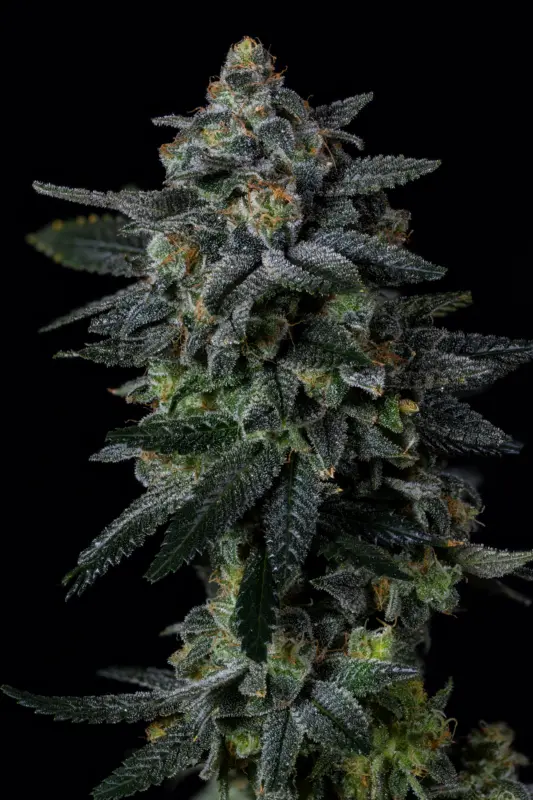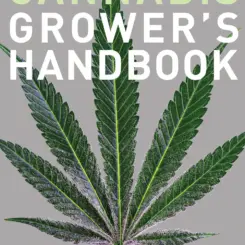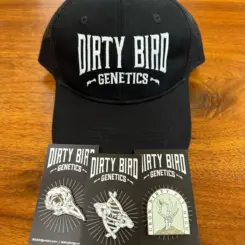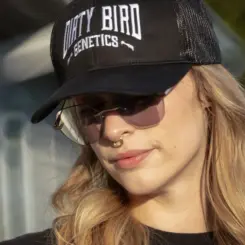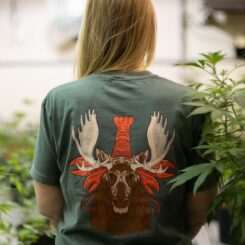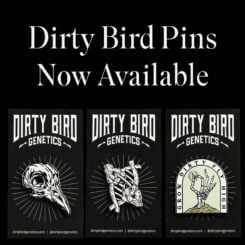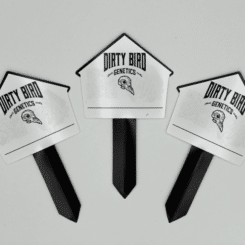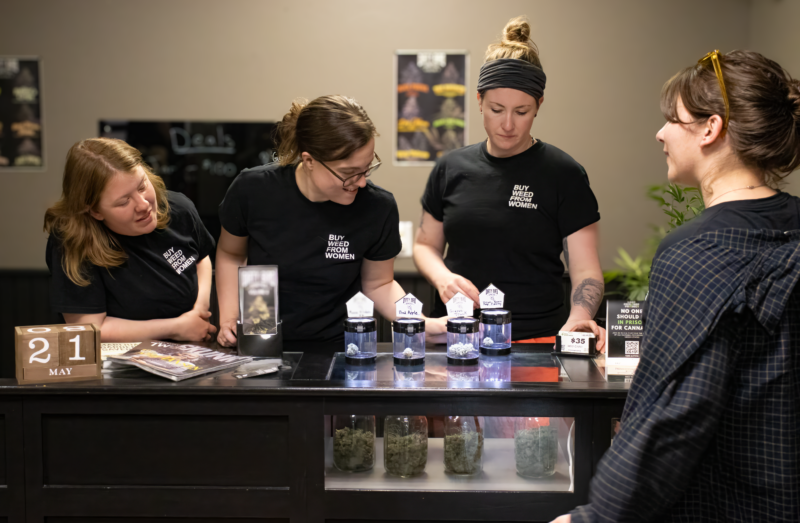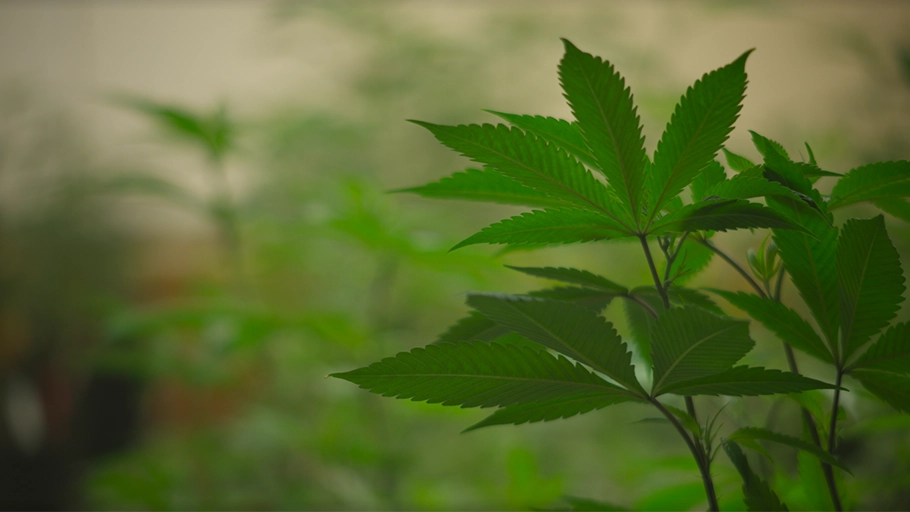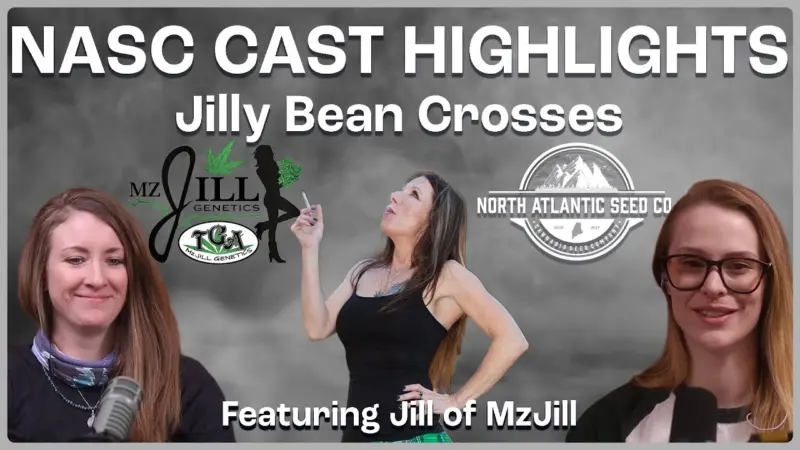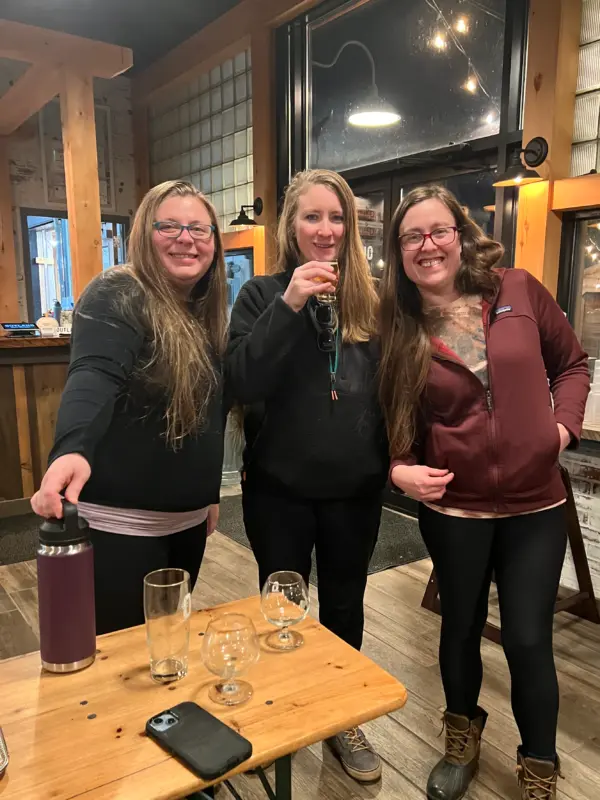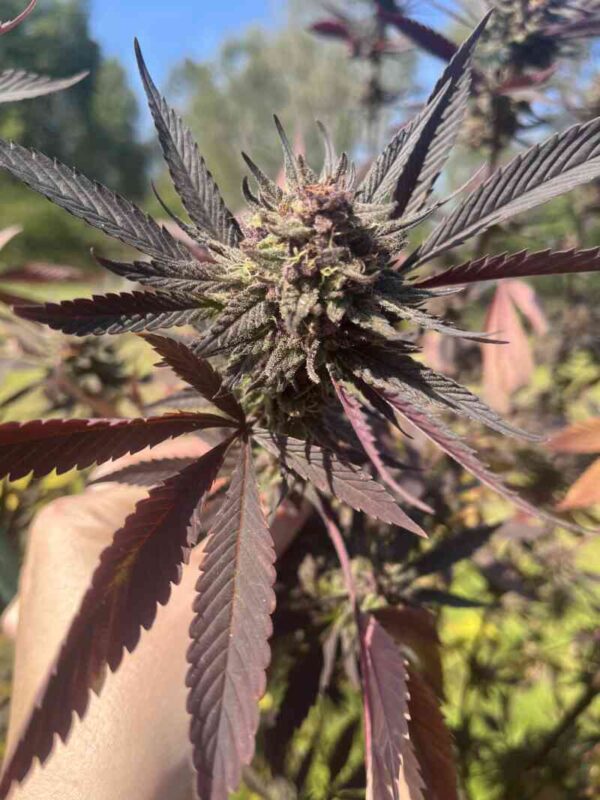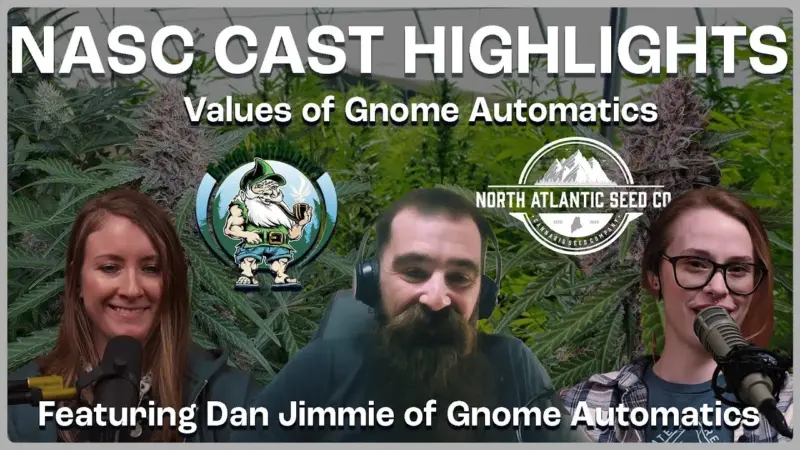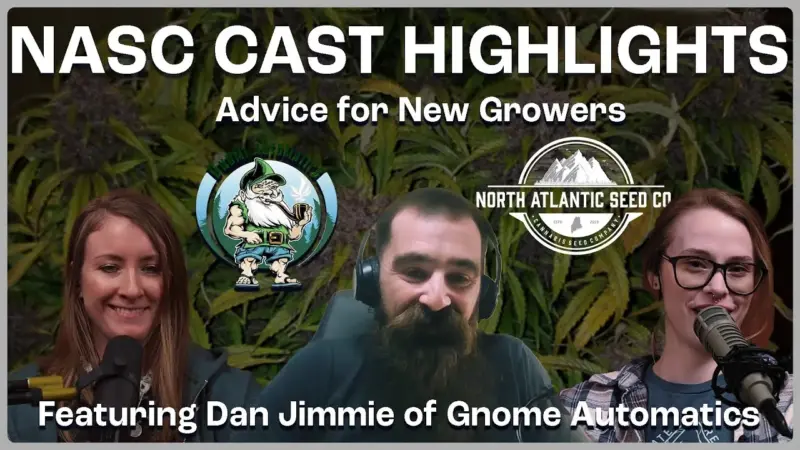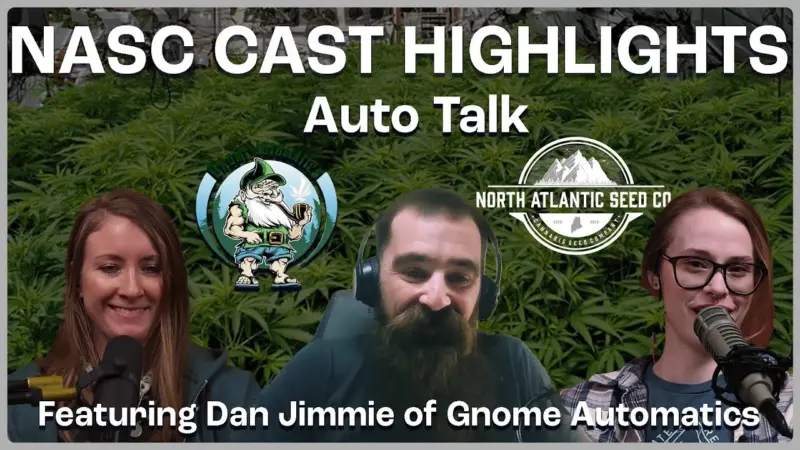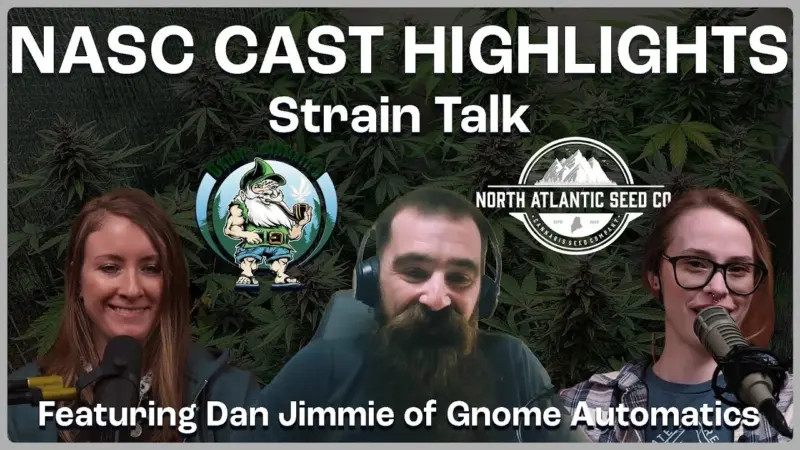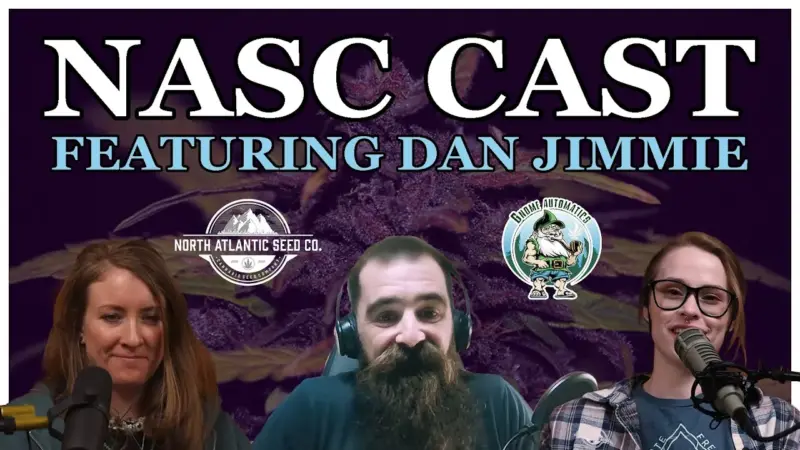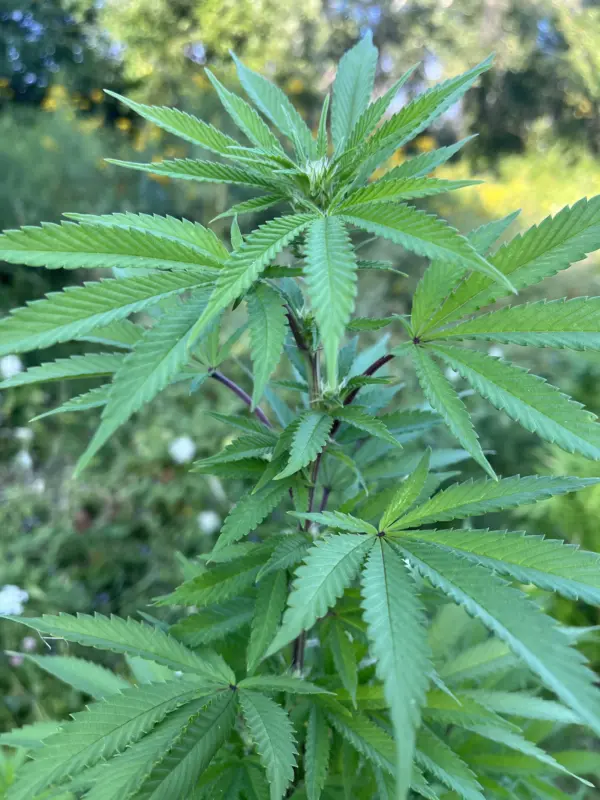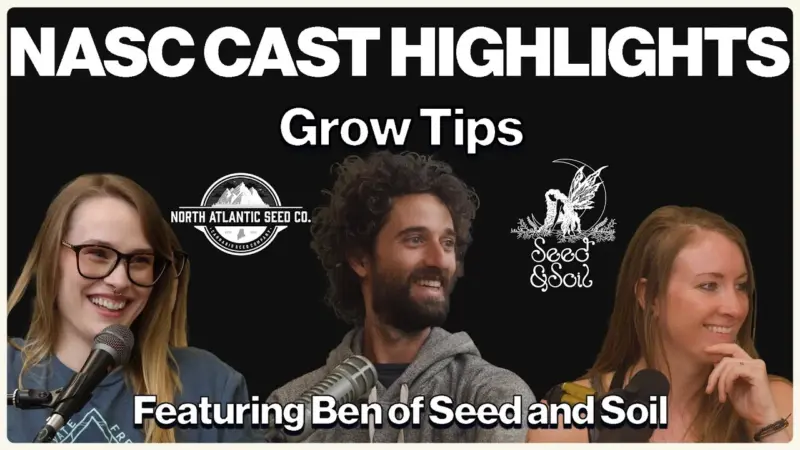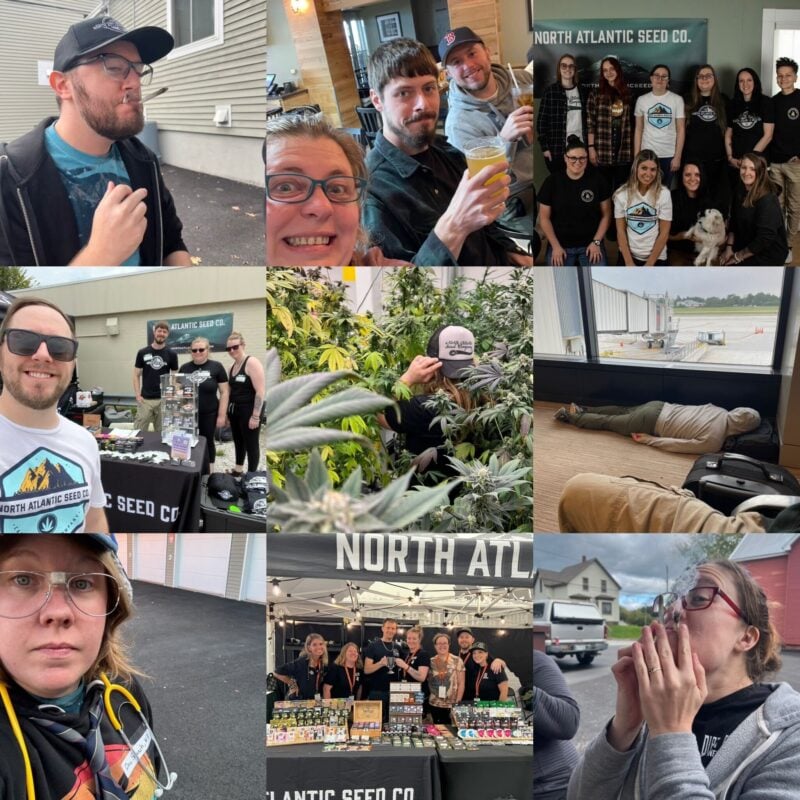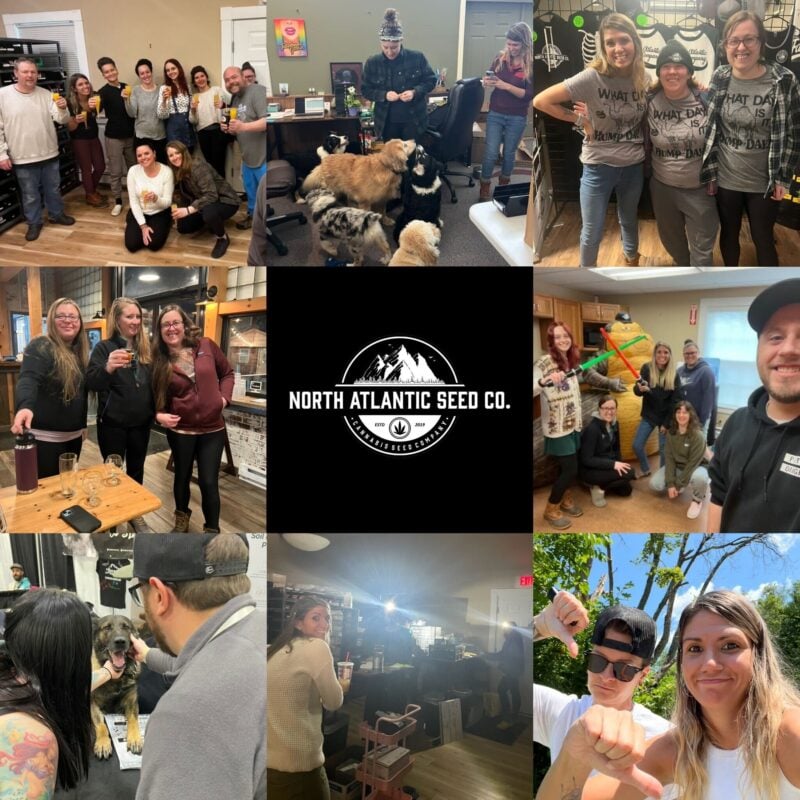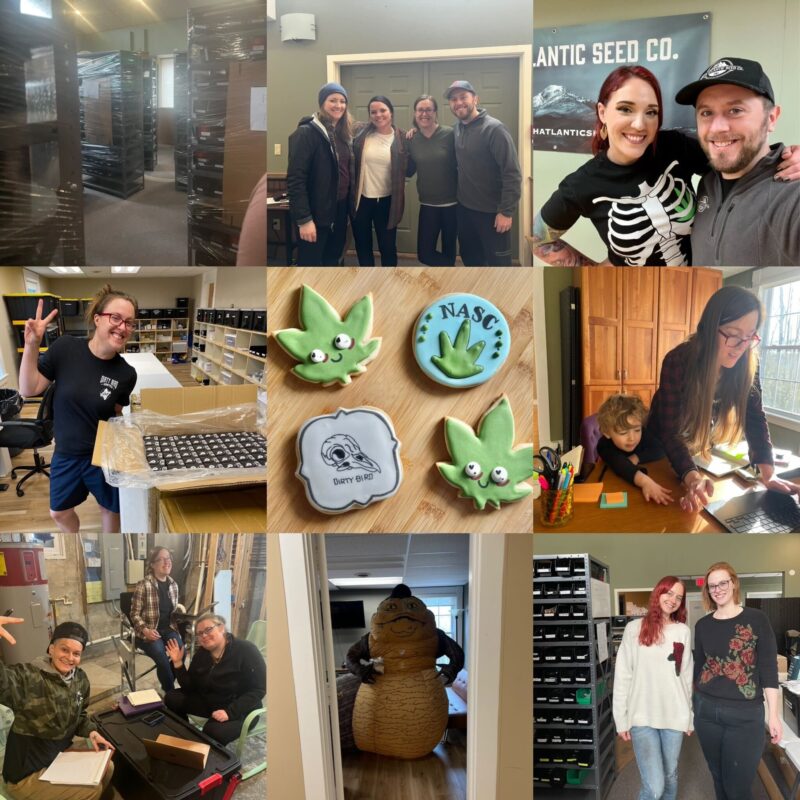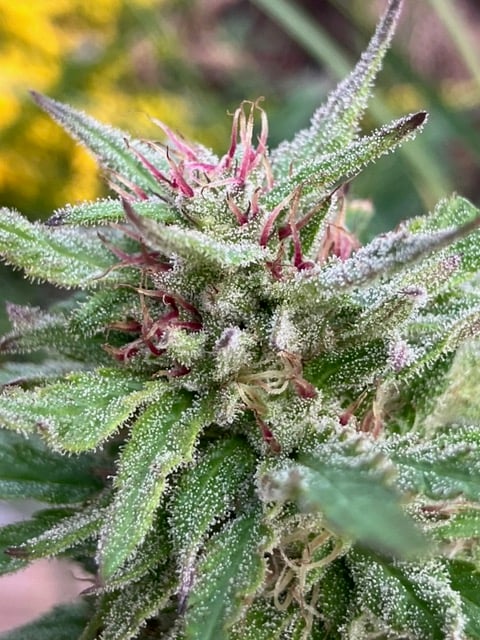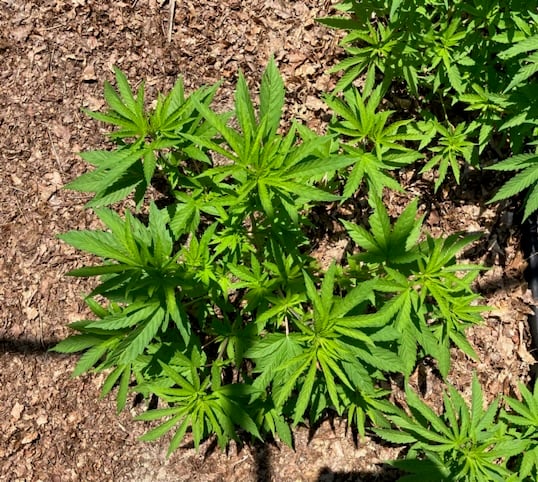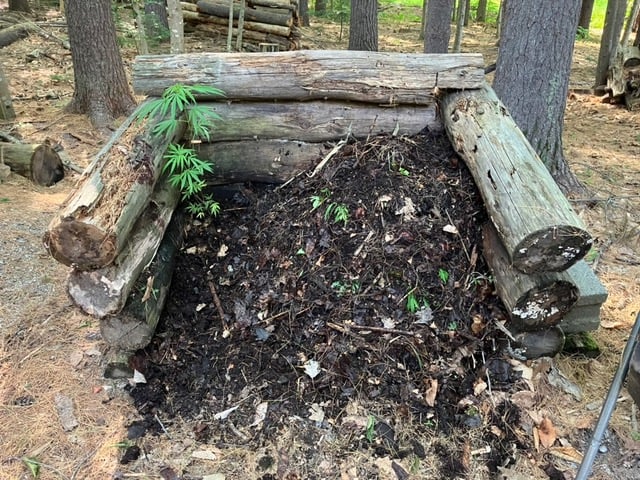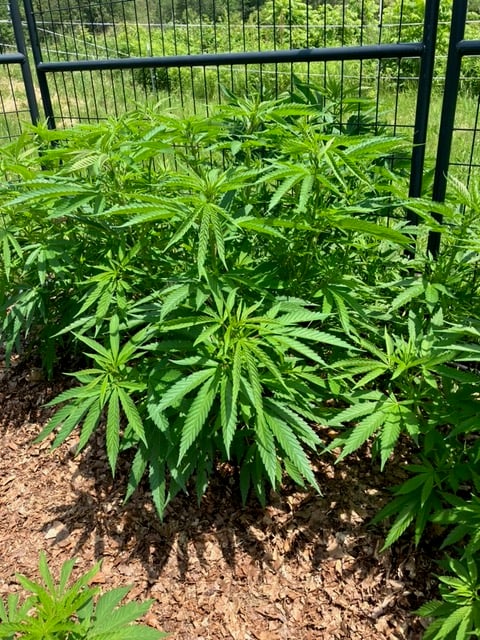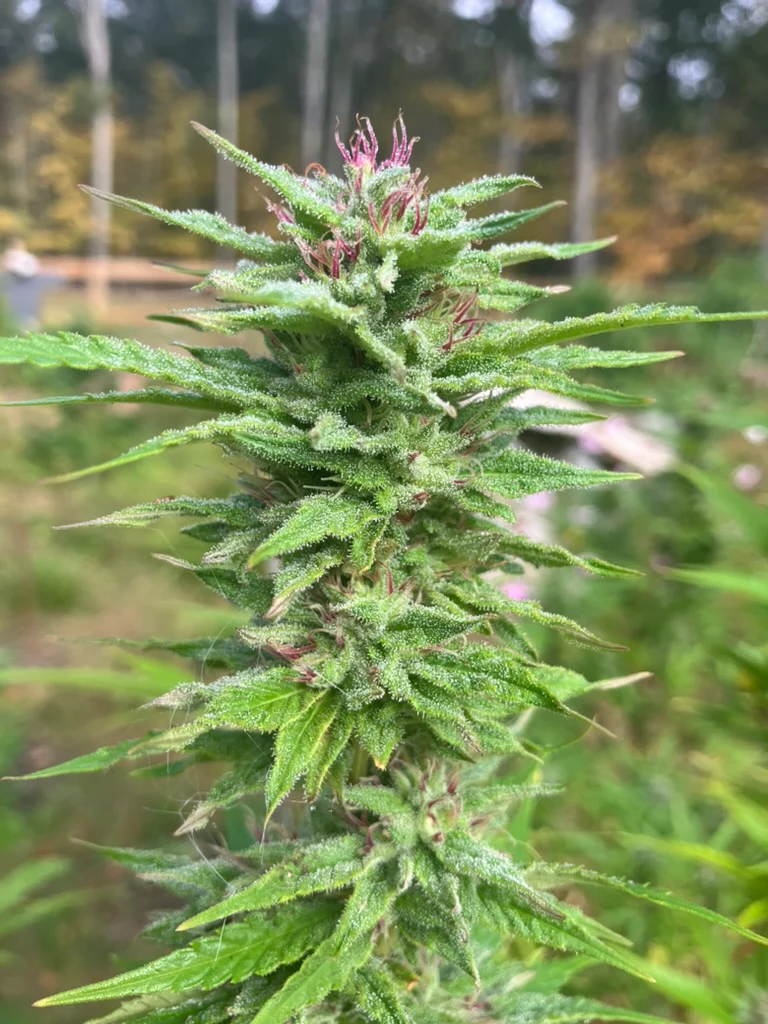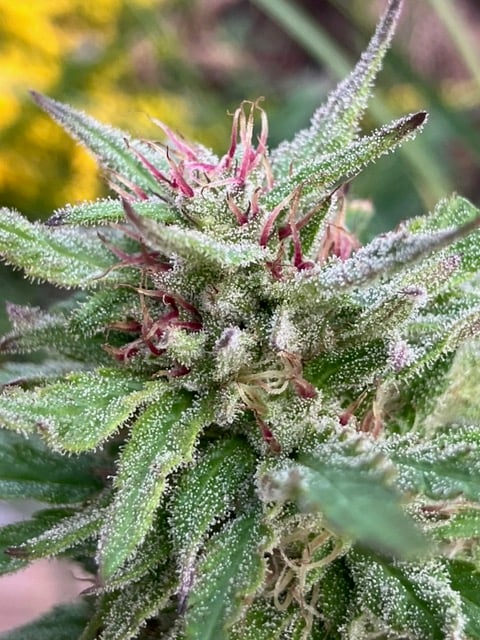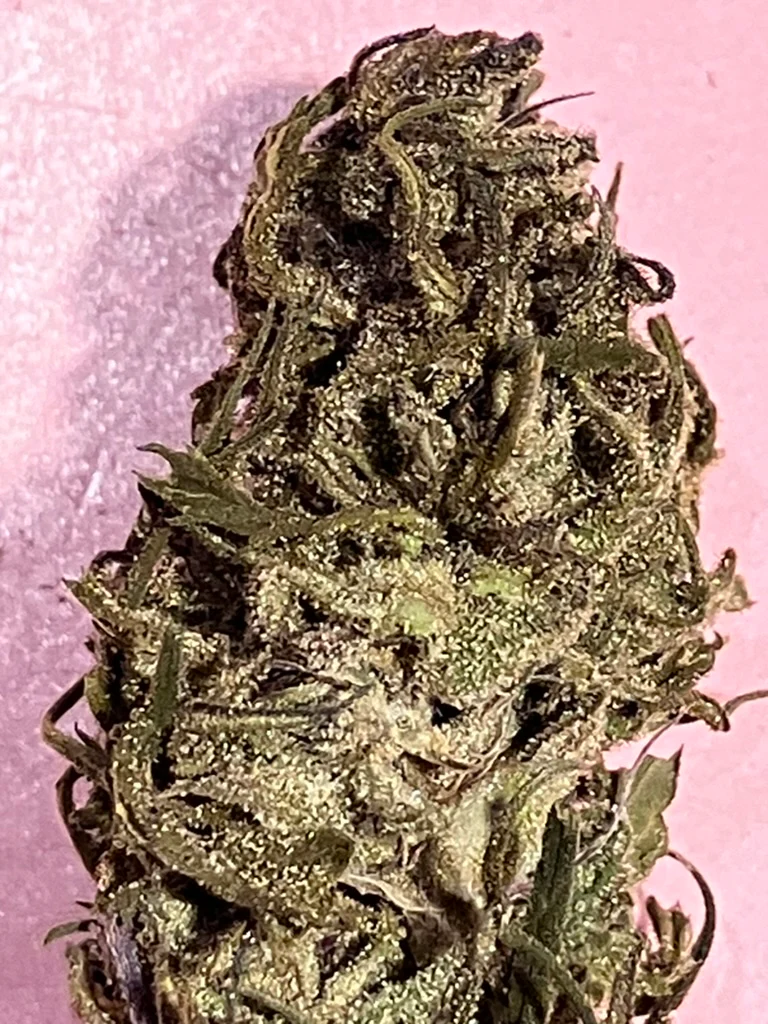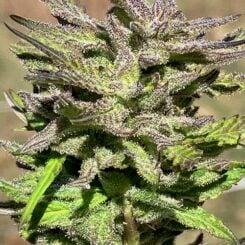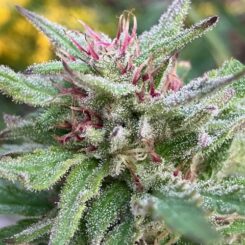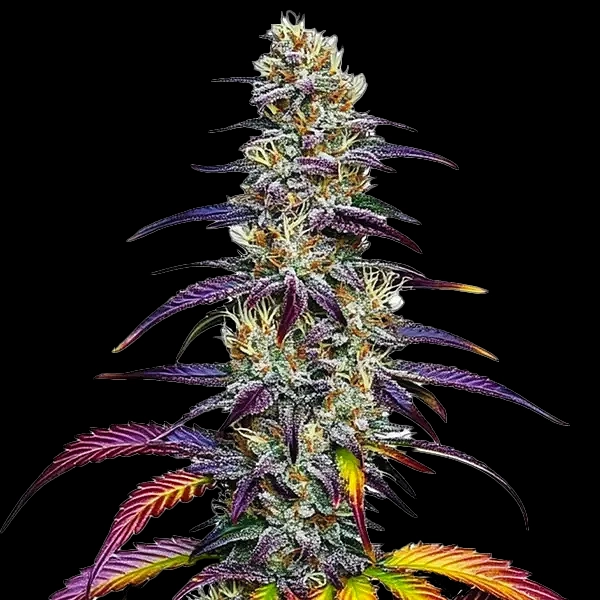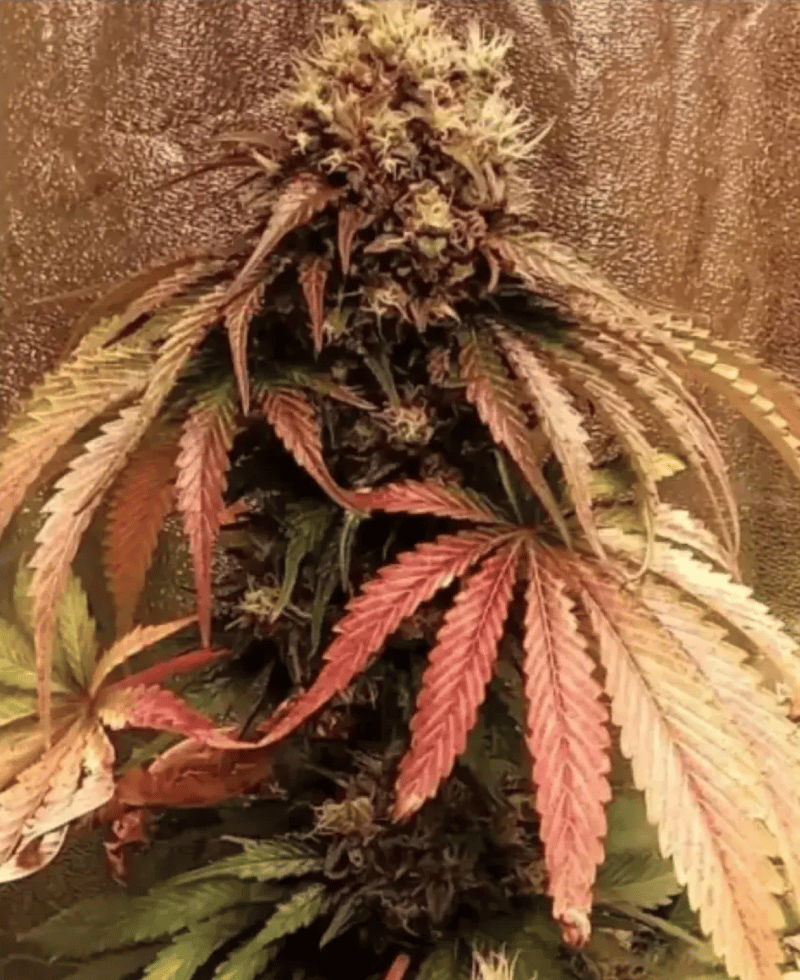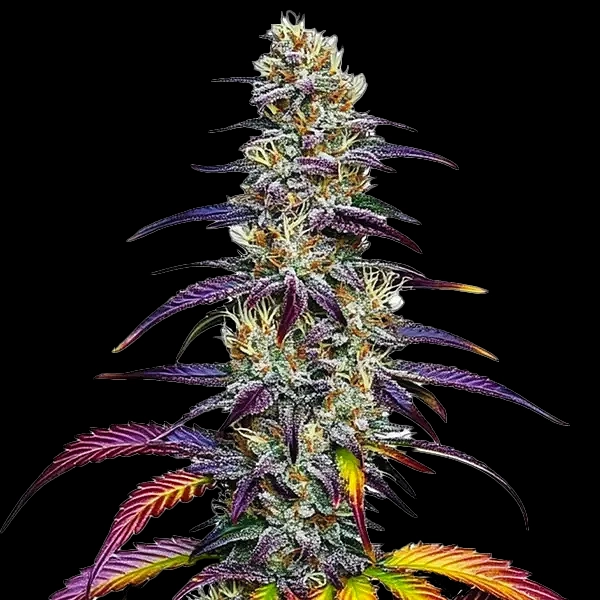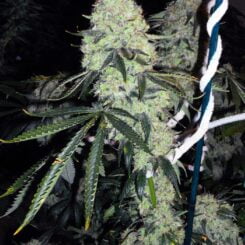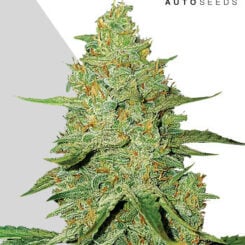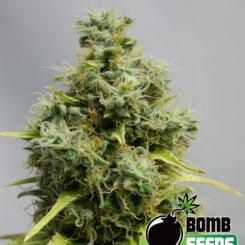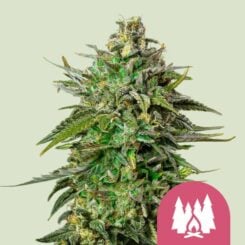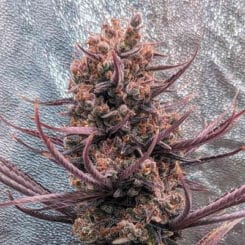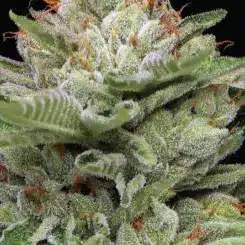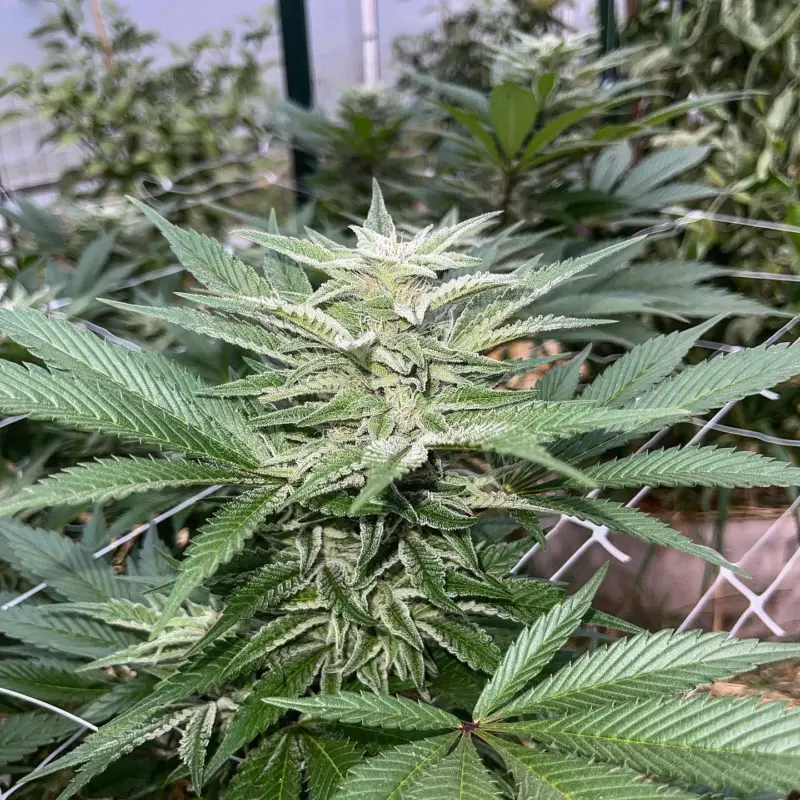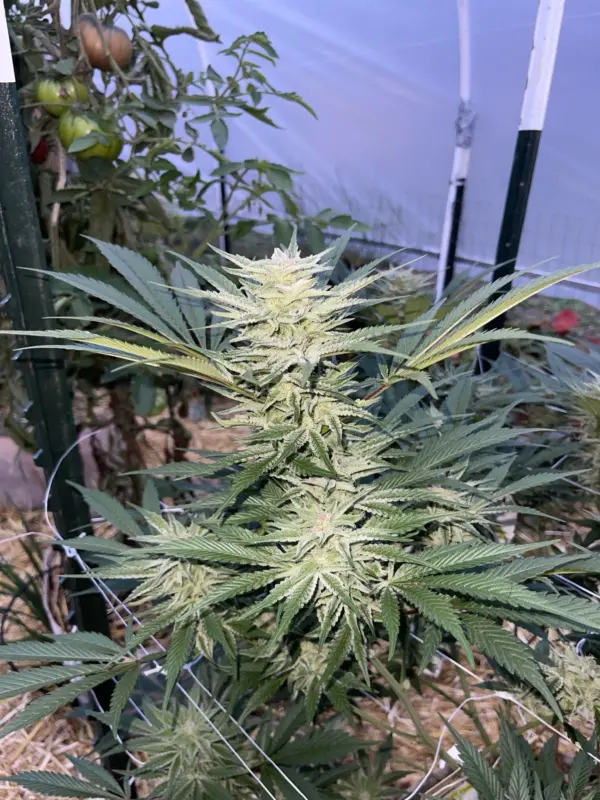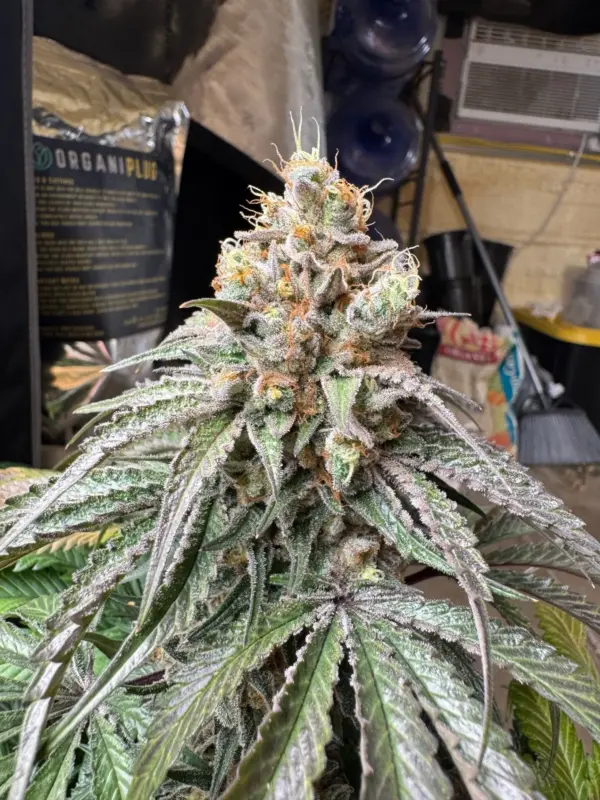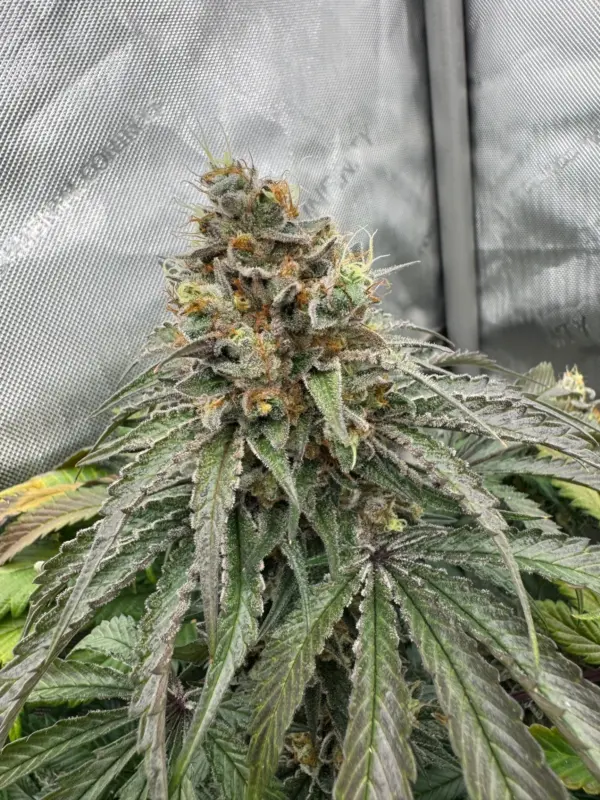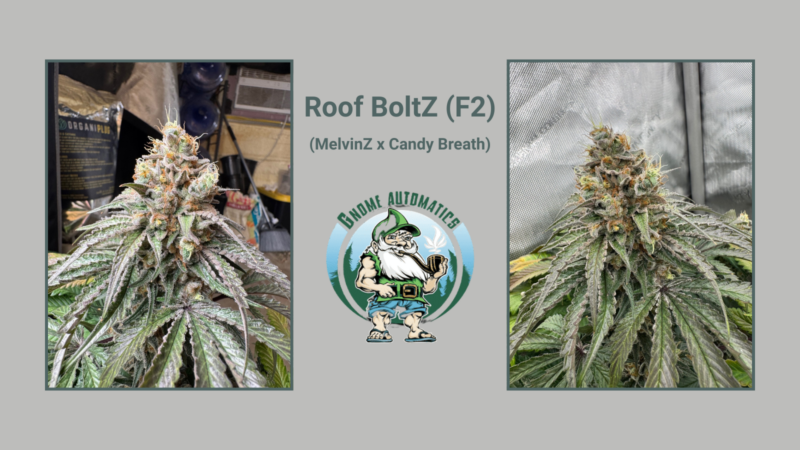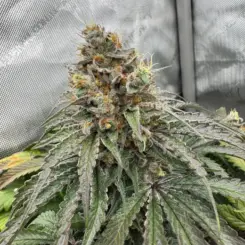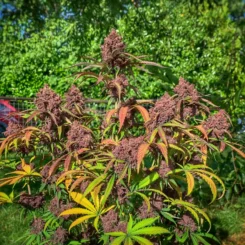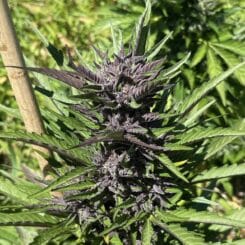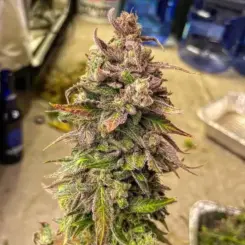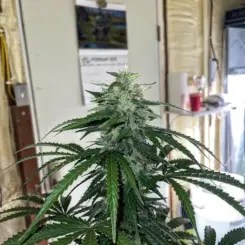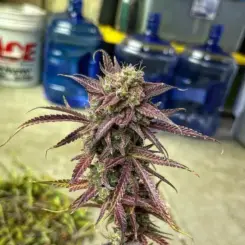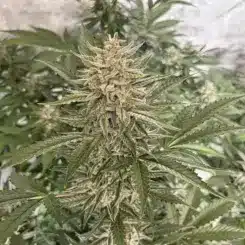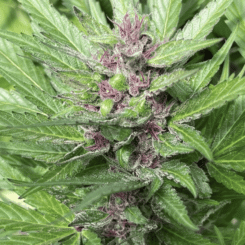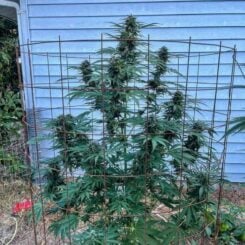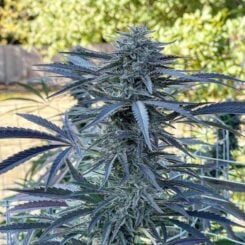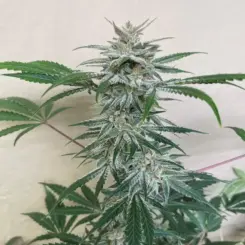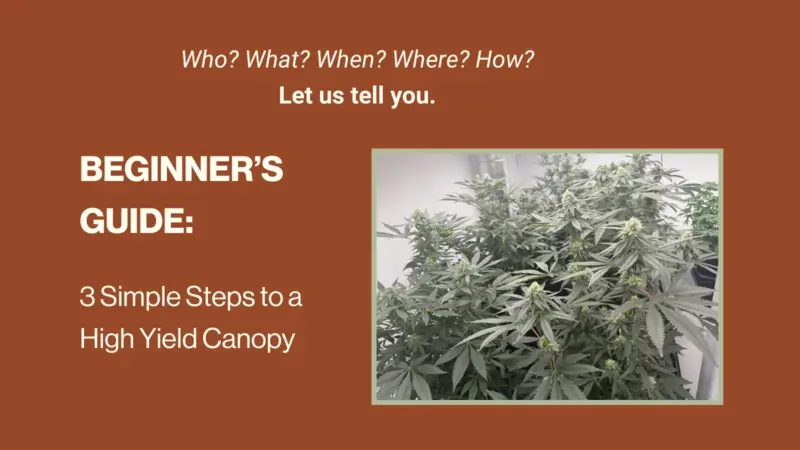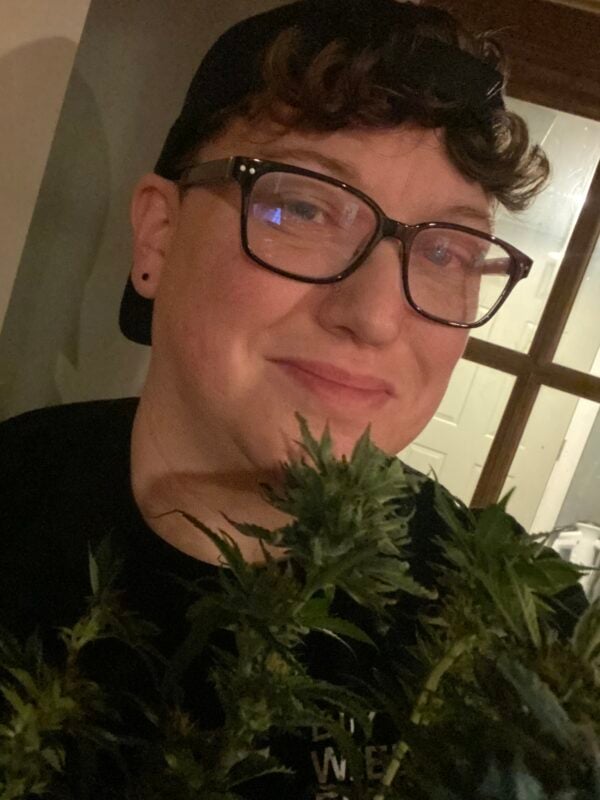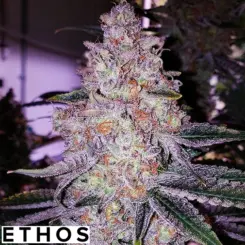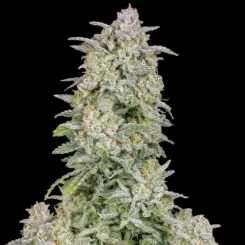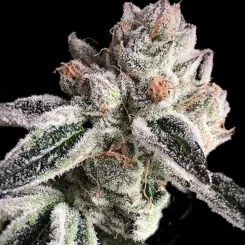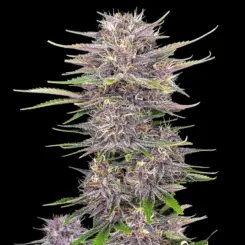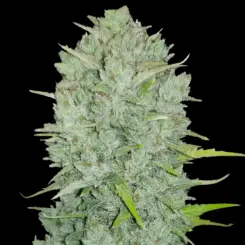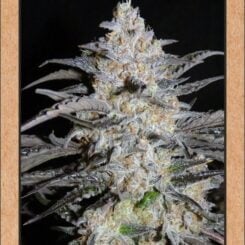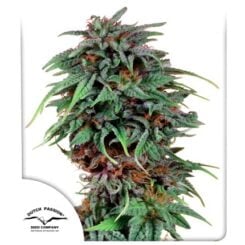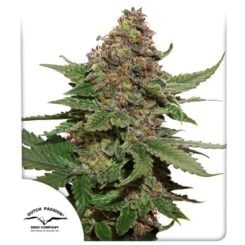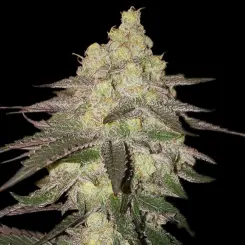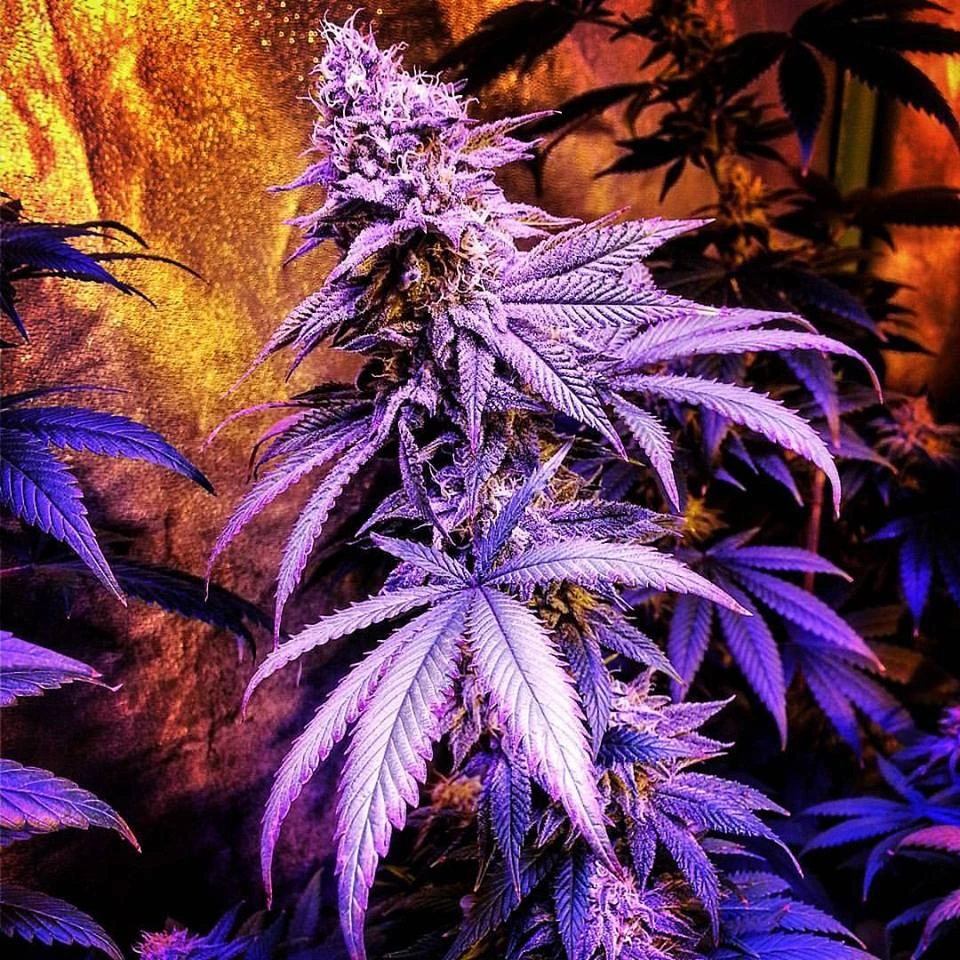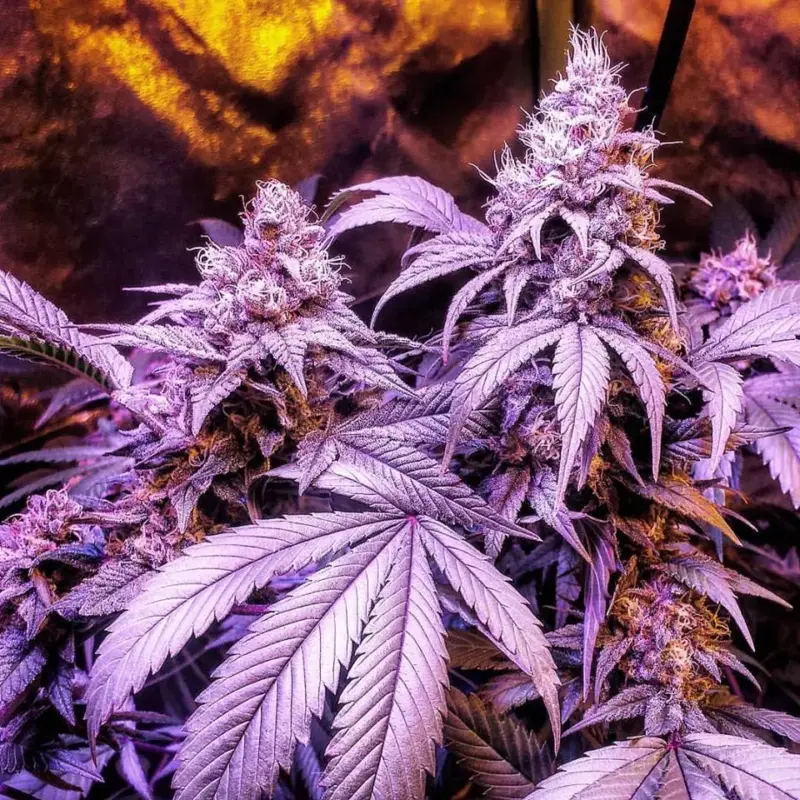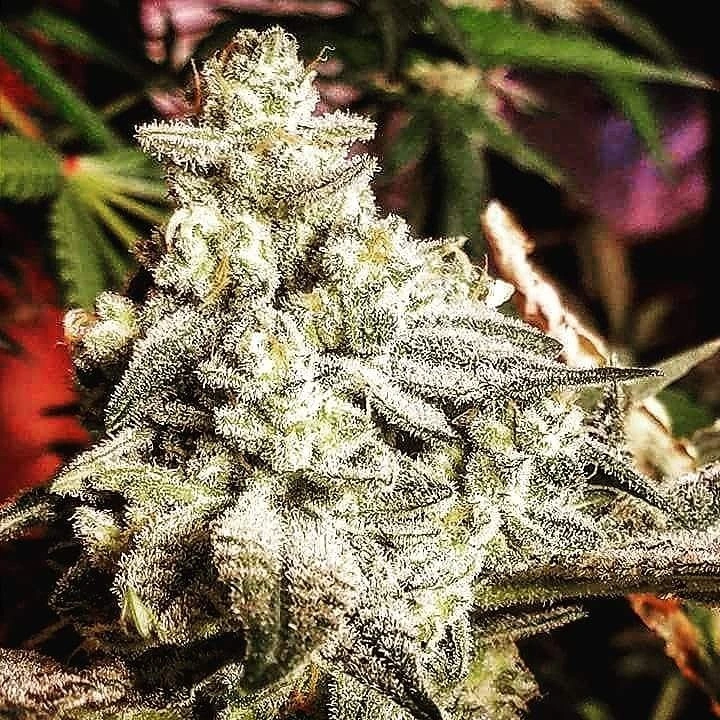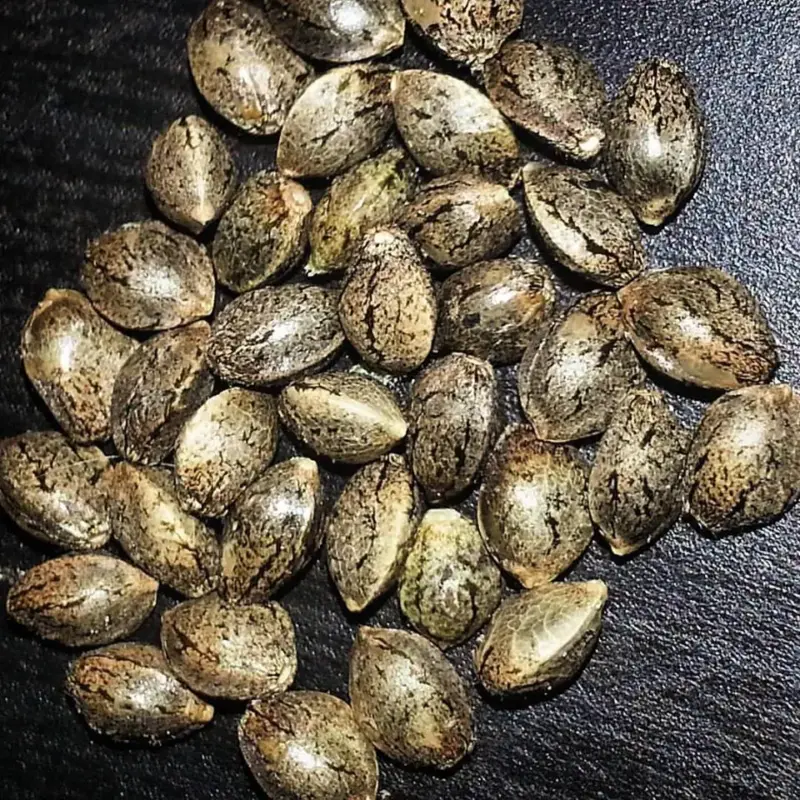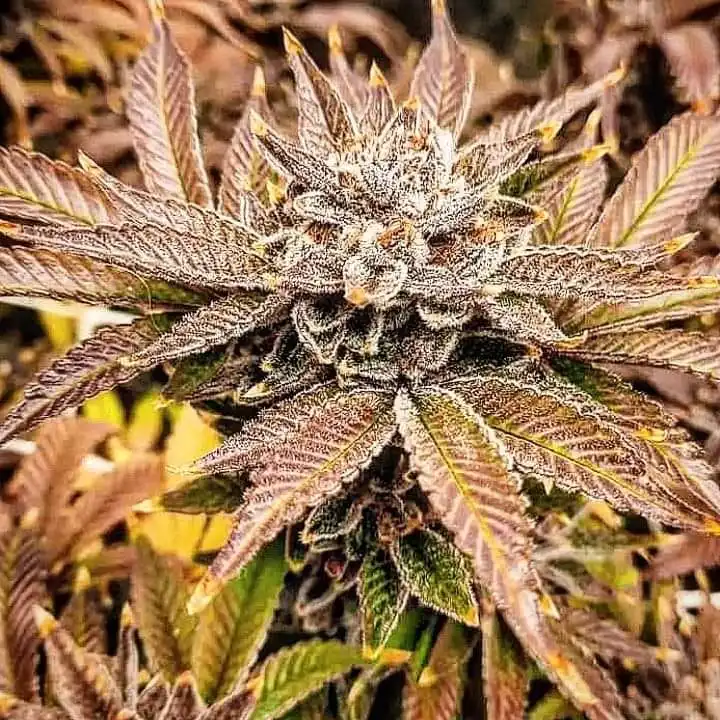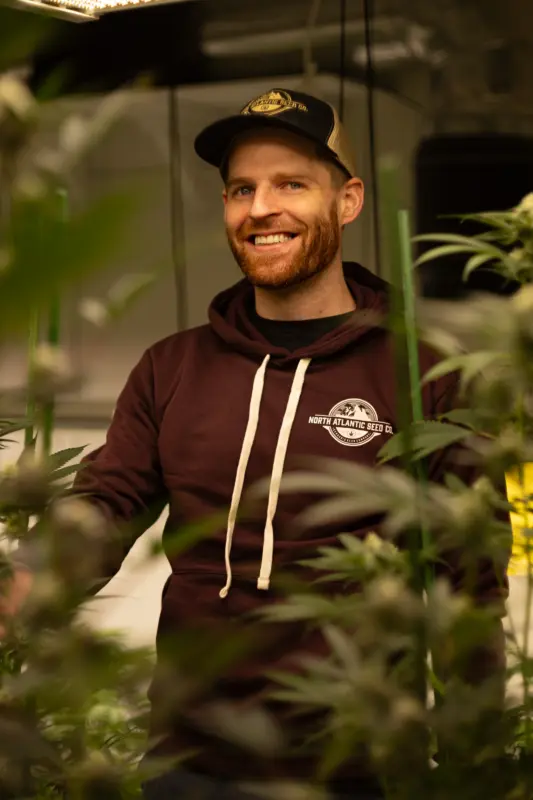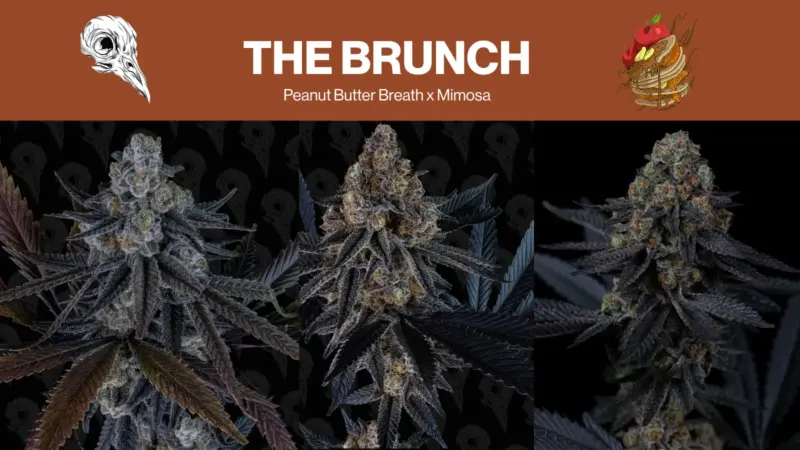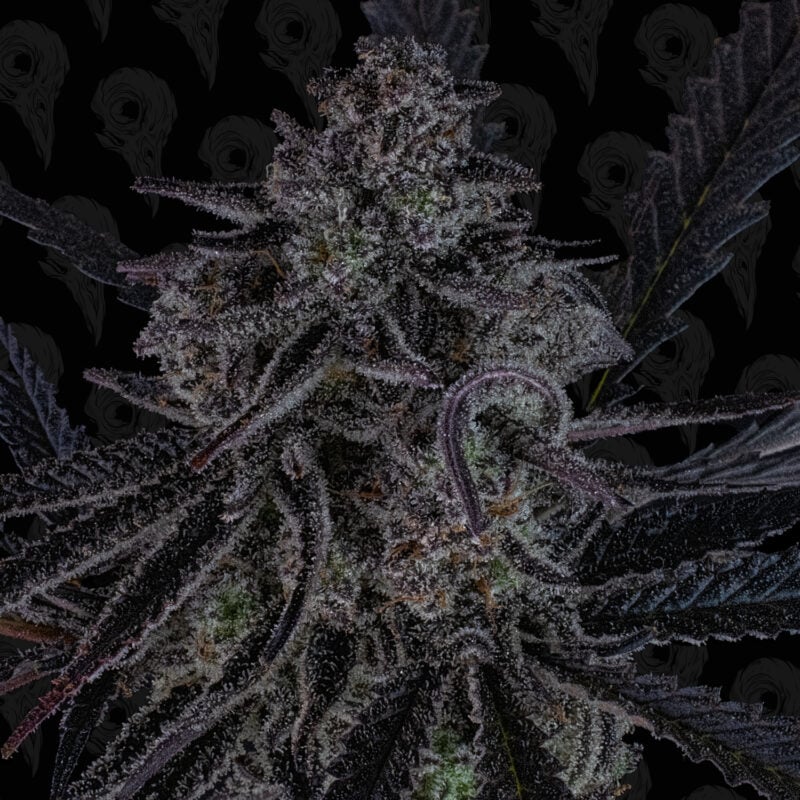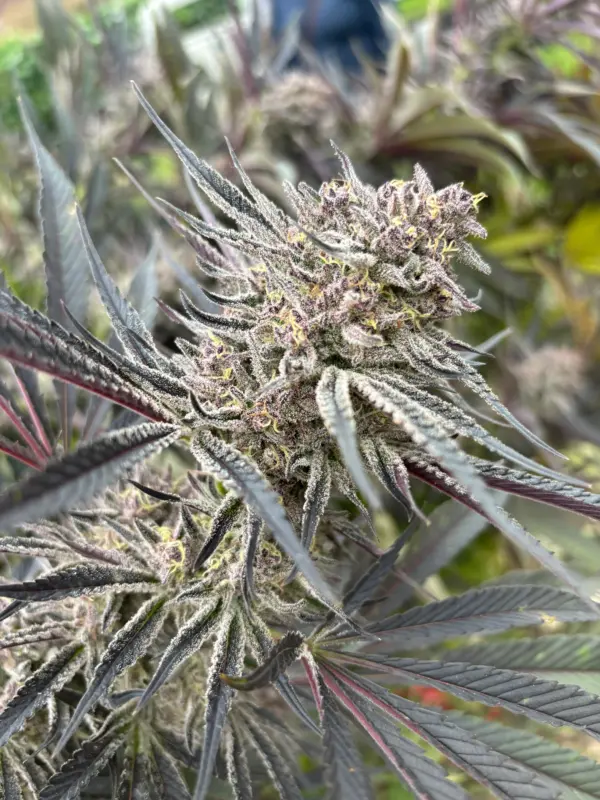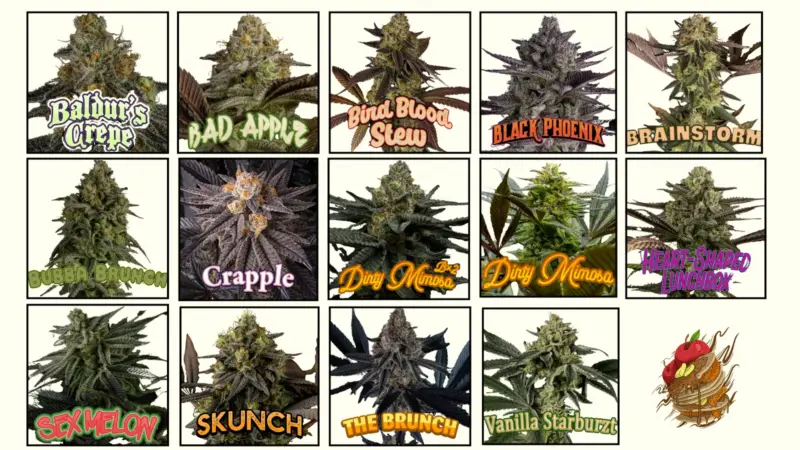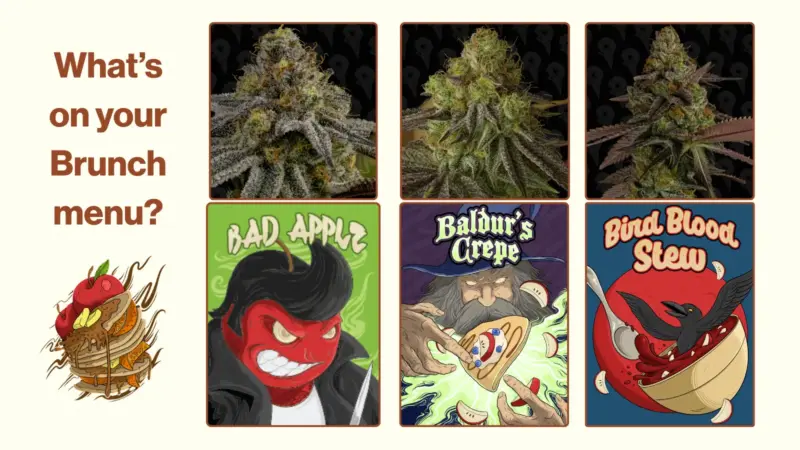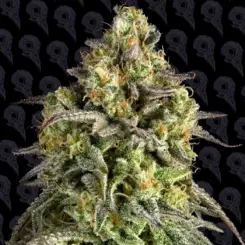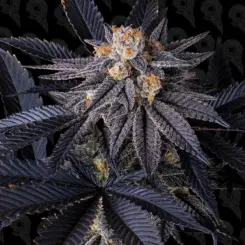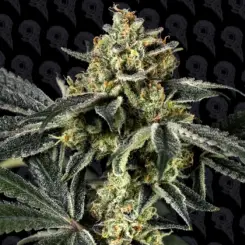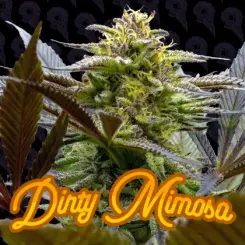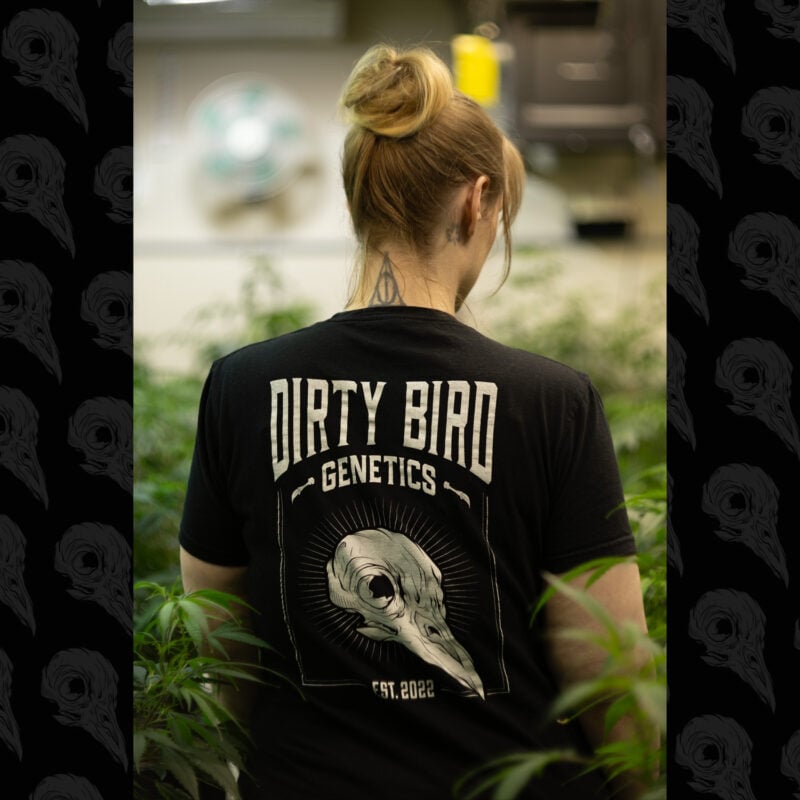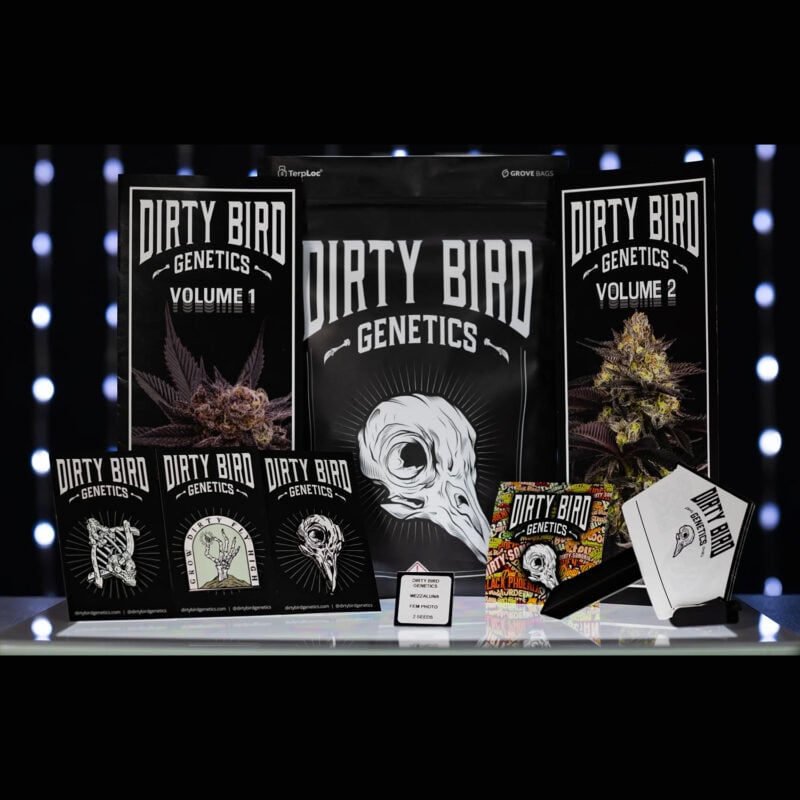Interviewed Owner and Breeder, Jim Riddle
Offering hard-to-find Pure Legecy Landrace Genetics with our craft cannabis seeds: Lamb's Breath
Tell us a little about your history with cannabis:
I have a long and colorful history with cannabis! I grew up on a small farm in Iowa in the 1960’s. We had woods and a pond, and I did a lot of fishing, hunting and camping. As a teenager, my campout buddies and I first smoked corn silks in our pipes, before we discovered ditch weed! As the saying goes, “I owe a lot to Iowa pot!” I learned that some plants had big, fat, sticky buds, and others were worthless. Fun times!
After graduating from Grinnell College in 1978, I moved to Minnesota and began growing and selling organic produce. In 1988, I ran for State Representative, because the long-time incumbent was otherwise unopposed. During the campaign, a disgruntled former brother-in-law got his 5-year-old daughter to tell the sheriff that she had seen marijuana at my place. They searched and found about 1.5 ounces of homegrown!
I held a press conference, and the room was packed! I told the media, “Now I know what it takes to get your attention - I’ve been trying for months!” I pled guilty and received a $13 fine. I stayed in the race and got 30% of the vote, which is about the same that the Democratic candidate got in the same district last fall, without getting busted!
Seriously, cannabis has been a part of my spiritual, medical and recreational life for over 50 years. I’ve been a home grower rather than a dealer. I’ve always preferred to be “high” rather than “stoned.” I like to dance, hike, ski, garden, be active, and have magical encounters, hence I prefer uplifting, creative strains. And I love the biology of the plant! I’m continually amazed by how generous and adaptable cannabis is, in how it relates to humans.
How did you come to acquire such legendary genetics?
My wife and I were deeply involved in the organic agriculture sector for many years. We owned and operated an 11-acre organic produce farm, then an organic fruit farm (Blue Fruit Farm) in MN. We started a local farmers market, worked as organic inspectors for 20 years, and started the International Organic Inspectors Association, which we ran from our owner-built, off-grid home. I served on the USDA National Organic Standards Board from 2001-2006, and trained organic inspectors throughout the US, Canada, Latin America, Japan, Australia, Russia, and Iran, where I spoke in 2014 and 2015. From 2014-2018, we did 3 weeks of volunteer work per year with farmers and a government-based certification agency in Jamaica, helping set up organic production and certification systems.
During our time in Jamaica, we were given lots of great ganja, but I was always on the lookout for Lamb’s Breath (or Bread). I had heard about Bob Marley’s favorite, but never tried it. We had been living and working primarily in St. Thomas parish, on the east end of the island. In 2018, when our work was over, we took a bus from Kingston to Negril for some chill time.
In Negril, I met a Lamb’s Breath grower who offered to take us to the “plantation.” On Easter morning, he drove us way up in the hills, then we hiked further up, where he and his team were growing and came across about 4 acres of ganja. In a corner of the field, they kept a few male plants for breeding. I bought some seeds from them. I brought them home and grew a few at our farm in MN for personal use. I found the Lamb’s Breath strain lived up to the hype – tall vigorous sativas, with sweet sticky buds and creative, energizing, euphoric effects. Just what I was looking for!
What led you to become a breeder?
In 2020, we retired from farming in MN and bought a lake house in New England to be closer to family. I had 6 original Lamb’s Breath seeds left and wanted to propagate them. Vermont had just legalized homegrown, so I contacted an organic CBD grower, and he agreed to grow out my seeds in an isolated location.
Of the 6 seeds, 4 were male and 2 female. One of those females was a potent beauty that tested 16.5% THC, pretty good for a landrace. Seeds from that plant have been the basis of my Legend, Respect, Irie Select and Santa’s Stash lines. (The other plant tested 3.5% THC and 3.5% CBD, and I call her Balance. This year, I’m running a breeding trial with those seeds to try to come up with a stable 10:10 ratio. Stay tuned.)
When I learned in 2022 that the DEA officially ruled that all cannabis seeds (and clones/seedlings) are “hemp” because they contain less than 0.3% THC, I decided to get a USDA hemp license, register with the Farm Service Agency as a hemp seed grower, and get into breeding.
(Unlike some breeders, I am not in the cannabis business. I compost all THC-containing plant materials, except for samples retained for testing and QA purposes.)
As a breeder, I decided to focus solely on the Lamb’s Breath strain, using selective line breeding, and not introduce any foreign genetics or autoflower traits. I select for vigor, potency, lively and diverse terpenes, and strong sativa traits (long nodes, narrow leaves, reddish stems and pistils, large, sweet, sticky flowers).
In my breeding program, I only move the “best of the best” forward, based on lab test results, my observations and rigorous culling. Using indoor and outdoor grows, I am now in the seventh generation of line breeding and getting cannabinoid results that average around 25%, with lively terpene profiles, from extremely vigorous plants which offer energizing, creative and euphoric effects.
If you had any advice to share with a grower, what would that be?
I have several pieces of advice:
- Don’t overwater! If you are growing in soil, get a soil moisture meter and use it!
- Try regular M/F seeds. Feminized seeds are fine, but something is lost when the Y chromosome is removed from the genome. More research is needed, but I suspect that the Y chromosome is related to plant vigor and terpene levels, at least. Read my blog - “XY Weed – In Praise of Regular Cannabis Seeds.” Plus, using regular seeds allows you to try your hand at plant breeding, if you’d like, without using chemicals to “reverse” females so that they produce XX pollen. It’s empowering. It’s fun!
- It’s a myth that having seeds ruins your weed. It’s a hassle to clean, but I’ve had plenty of seeded weed that is highly potent, with test results to back it up.
- And have fun! Remember, there’s a reason why cannabis is called “weed!” Let the plants express themselves!
What do you love most about your job?
I love spending time with my plants, from cleaning and selecting seeds to tending my plants as they grow. I love selecting which plants to move forward. I love smelling and handling the plants as they mature. I love how many bees work my male plants! I love learning how to select the best males, based on lineage, vigor, color, form, sativa traits, number and size of pollen flowers, and response to pruning and training. (This year, I plan on sending some male plant samples for lab analysis of cannabinoid and terpene levels to help inform my breeding selections.))
I also love hearing from customers, who often send me pictures and stories of their Lamb’s Breath plants! I enjoy receiving feedback from people who appreciate and respect what I’m doing, using old-fashioned selective breeding of male and female plants to keep this classic strain alive.
Summer Solstice June 21, 2025!
The summer solstice is when nature “flips!” From now until December 21, the days just keep getting shorter, triggering sungrown plants to get on with it! Featured Solstice Pictures of my seed plants and compost!
Trifoliate Irie Select plant - potential new breeding line?
Cannabis compost corral, freshly turned, with volunteer standing guard!
Lamb’s Breath Legend plants, off to a great start on Summer Solstice!
Introducing Santa’s Stash!
At Lamb’s Breath Seeds, we continually hunt for the best phenotypes from our Jamaican
landrace breeding stock, looking for high vigor, strong potency, and intriguing terpene profiles.
We are proud to re-release our popular breeder’s selection, “Santa’s Stash.”
Our Santa’s Stash seed mom tested 25.5% total THC, with a strong, floral, spicy, skunky aroma
and lovely reddish-purple pistils. Dominant terpenes include myrcene, a- & b-pinene, limonene,
b-caryophyllene, linalool, ocimene, and a-humulene. As a sativa, the effects are energizing,
creative, euphoric, and somewhat giddy. Gives you the strength to get up and do what needs to
be done! Perfect for magical moments, sports, hiking, kayaking, gardening, or cleaning house,
all with a smile!
Each pack contains 10 regular (M/F) photoperiod seeds. Flower 10-12 weeks, the longer the
better. Takes well to pruning and training and does well indoors or outside. Supply limited!
Santa's Stash Available for Breeder of The Week June 26th 12PM - July 3rd! 12PM EST
Shop Lamb's Breath Seeds: Legacy Landrace Genetics!

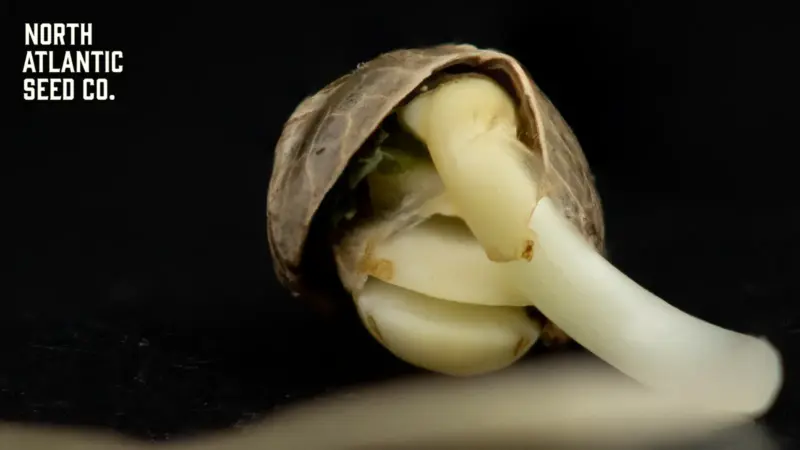
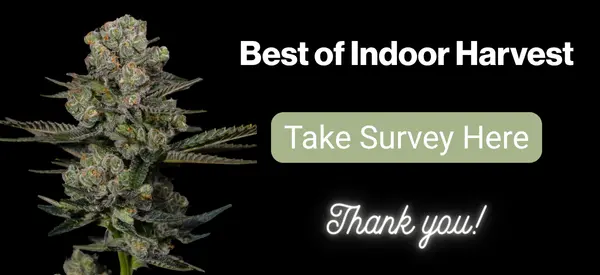


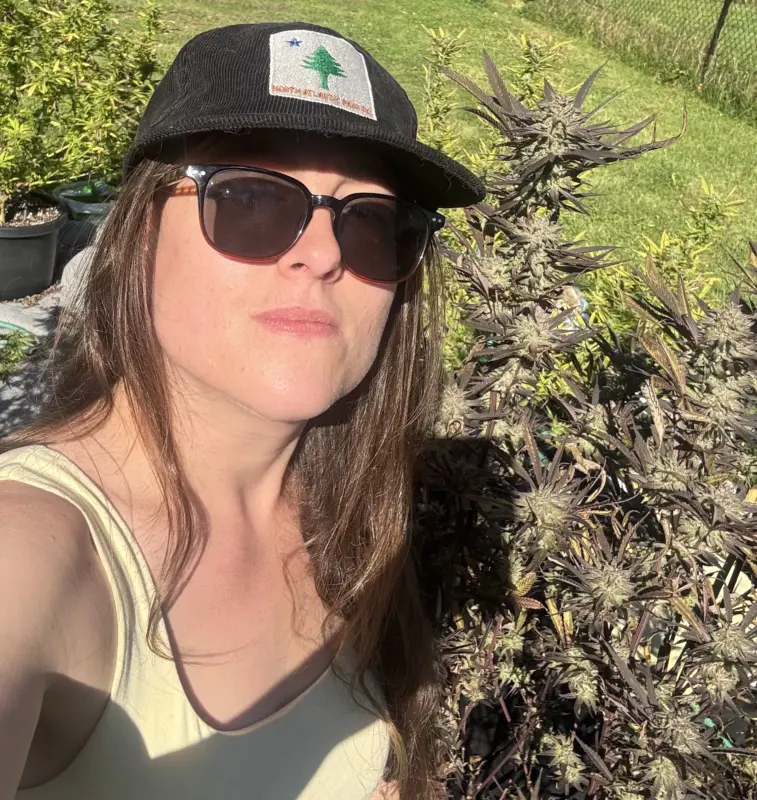
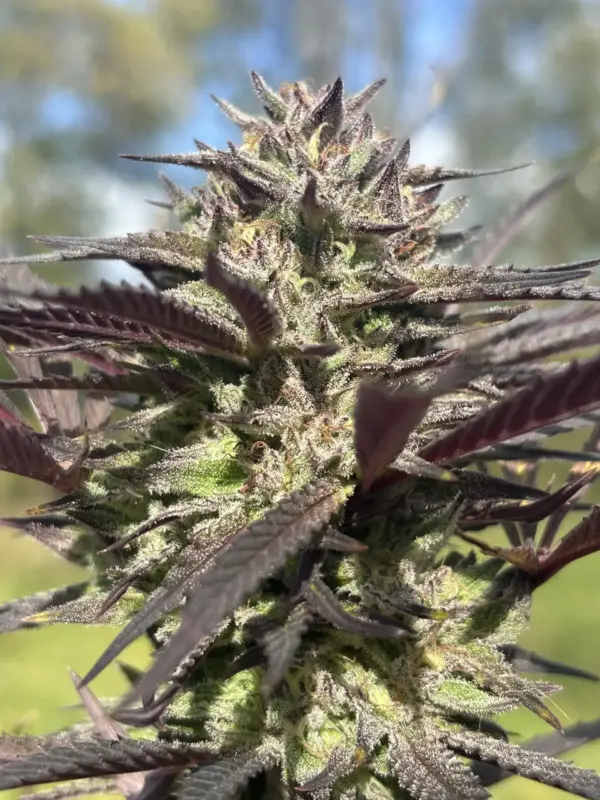
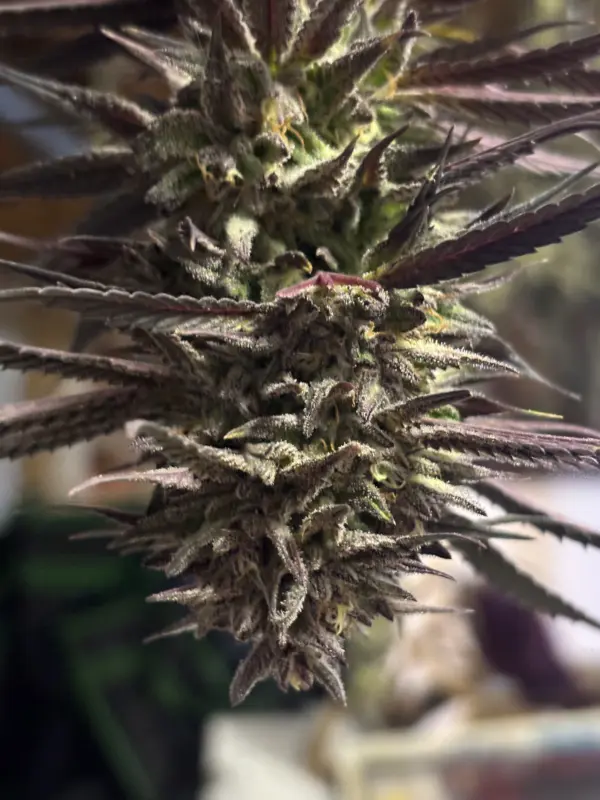
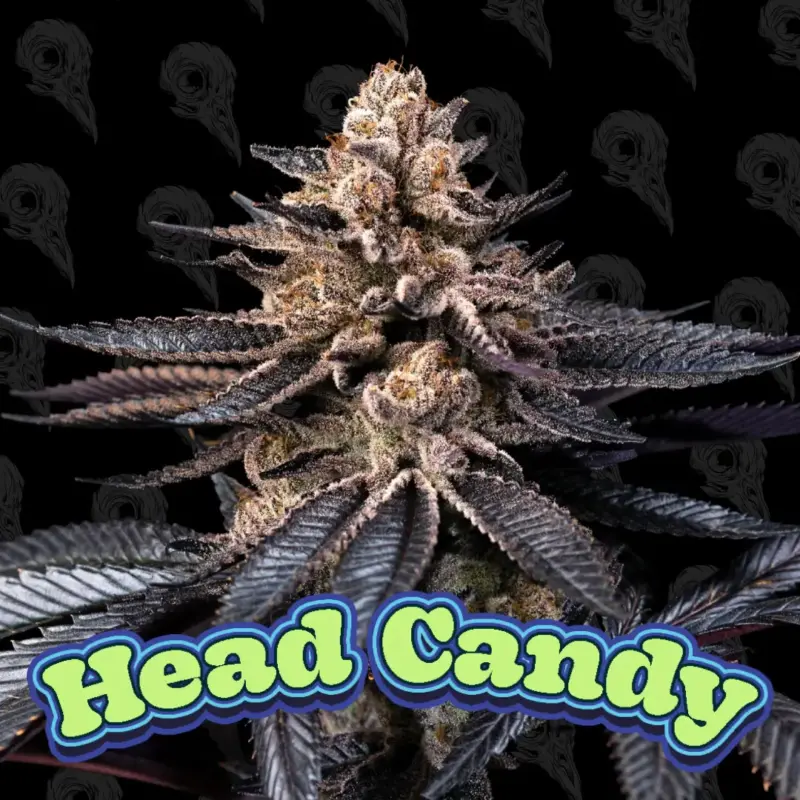
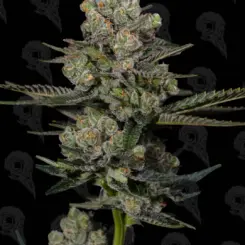
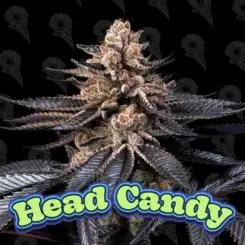


![Dirty Bird Volume 3 Box Set [LIMITED]](https://www.northatlanticseed.com/wp-content/uploads/2025/03/V3P2-3-245x245.png)
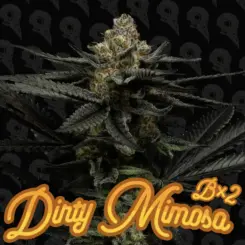
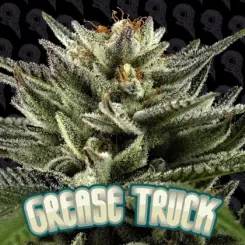
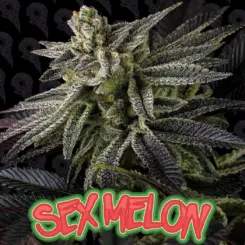
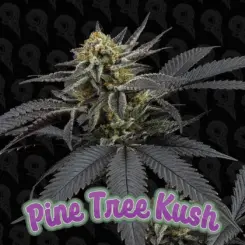
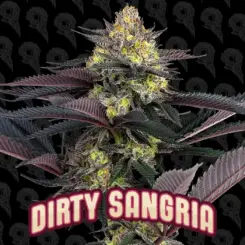
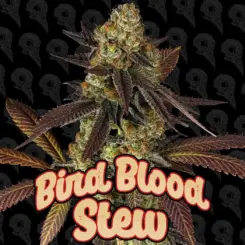
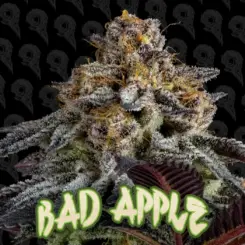
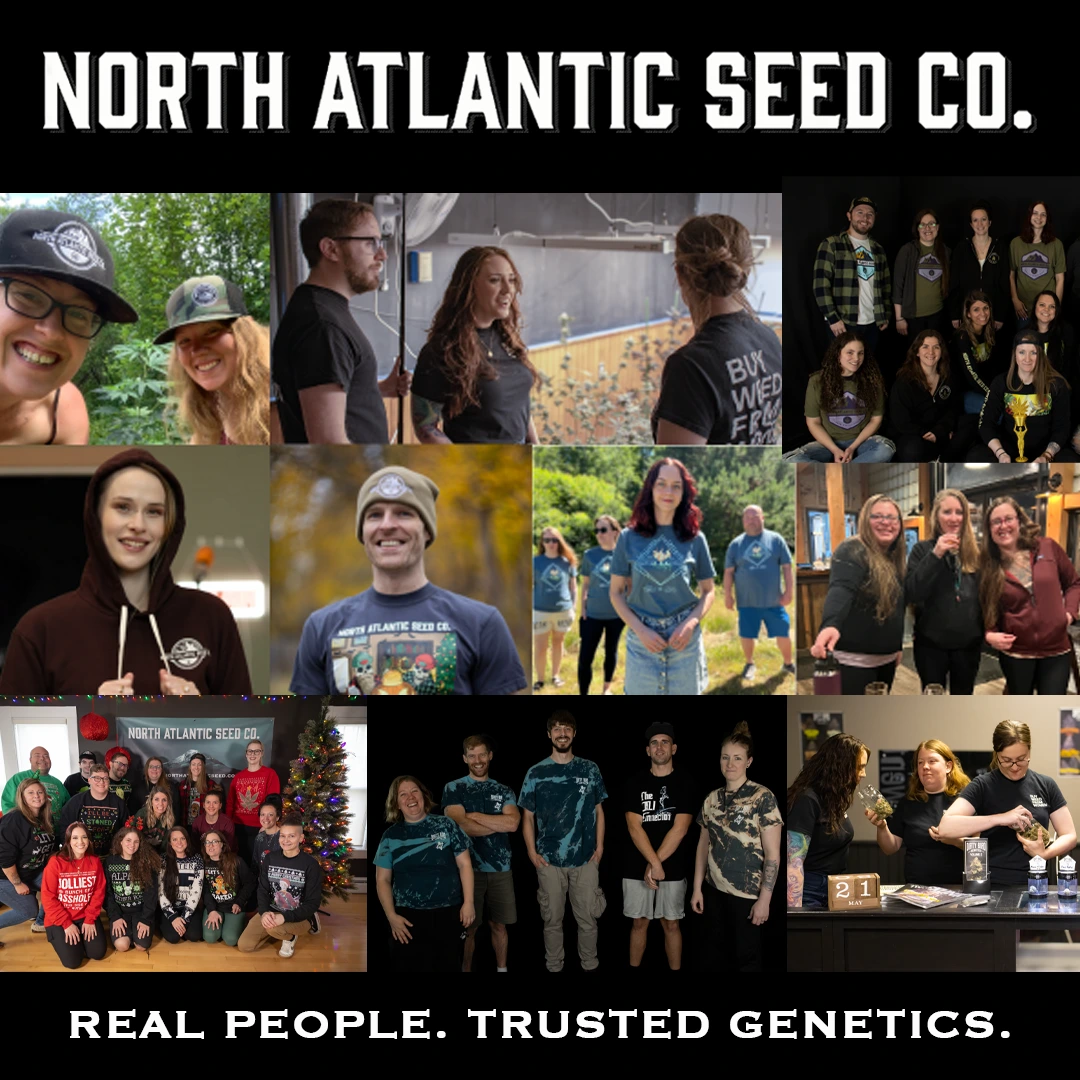

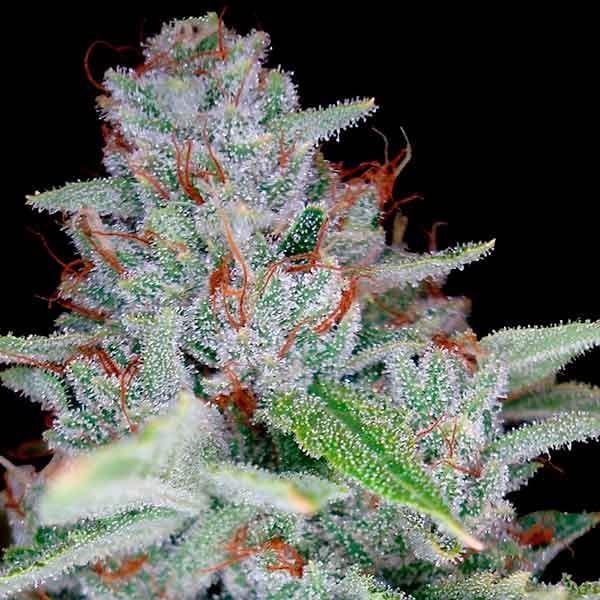
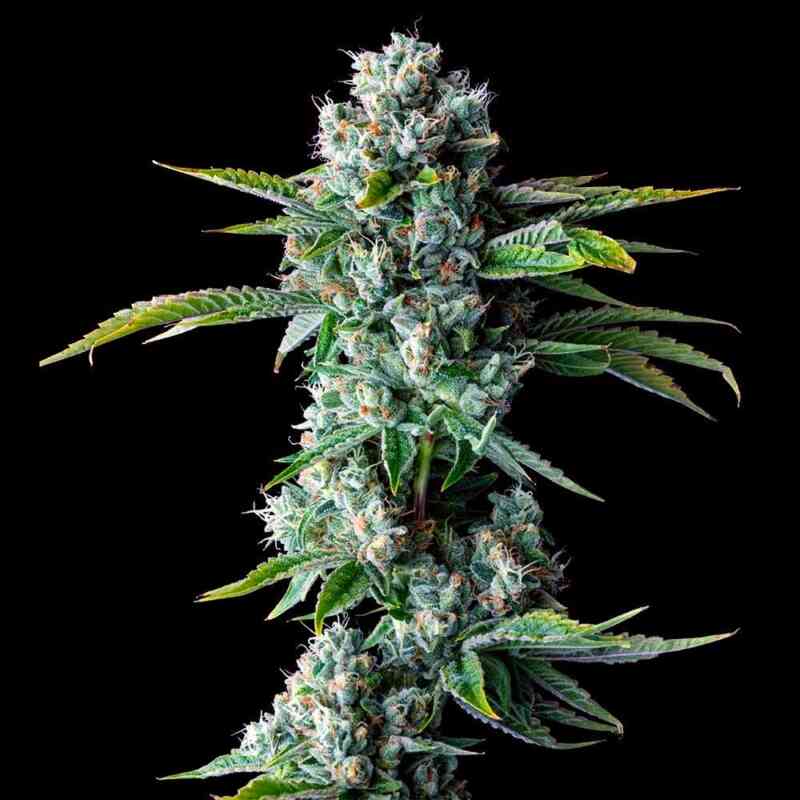

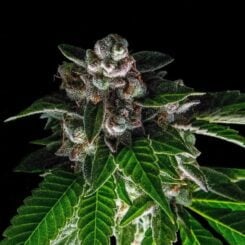
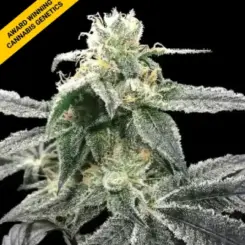
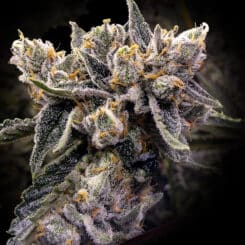
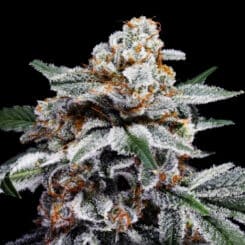
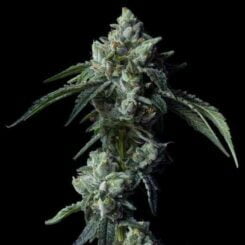
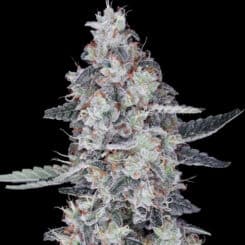
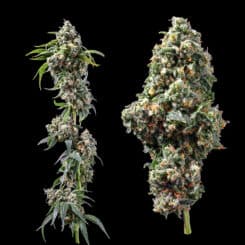
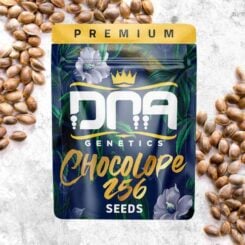
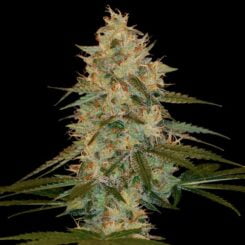
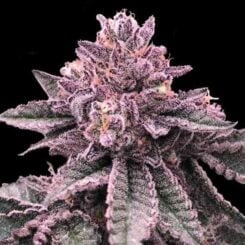
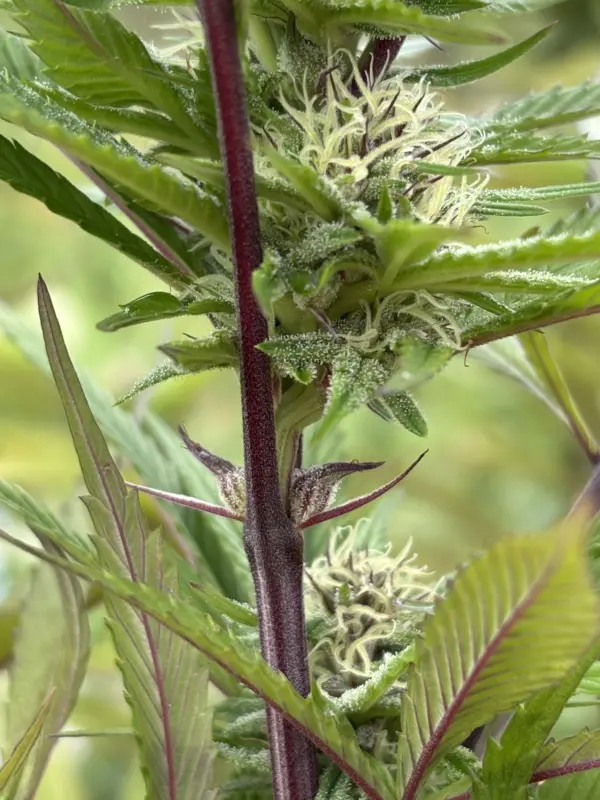

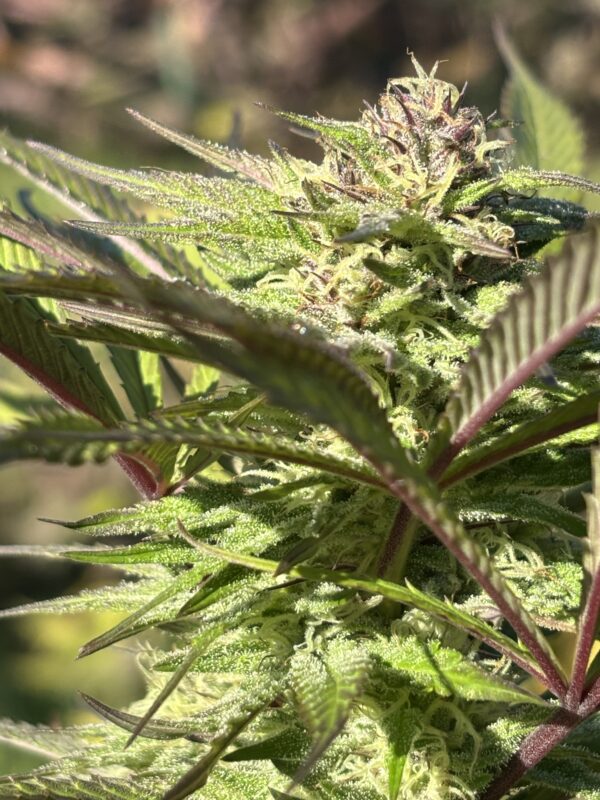
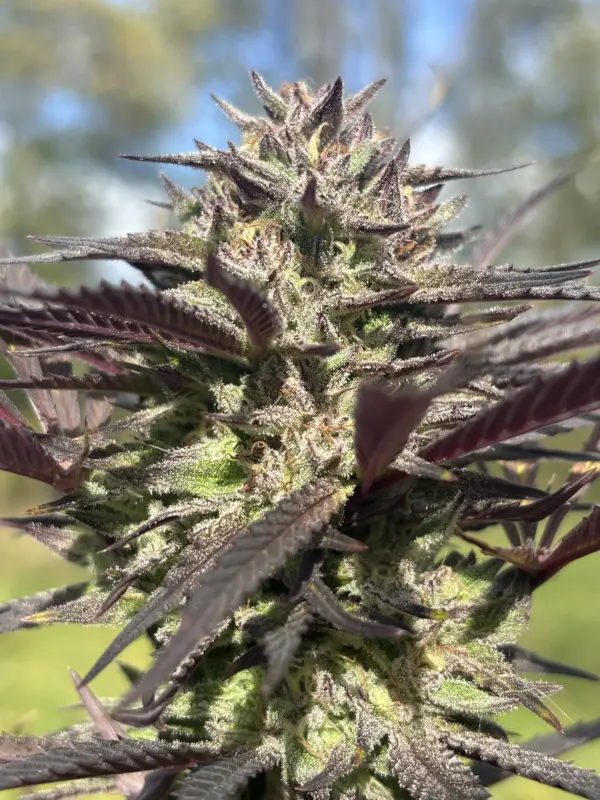
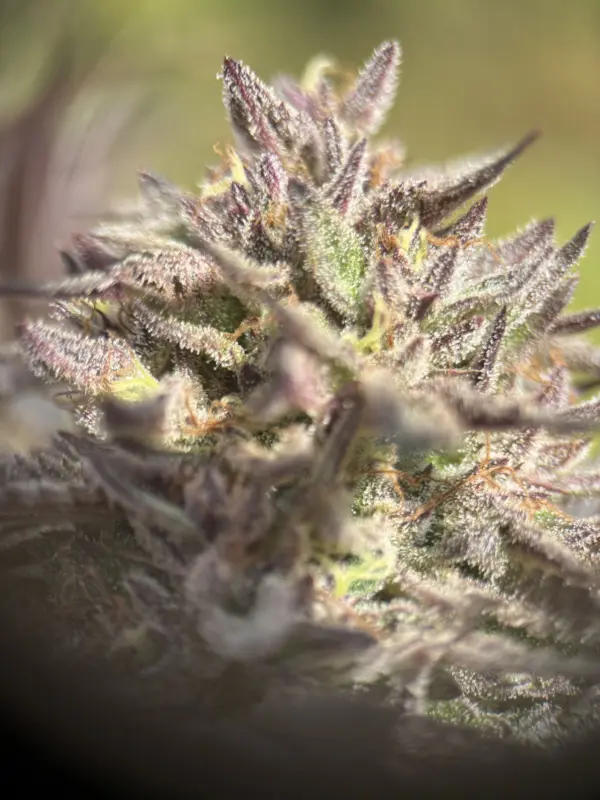
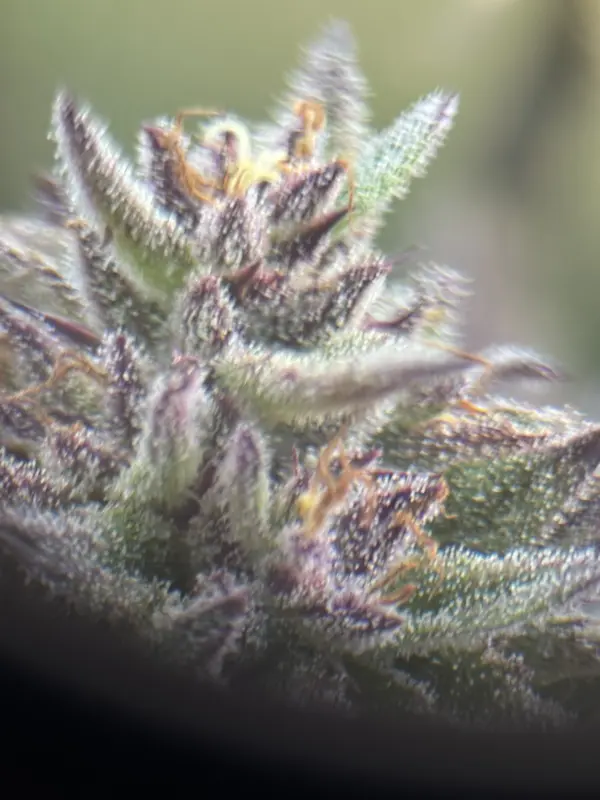
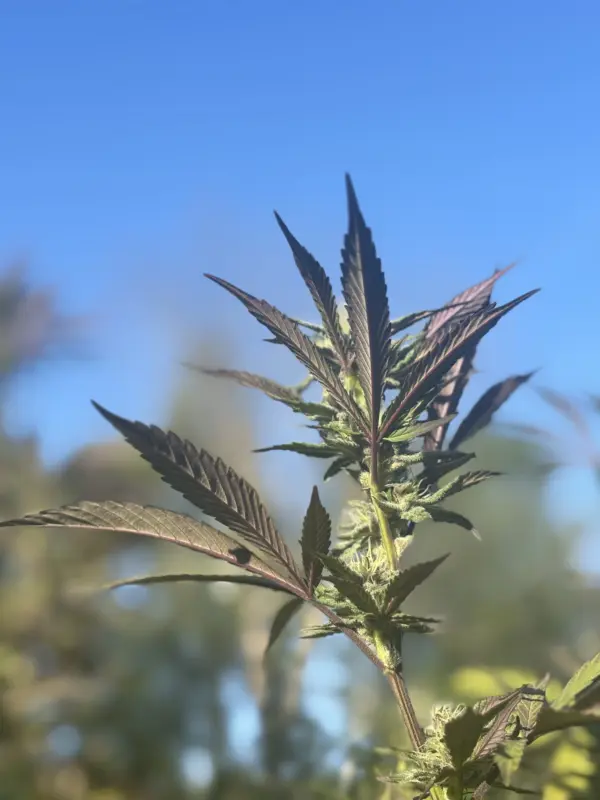
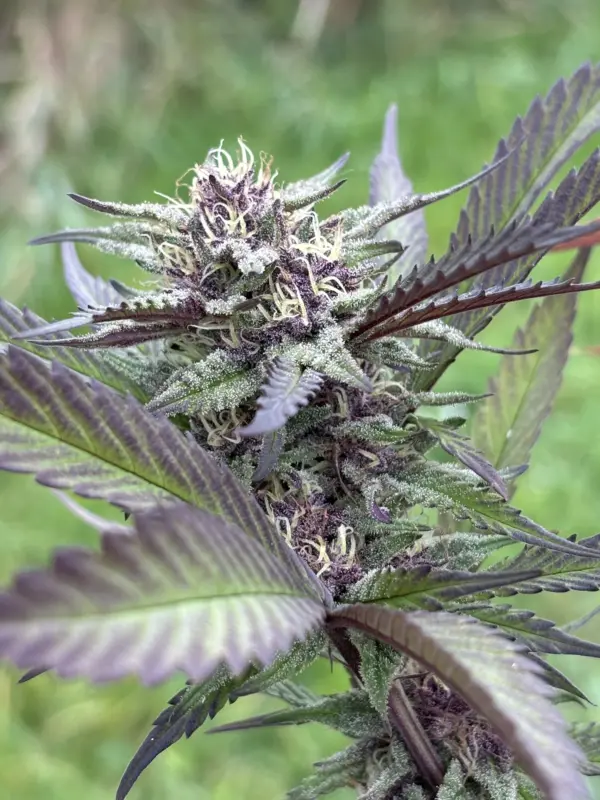
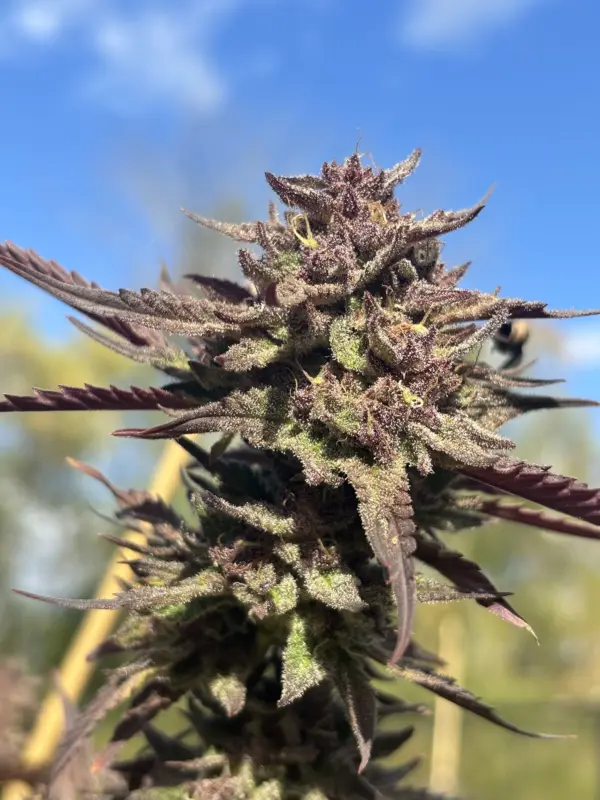
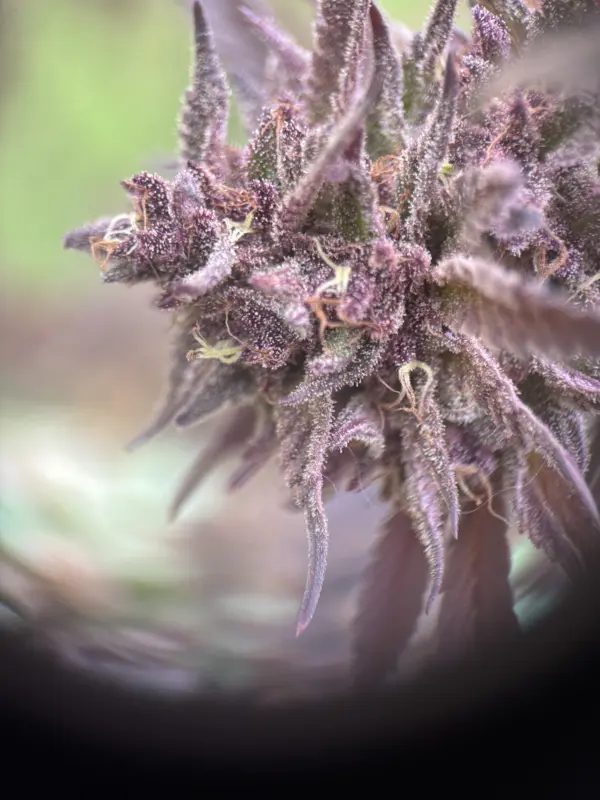
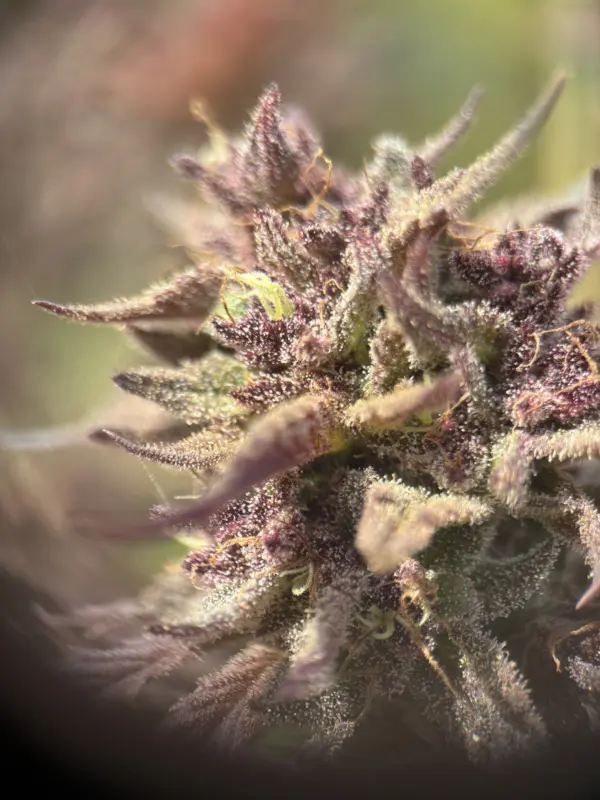
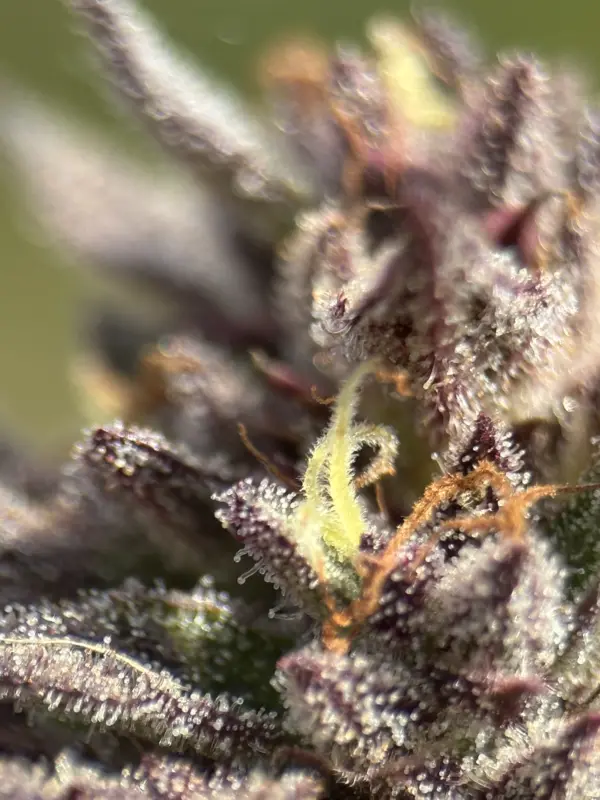
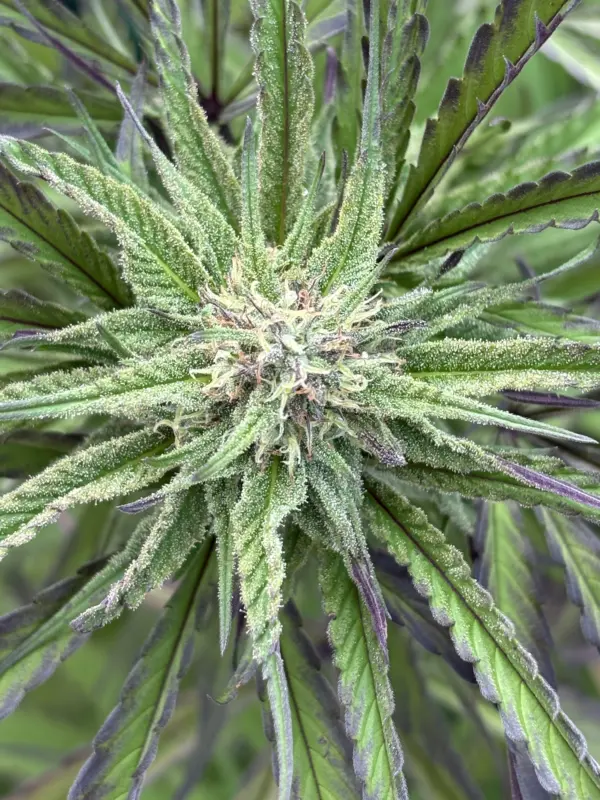
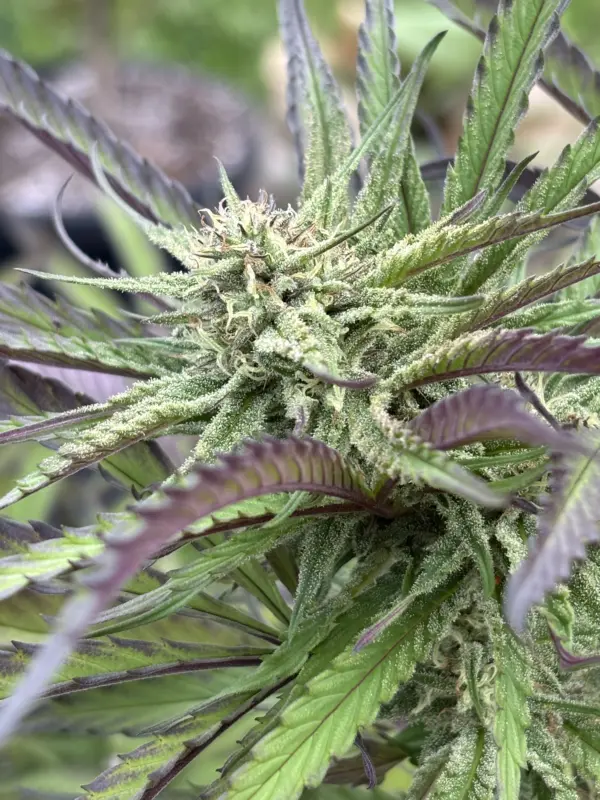

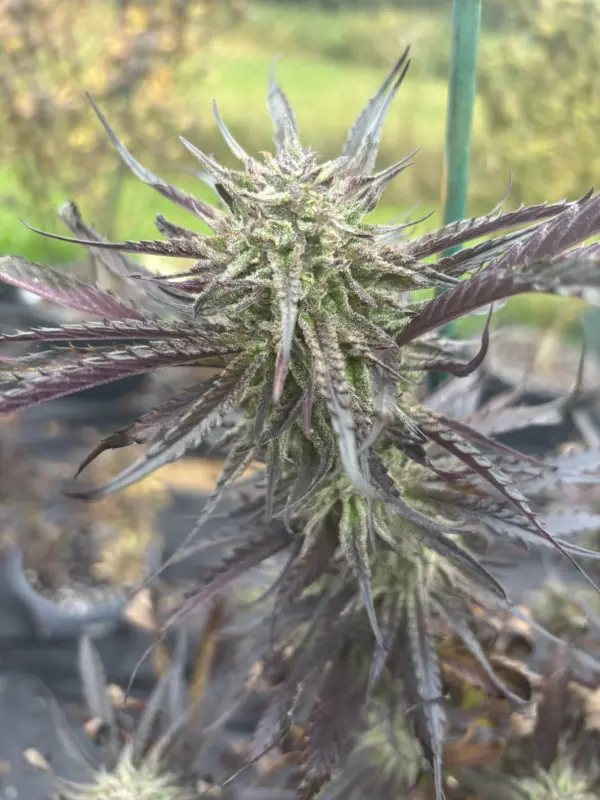
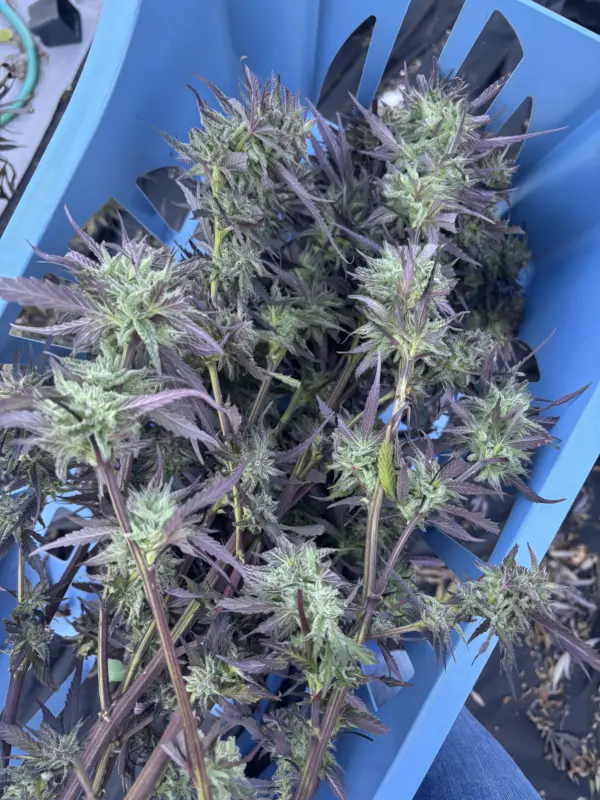
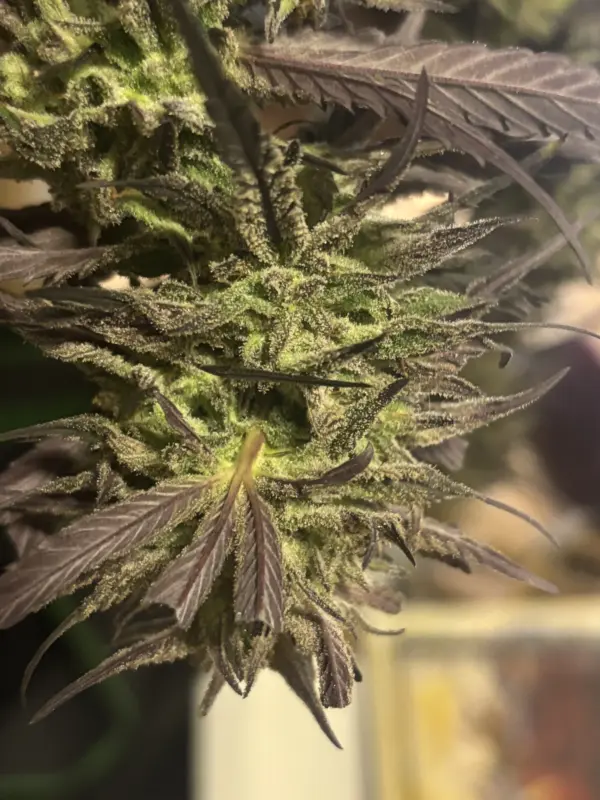
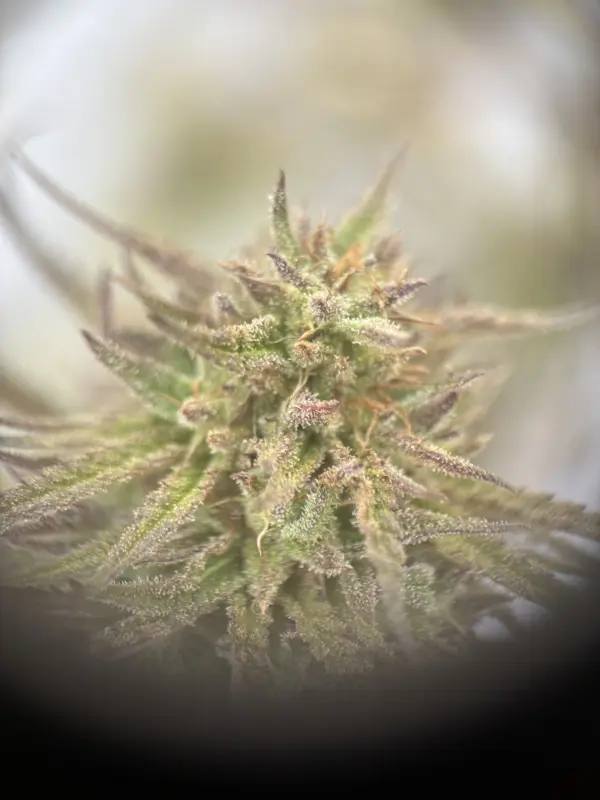

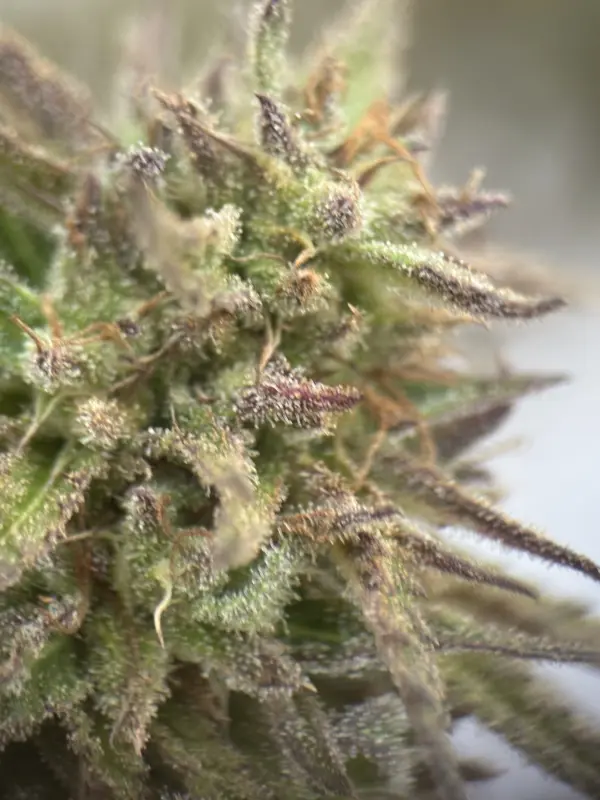
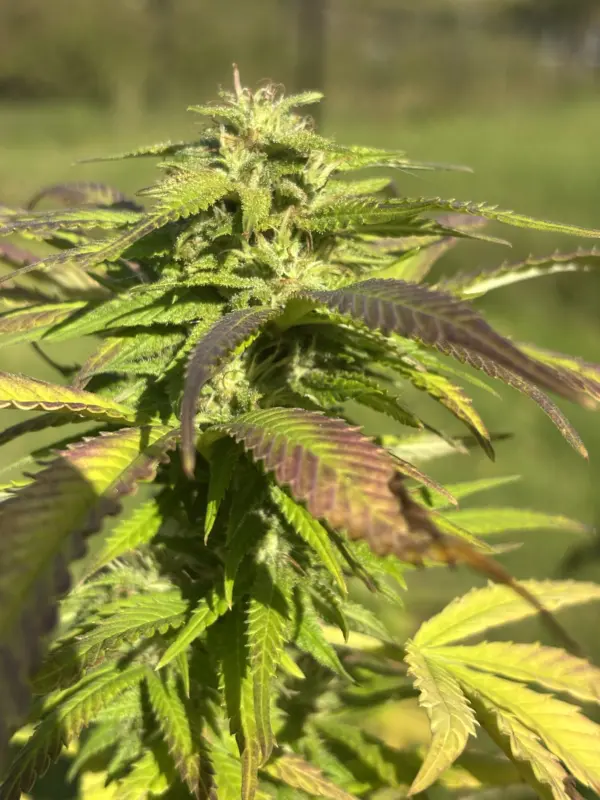
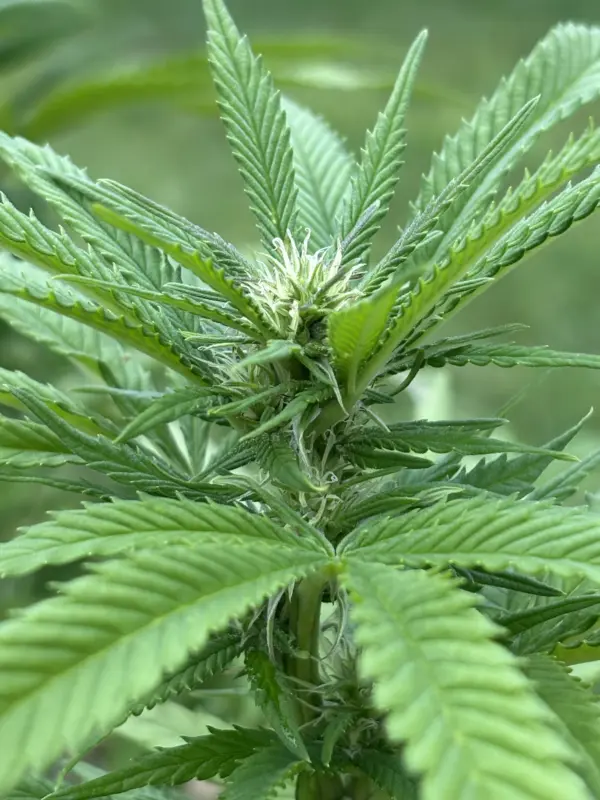
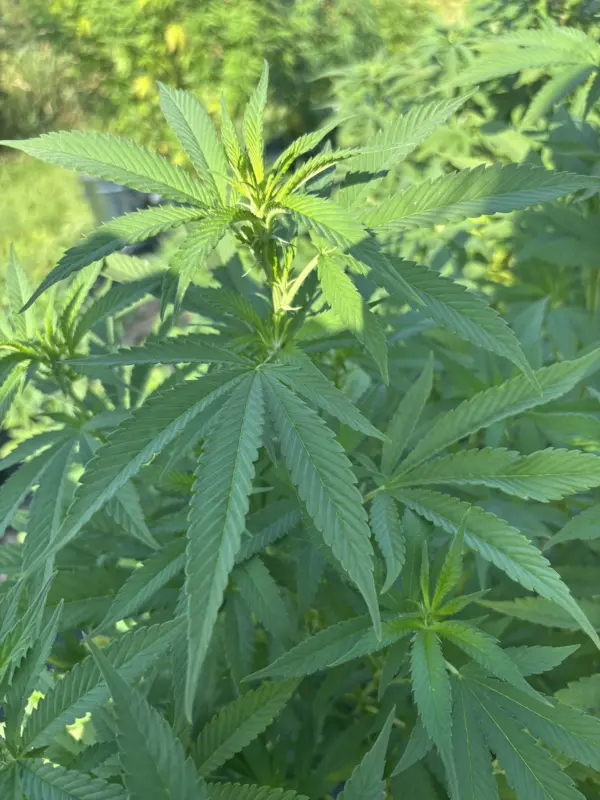
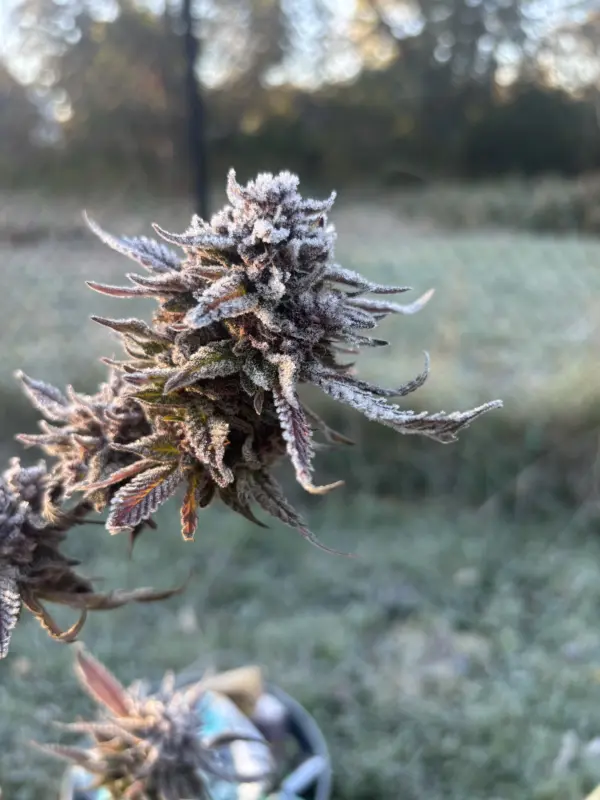
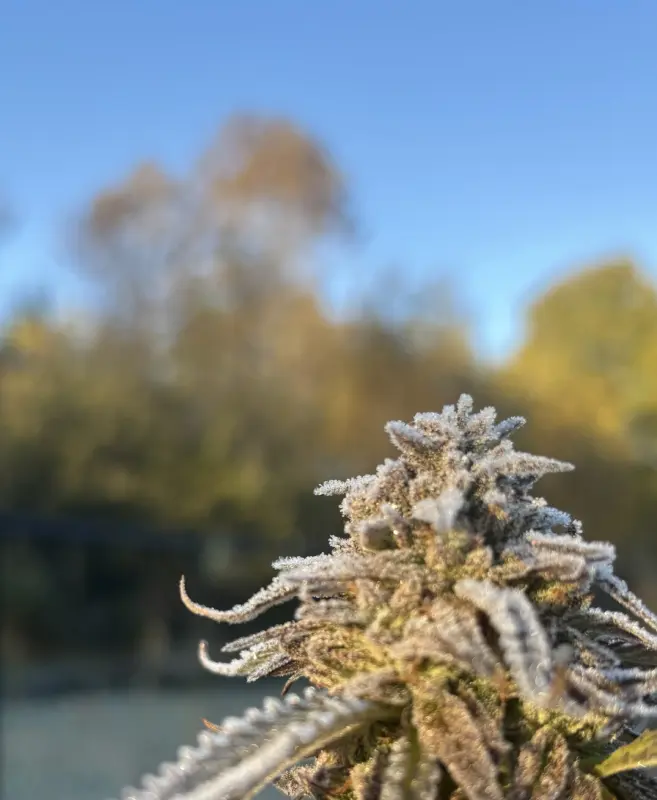
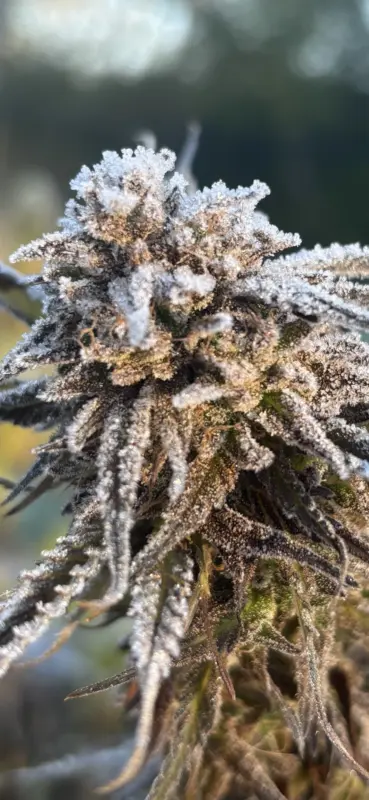

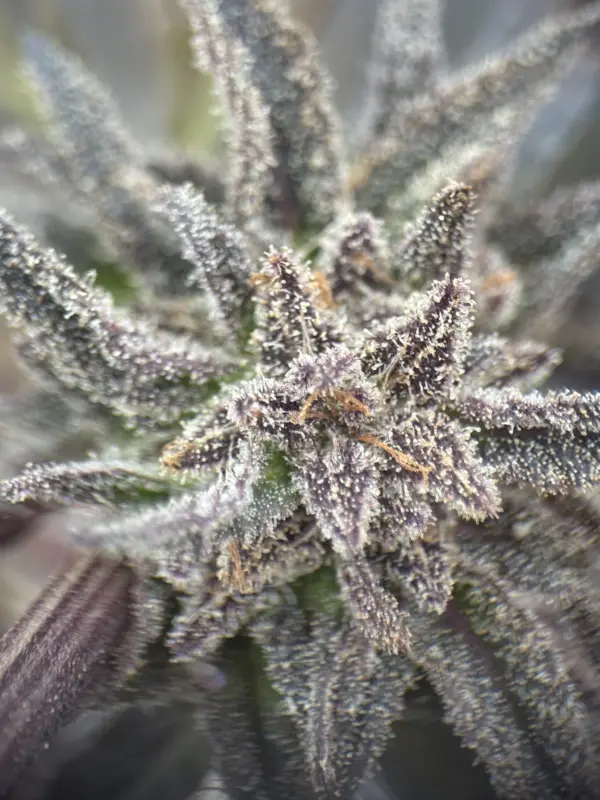
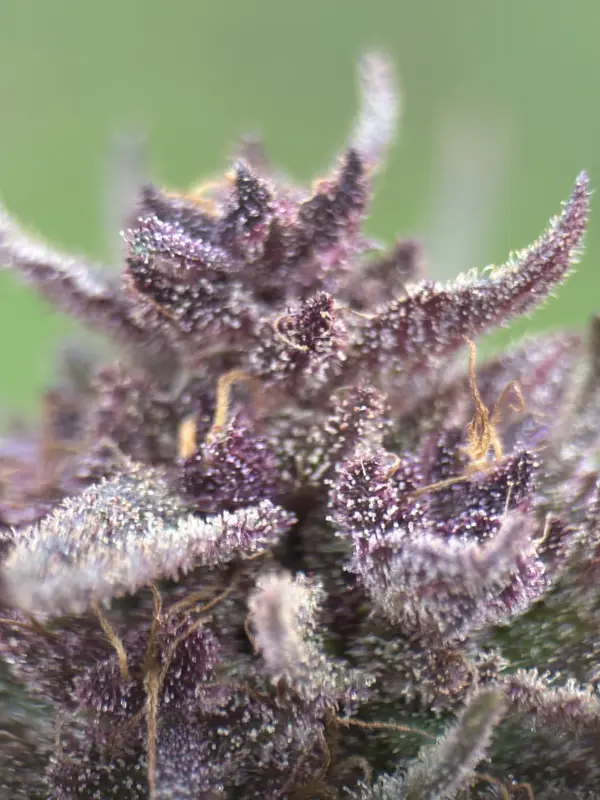
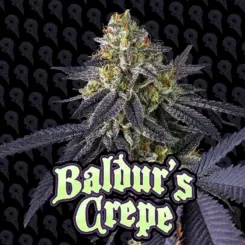

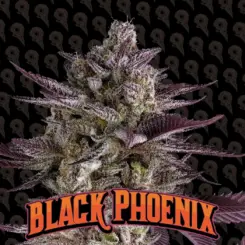
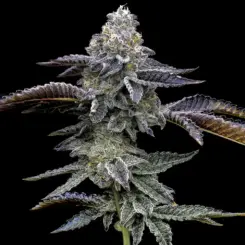


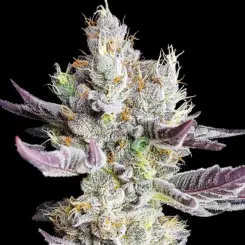
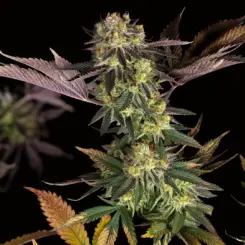
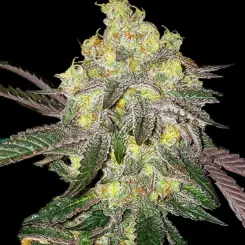
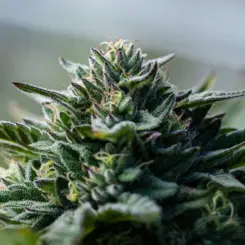
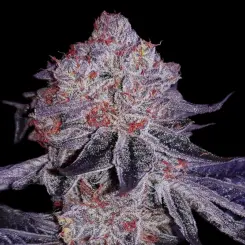
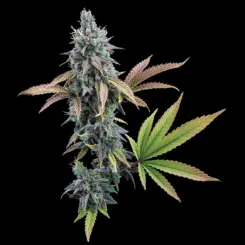

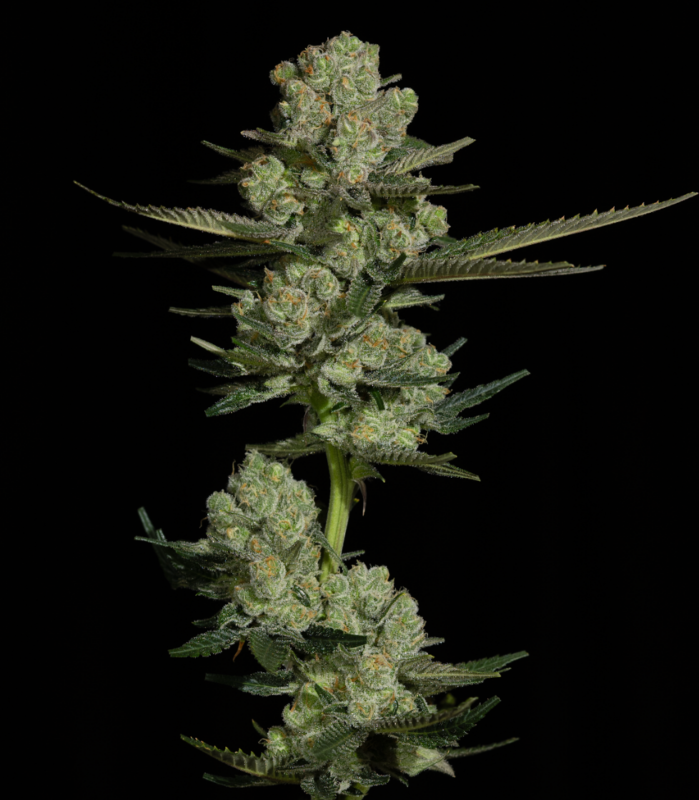
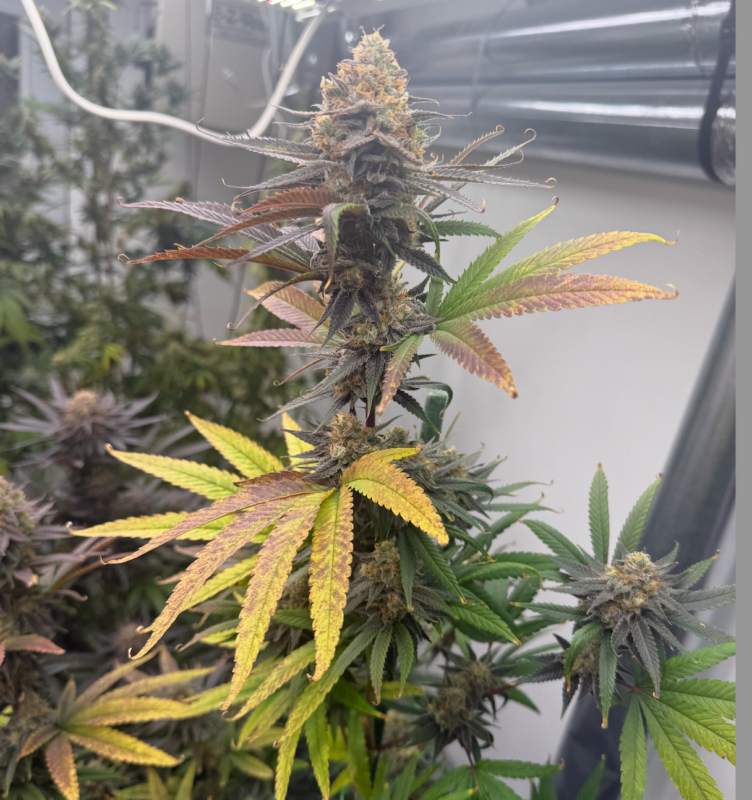
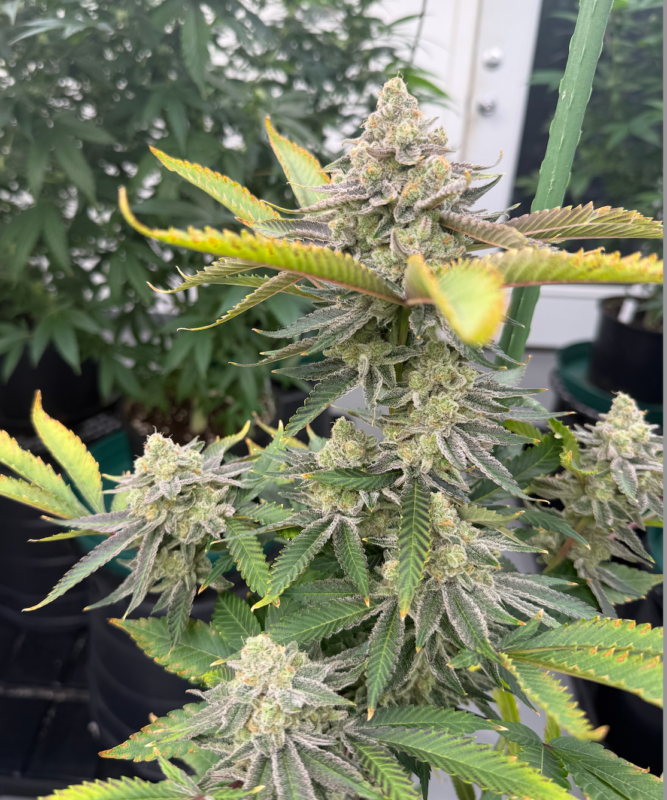
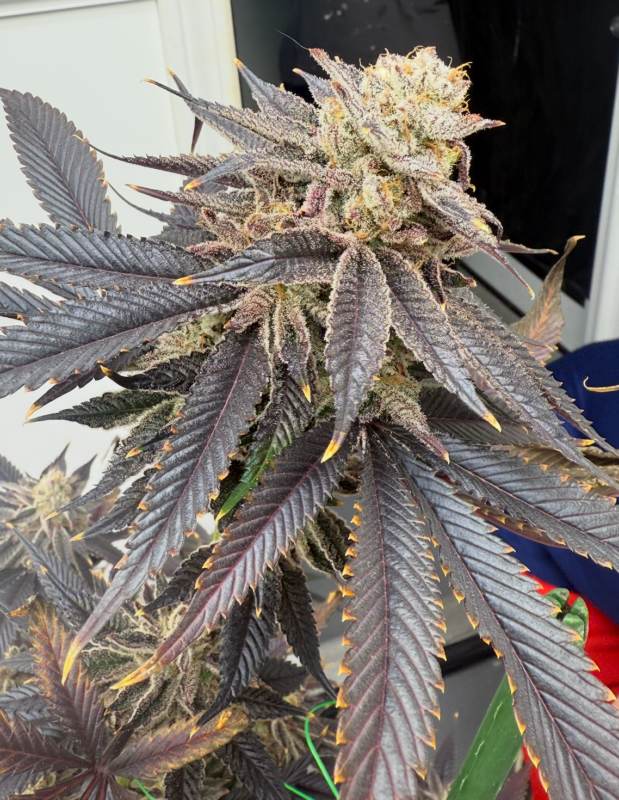
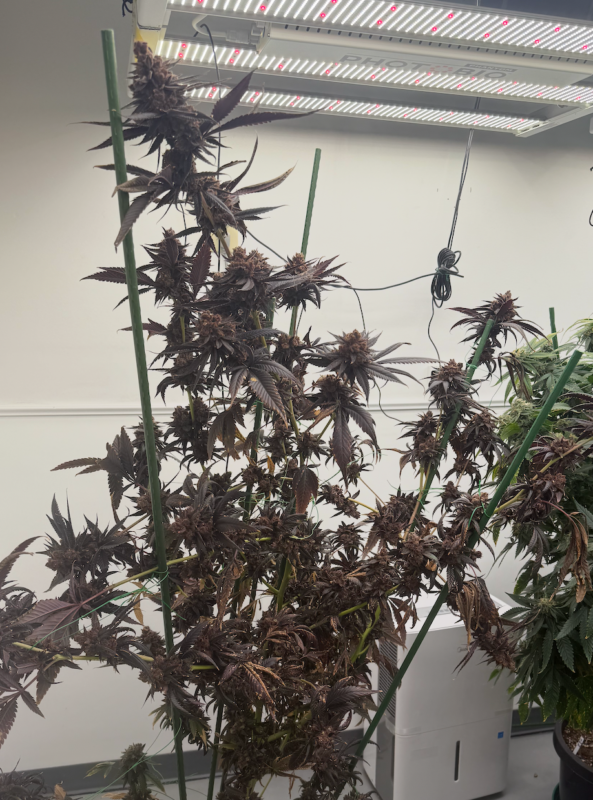
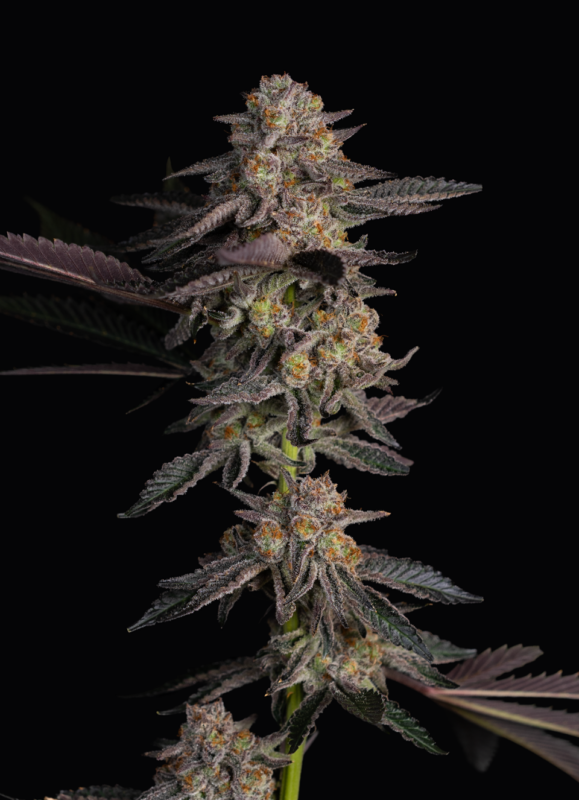

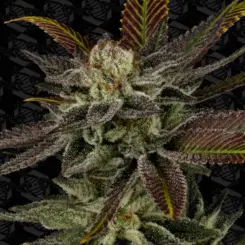
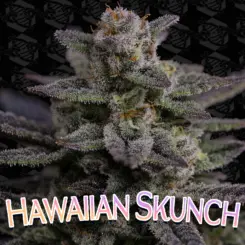
![Cold Queso (F) [TESTER]](https://www.northatlanticseed.com/wp-content/uploads/2025/03/cold-queso-no-text-copy-245x245.webp)
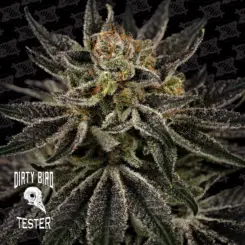
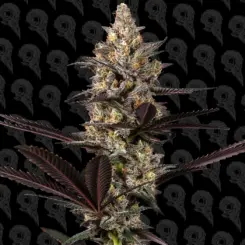
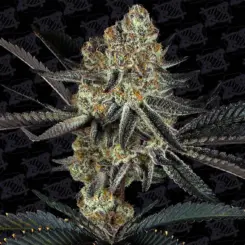
![Dirty Bird Genetics Maui Wowie [squared]](https://www.northatlanticseed.com/wp-content/uploads/2024/08/Maui-Wowie-Squared-2-245x245.jpg)
